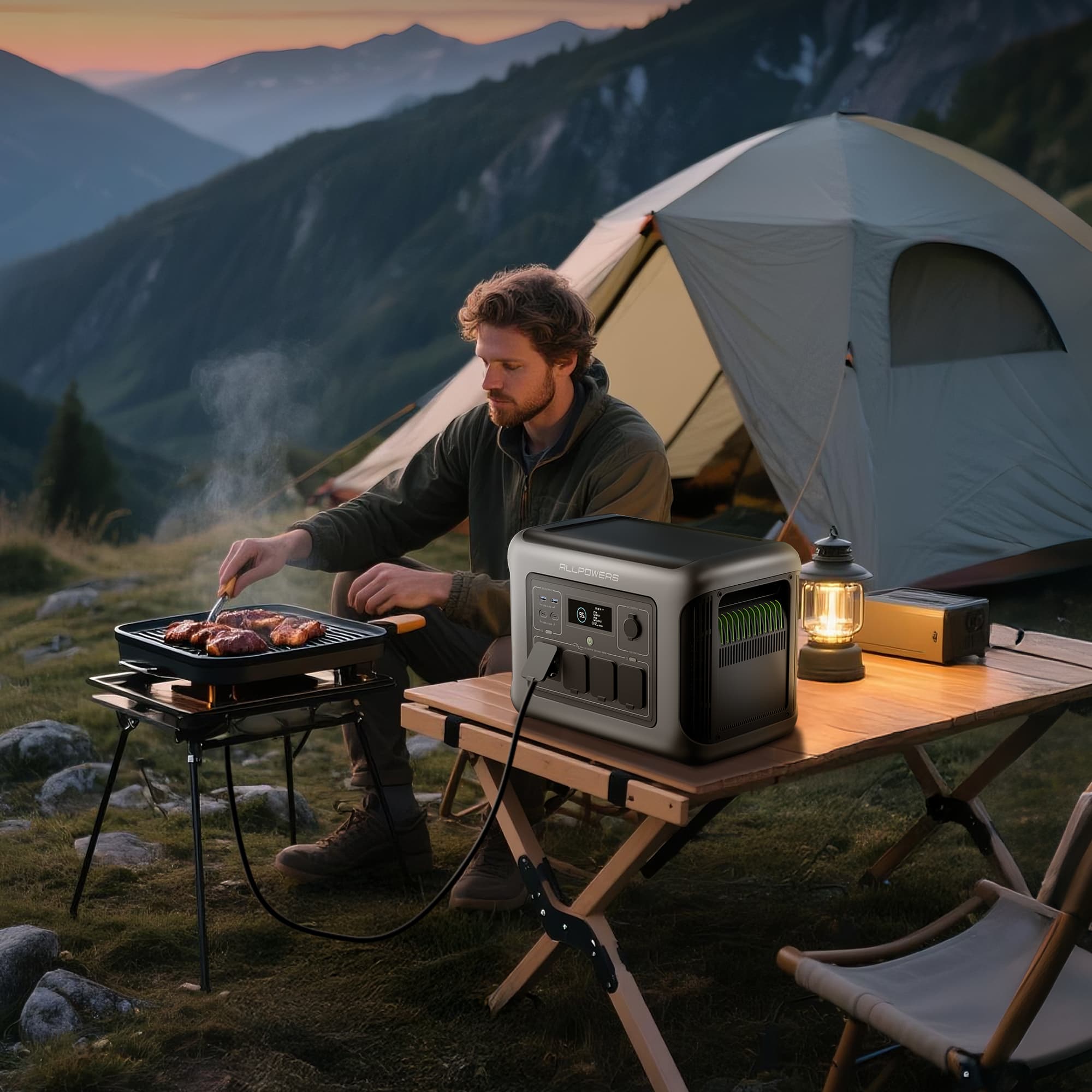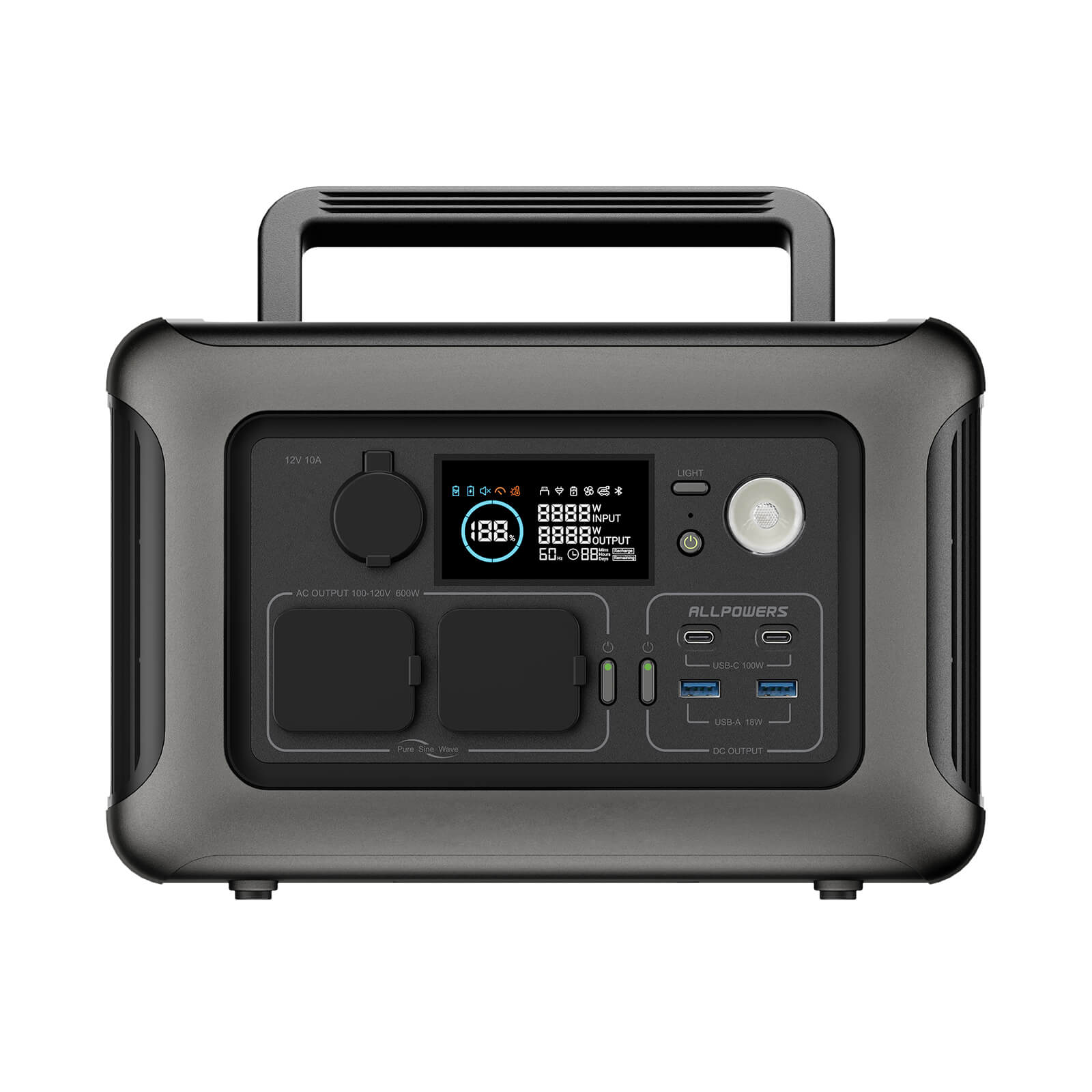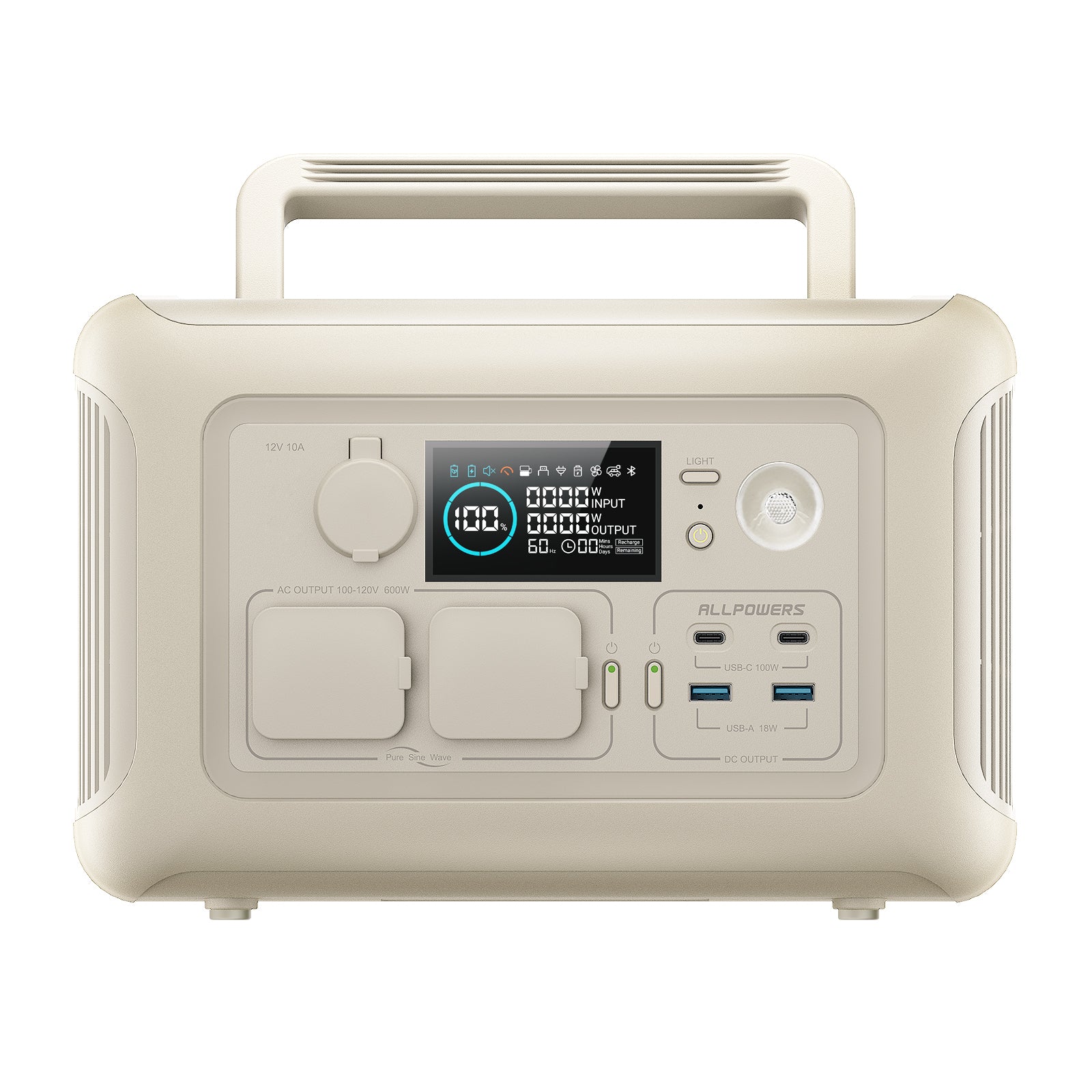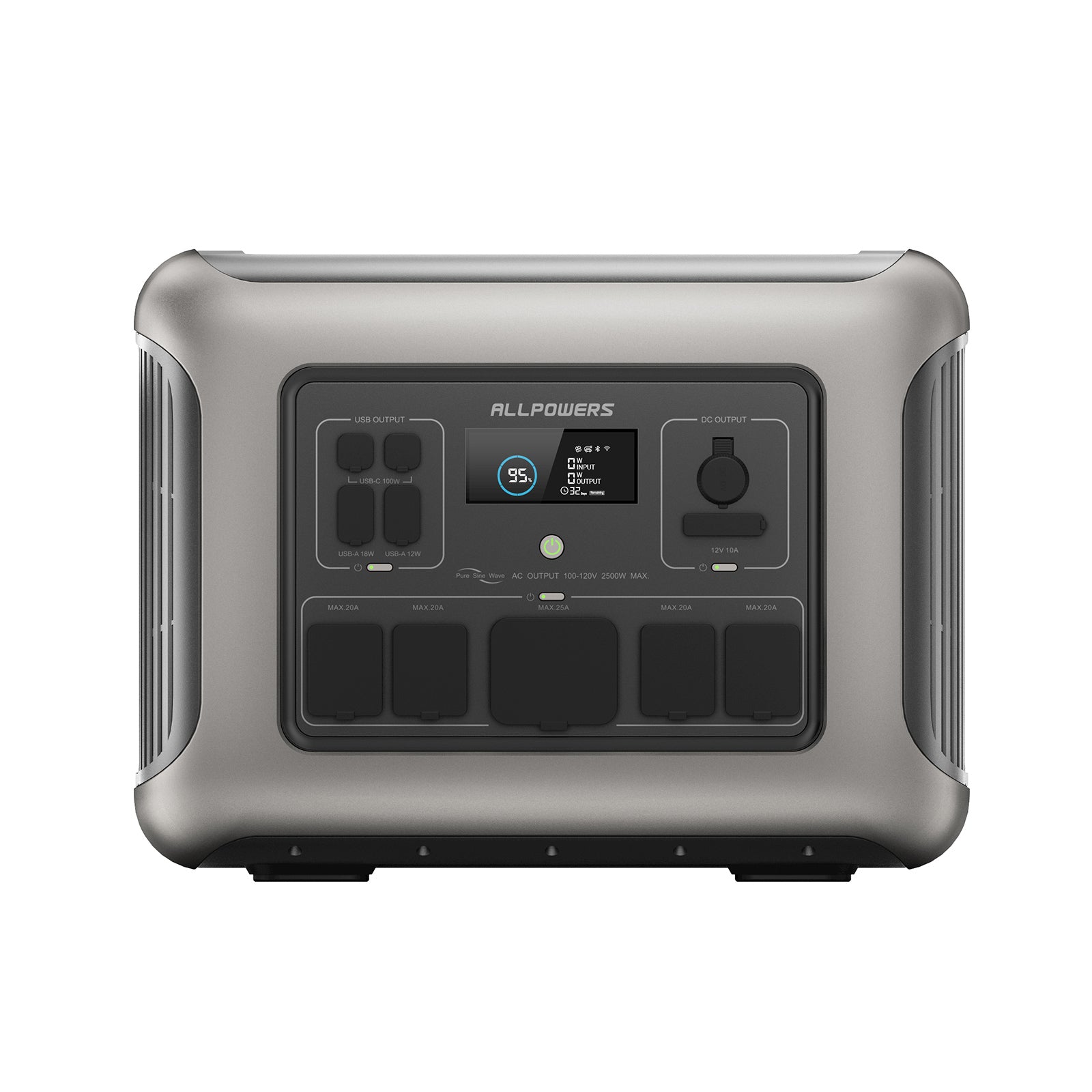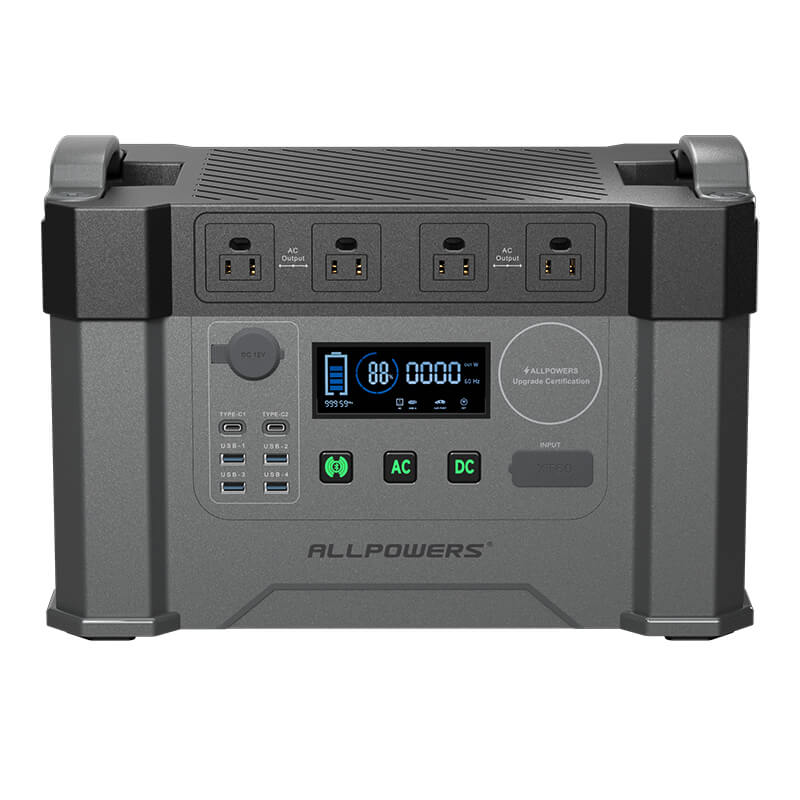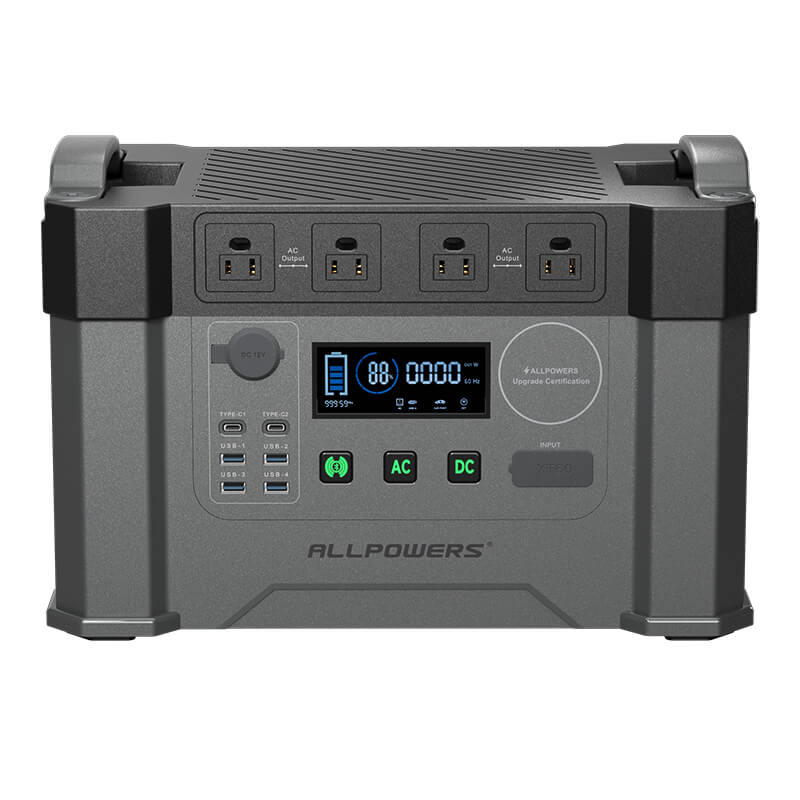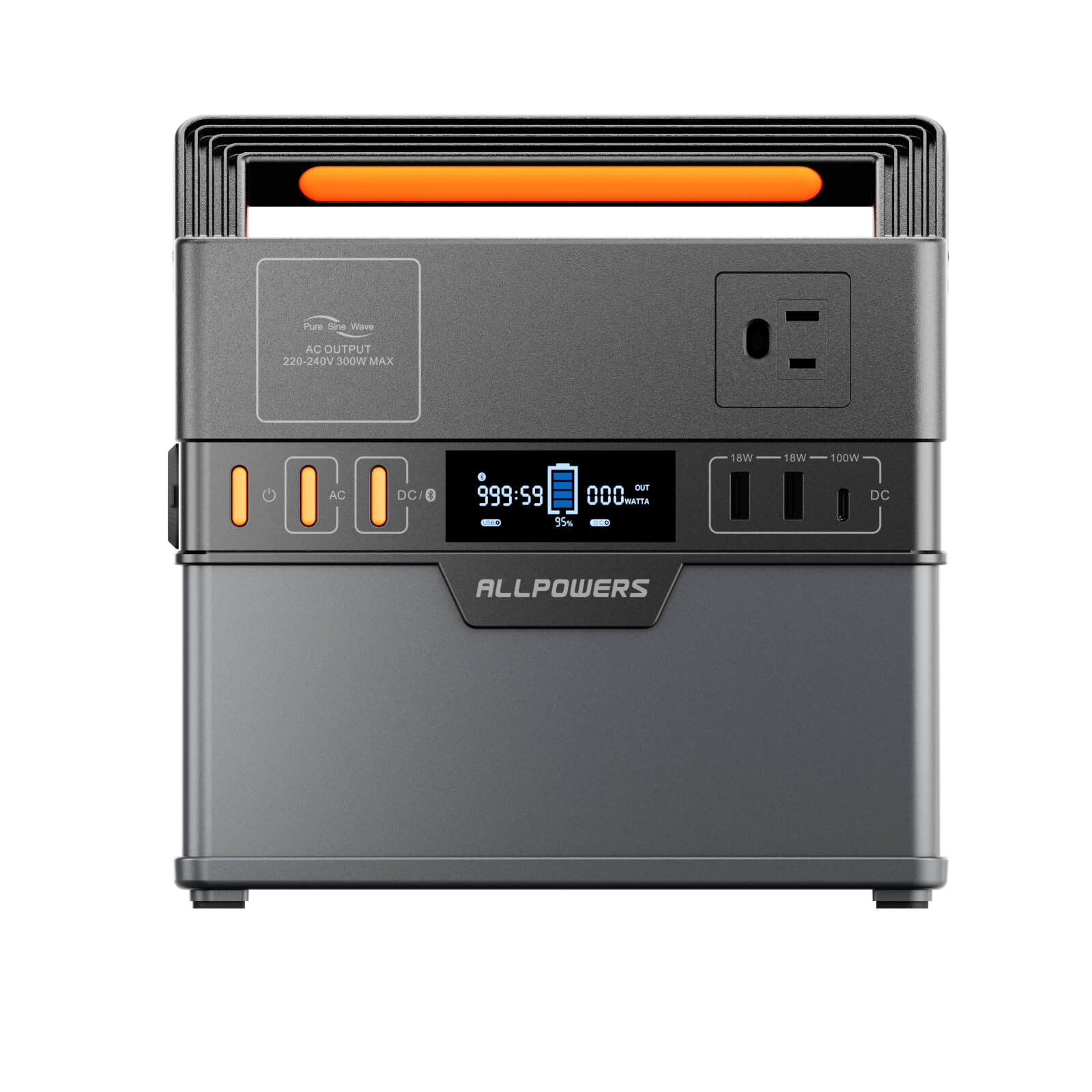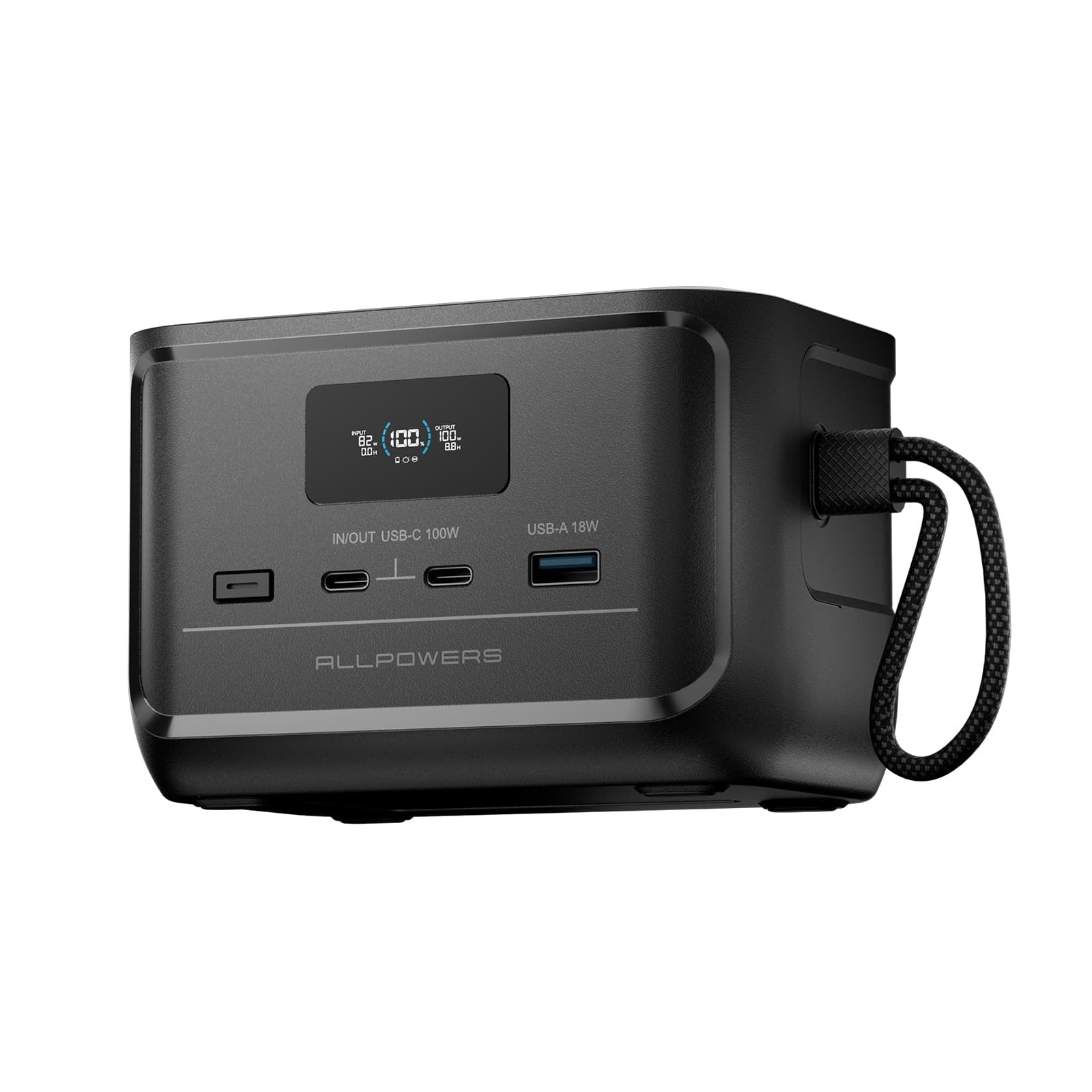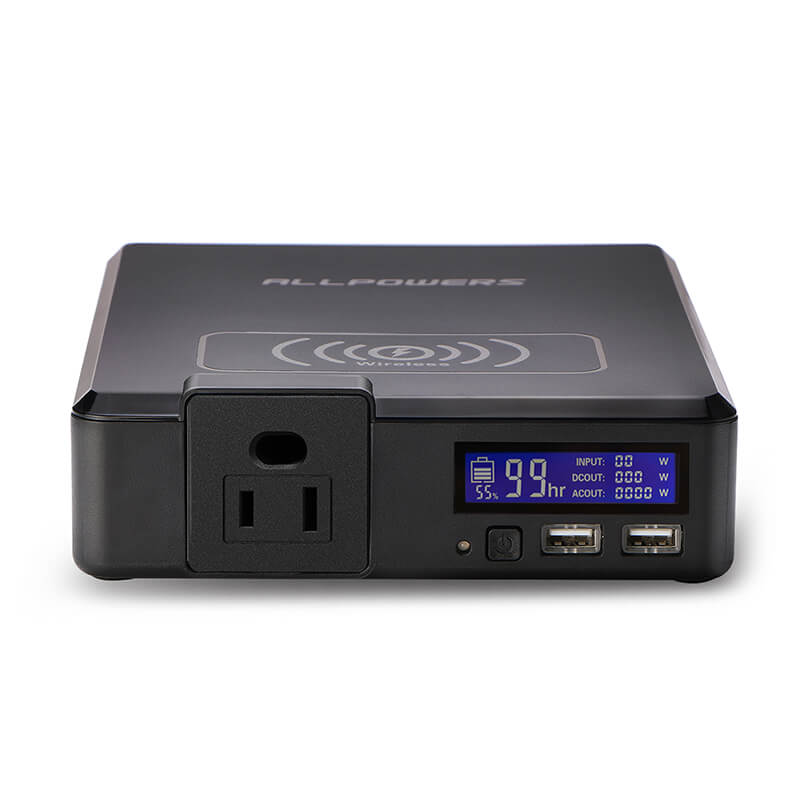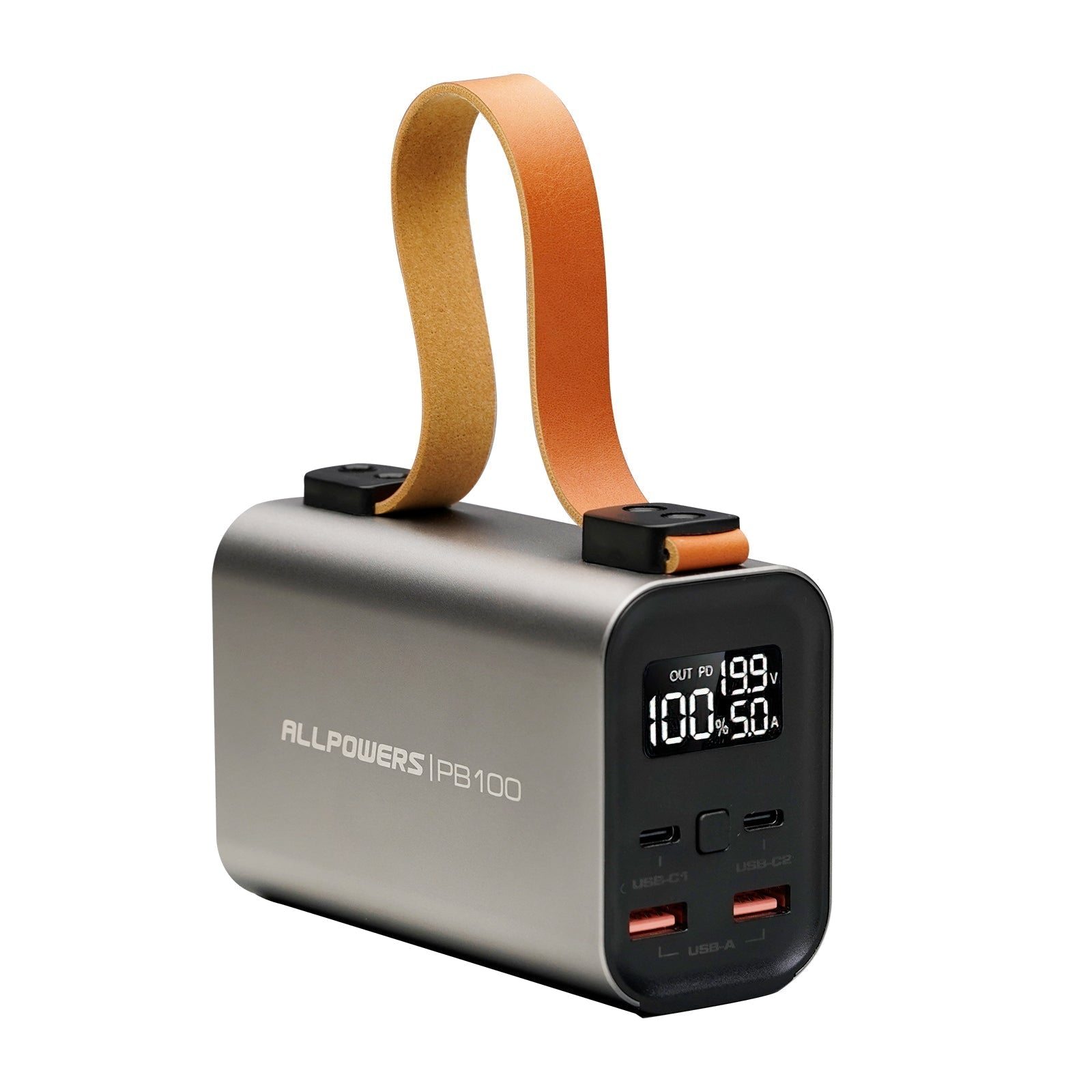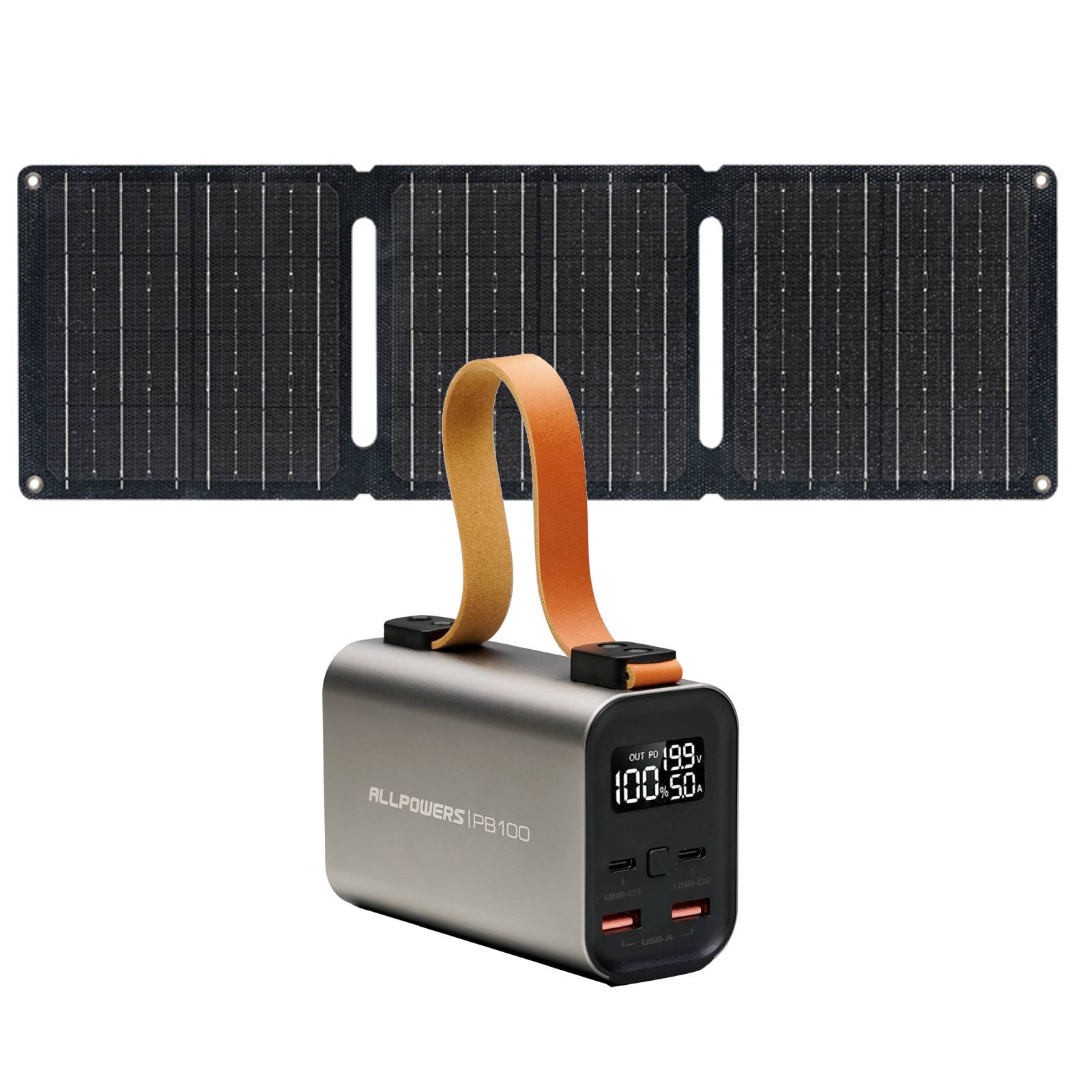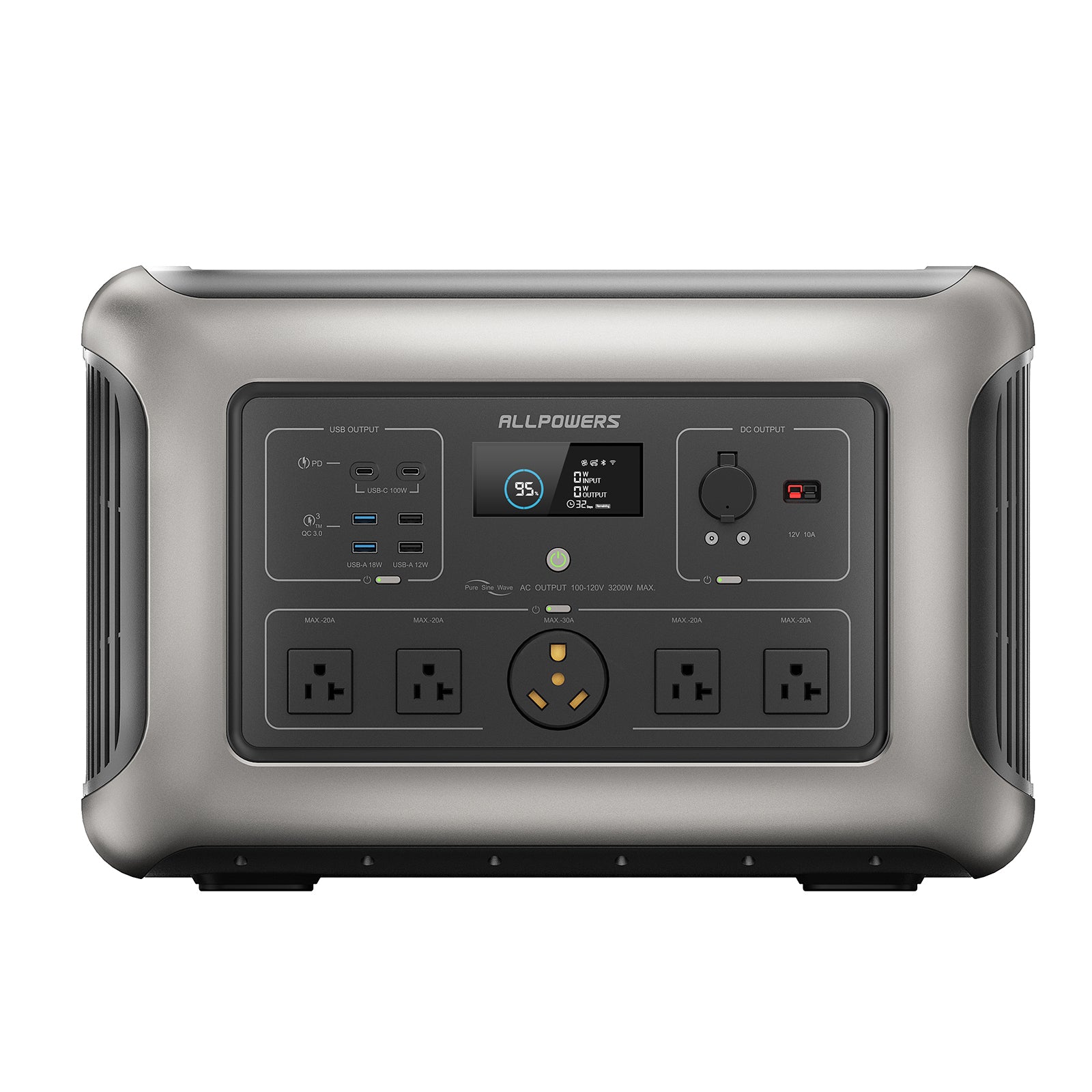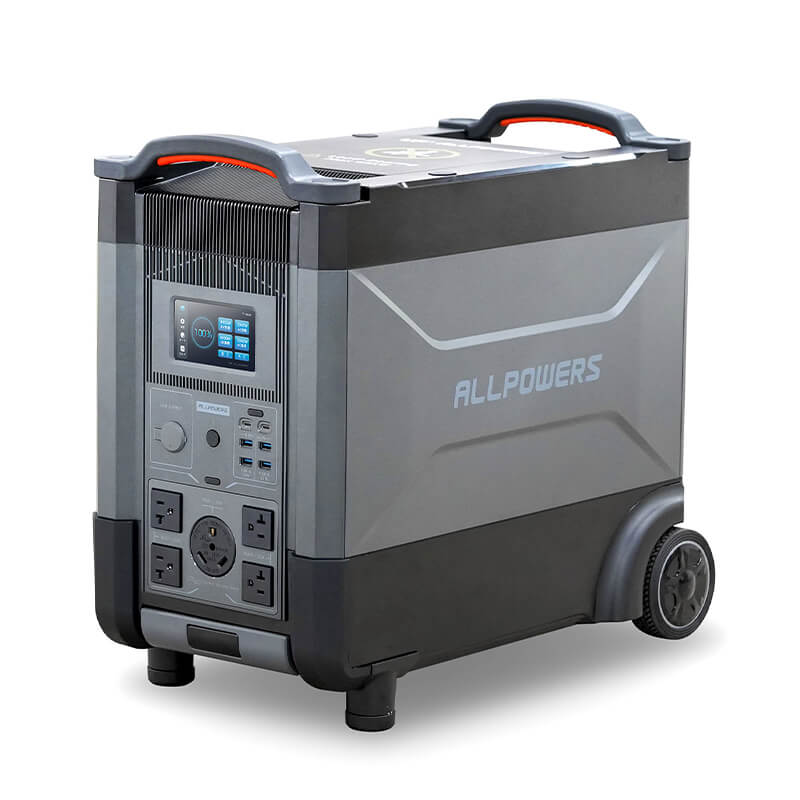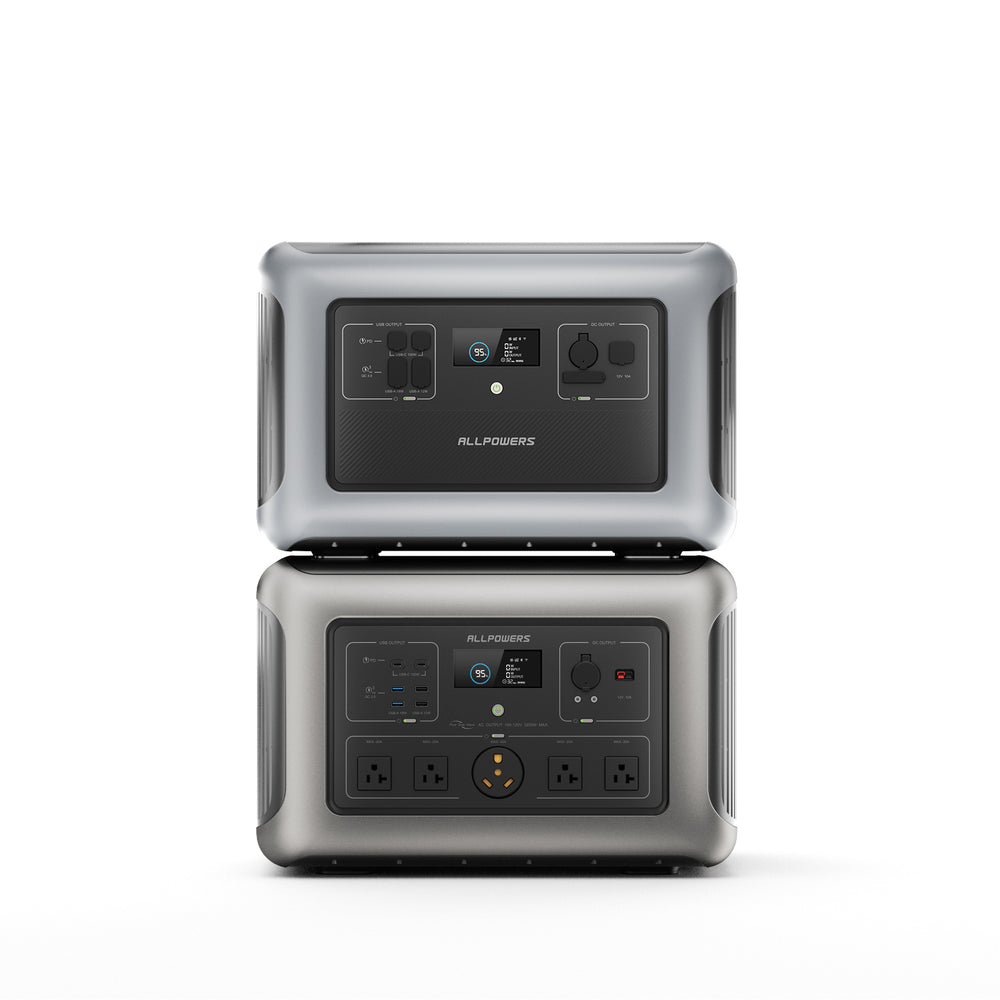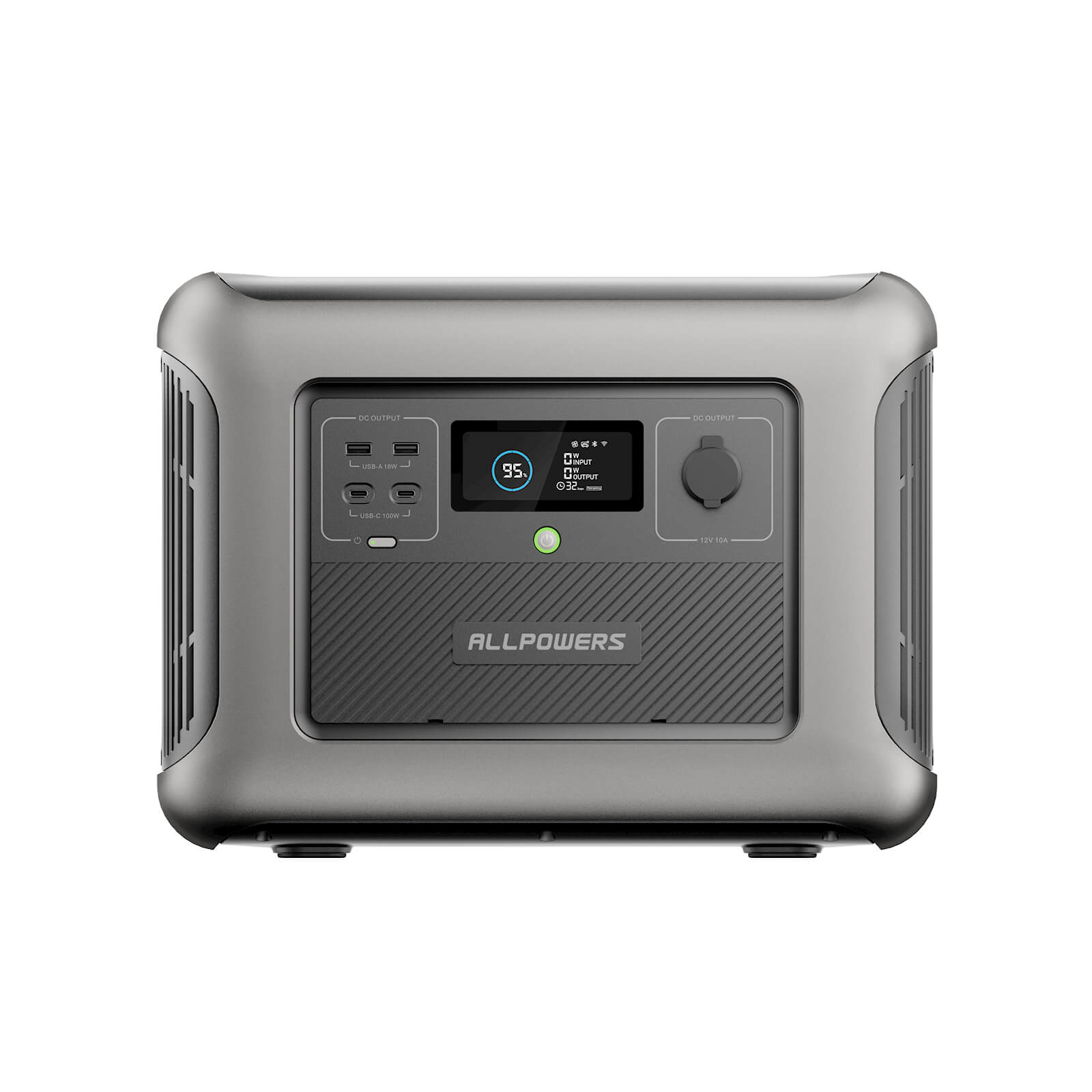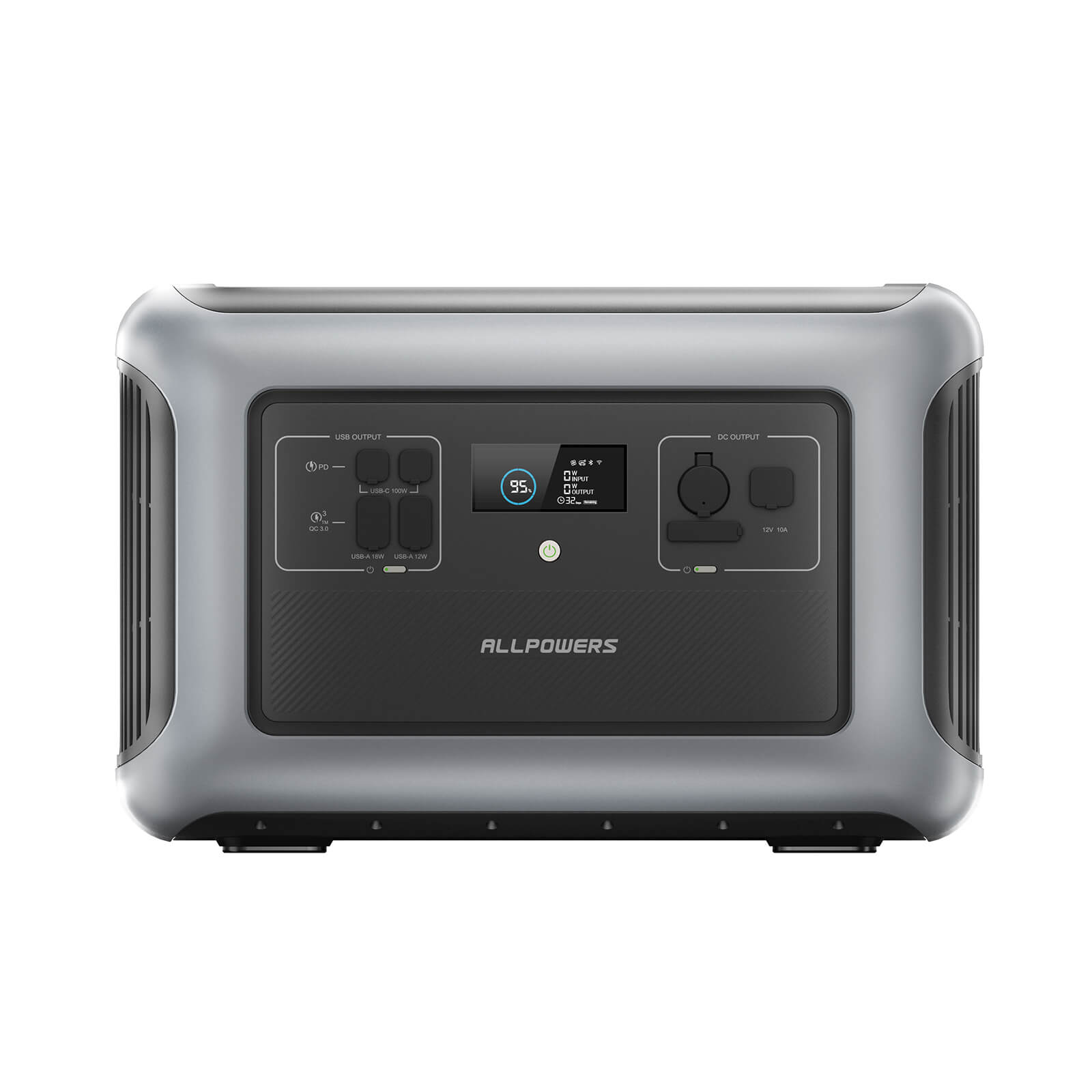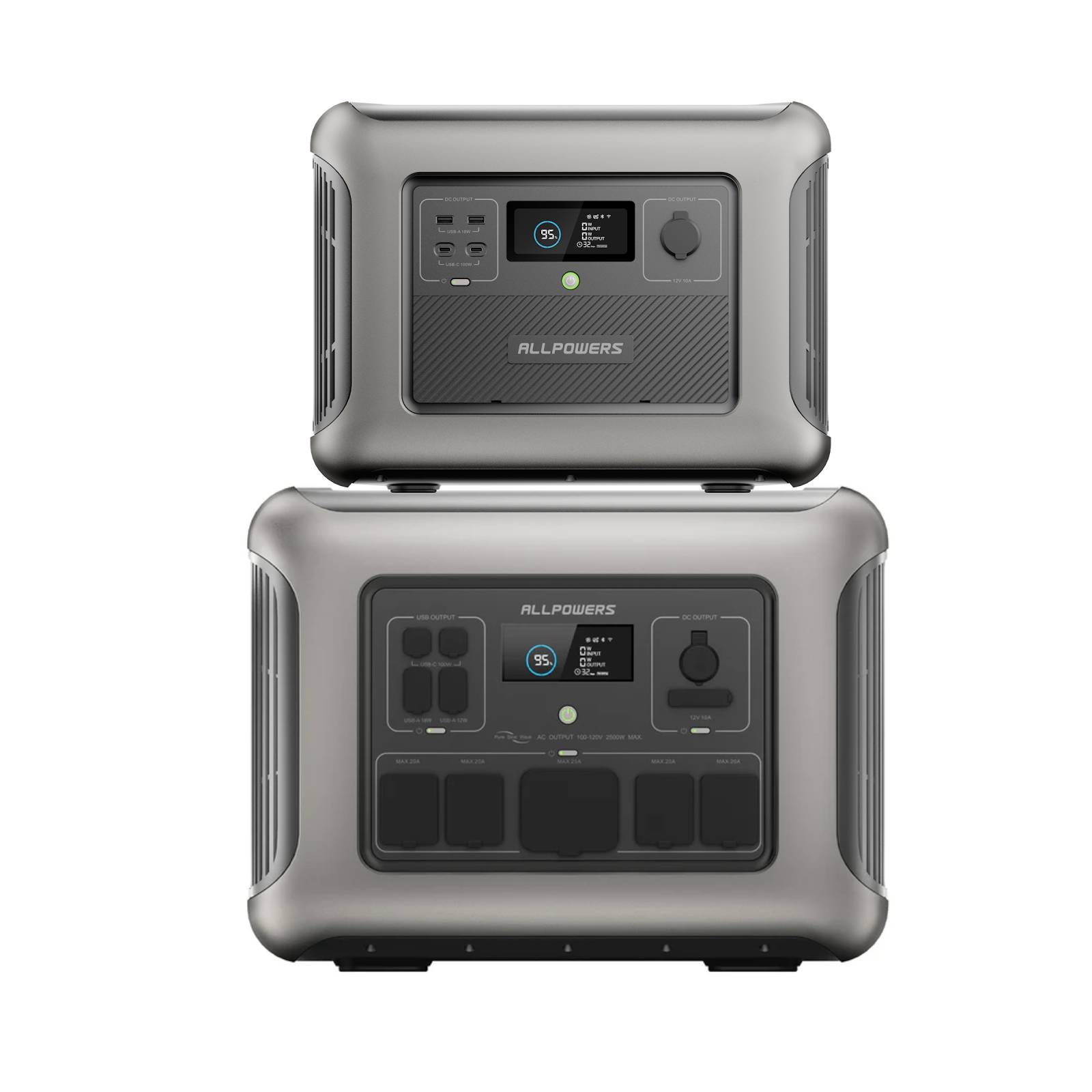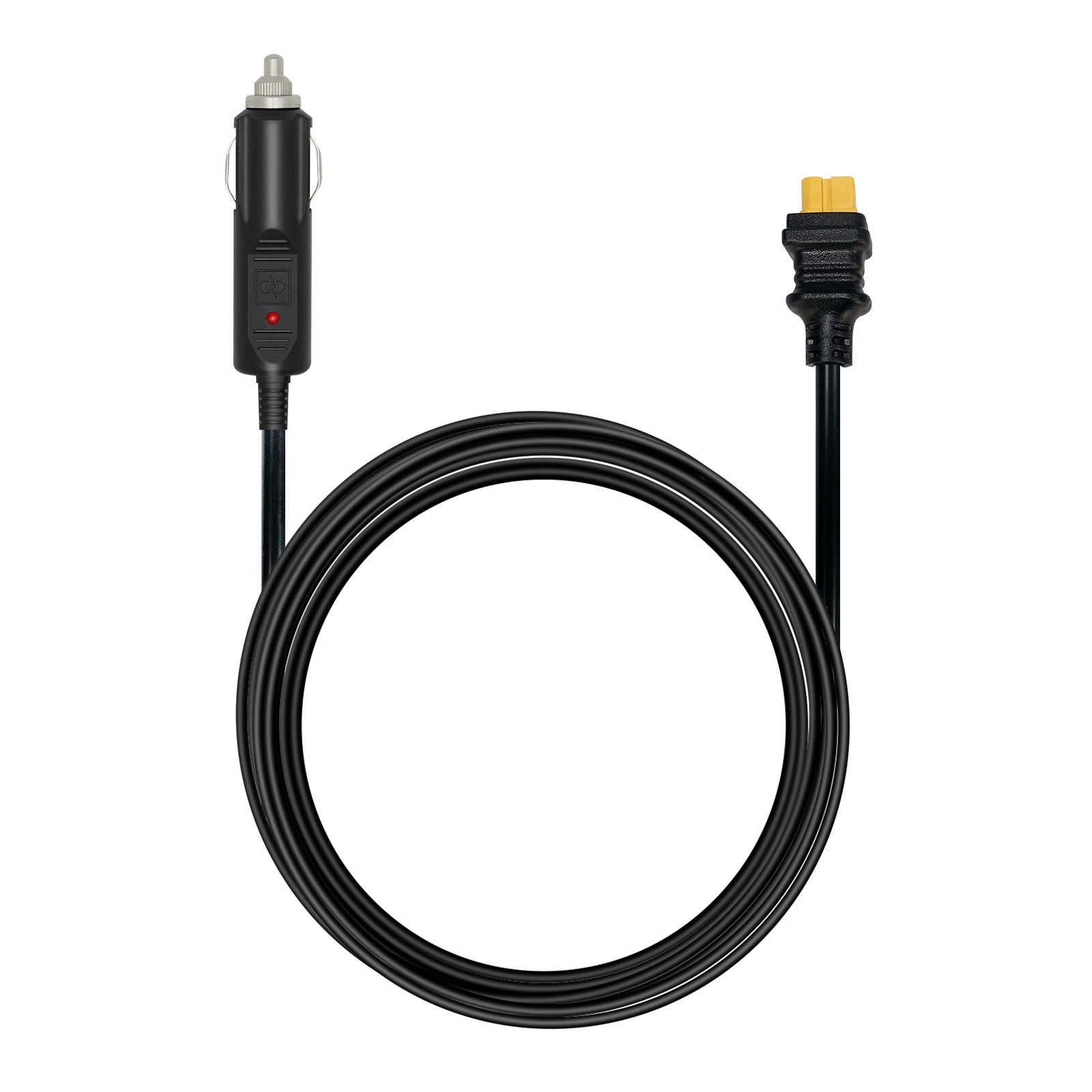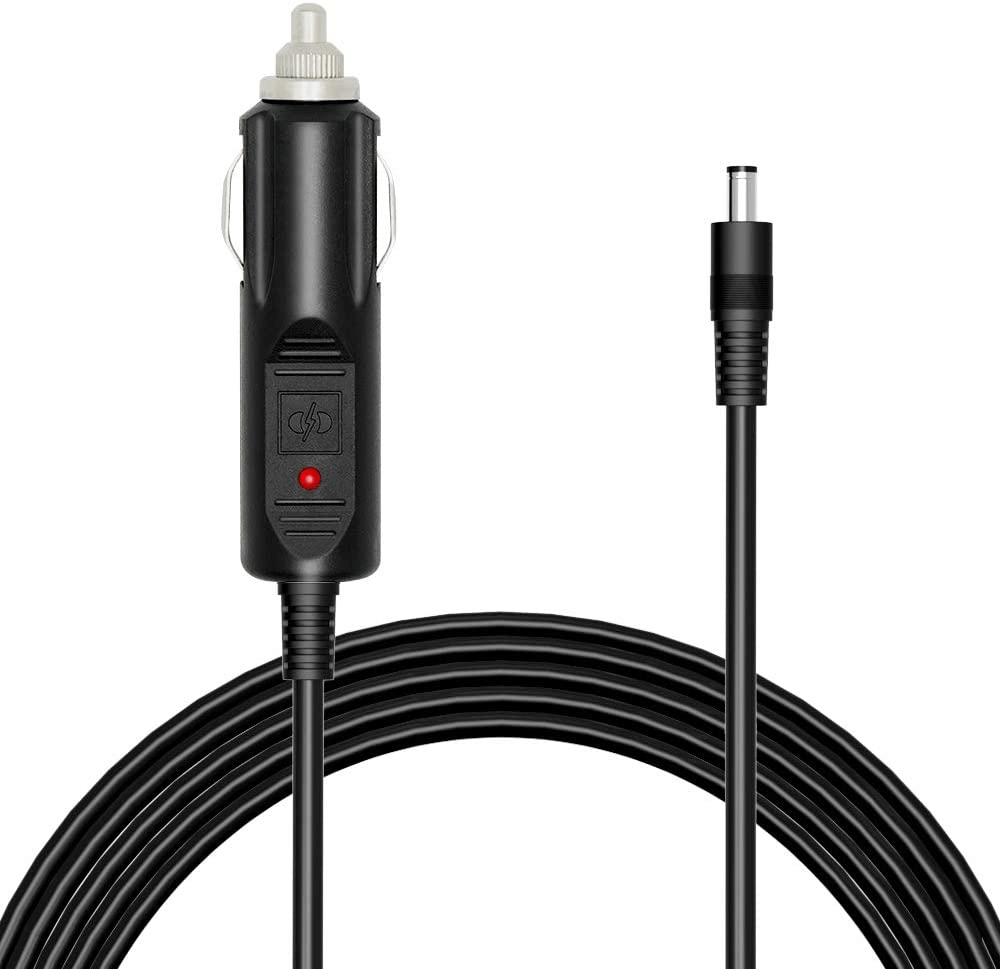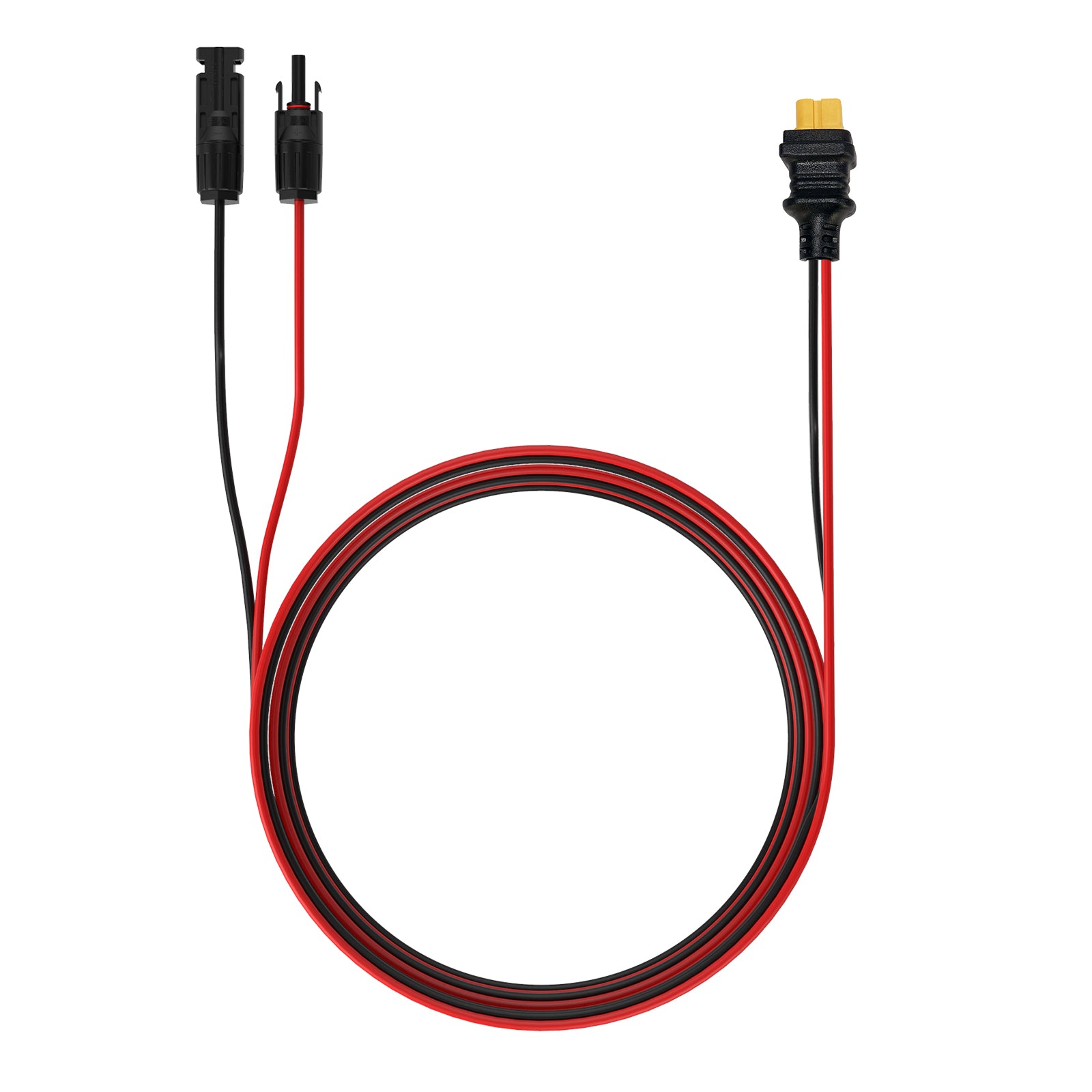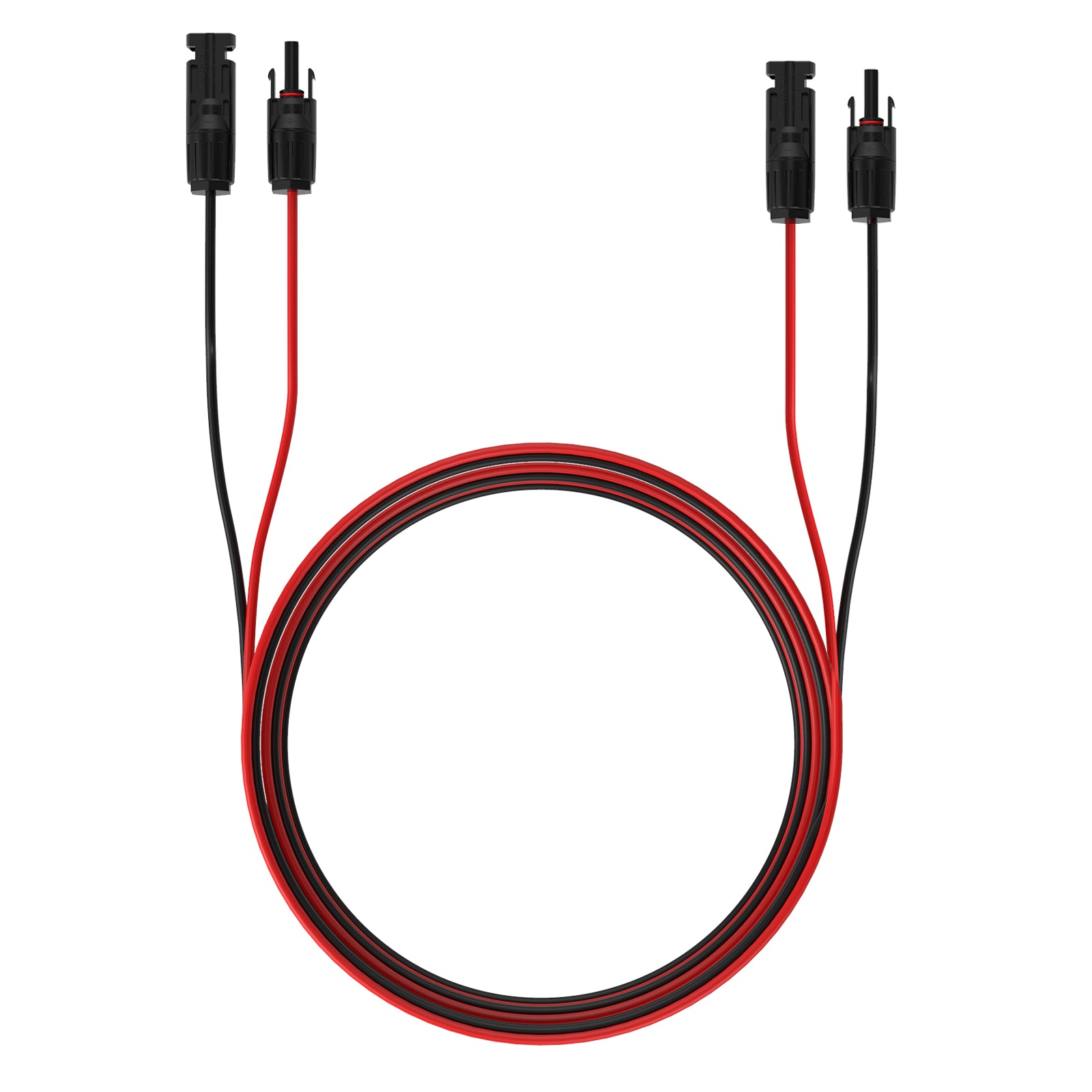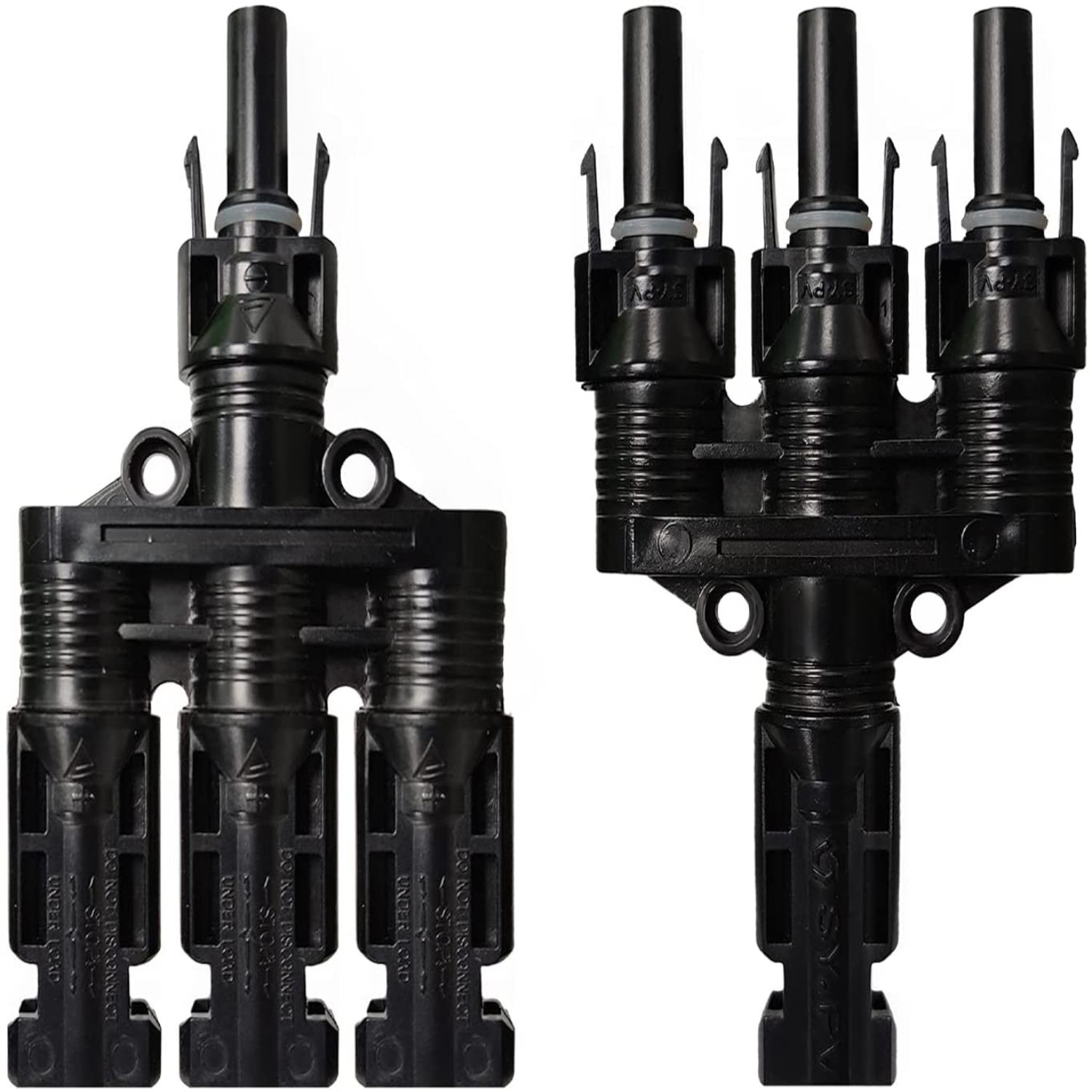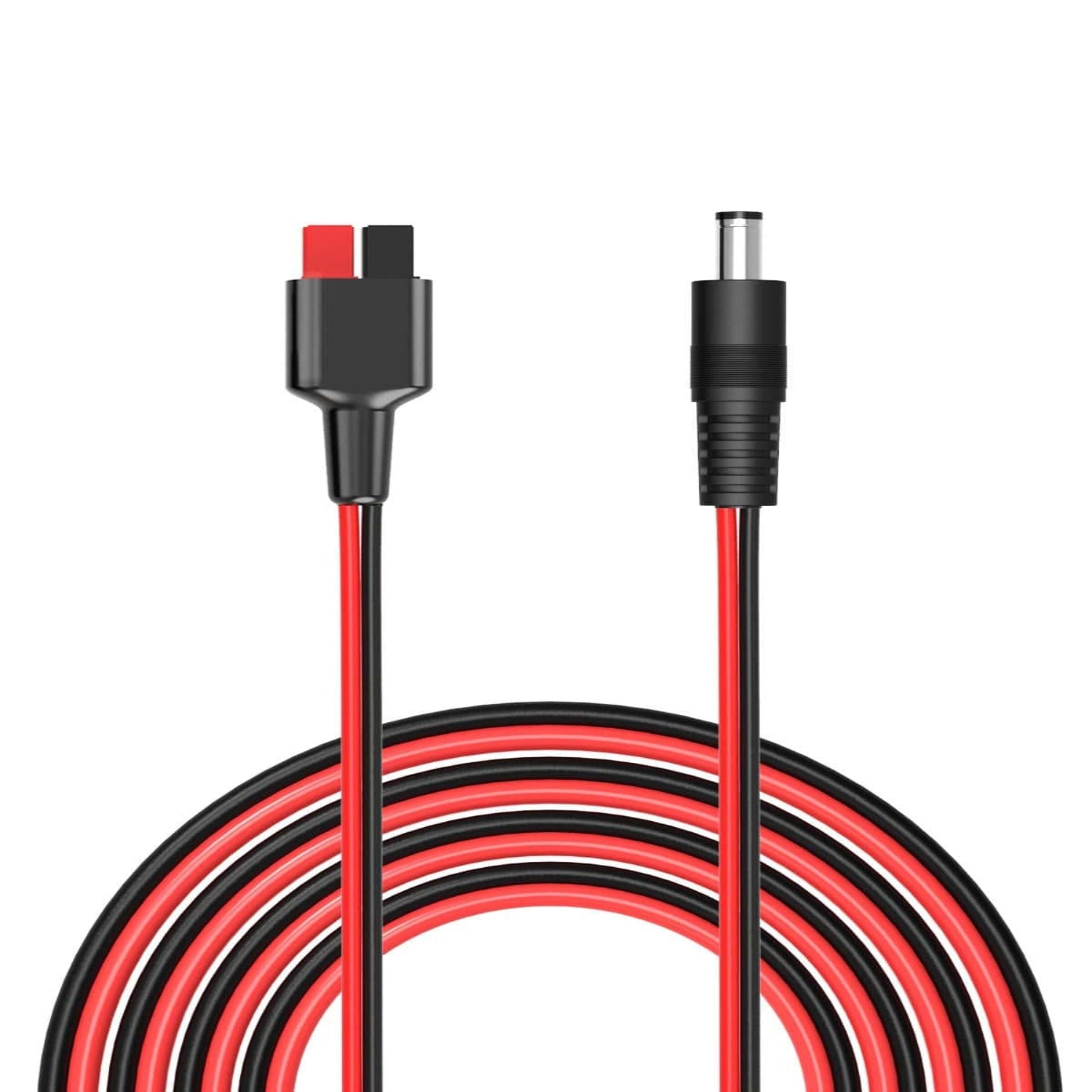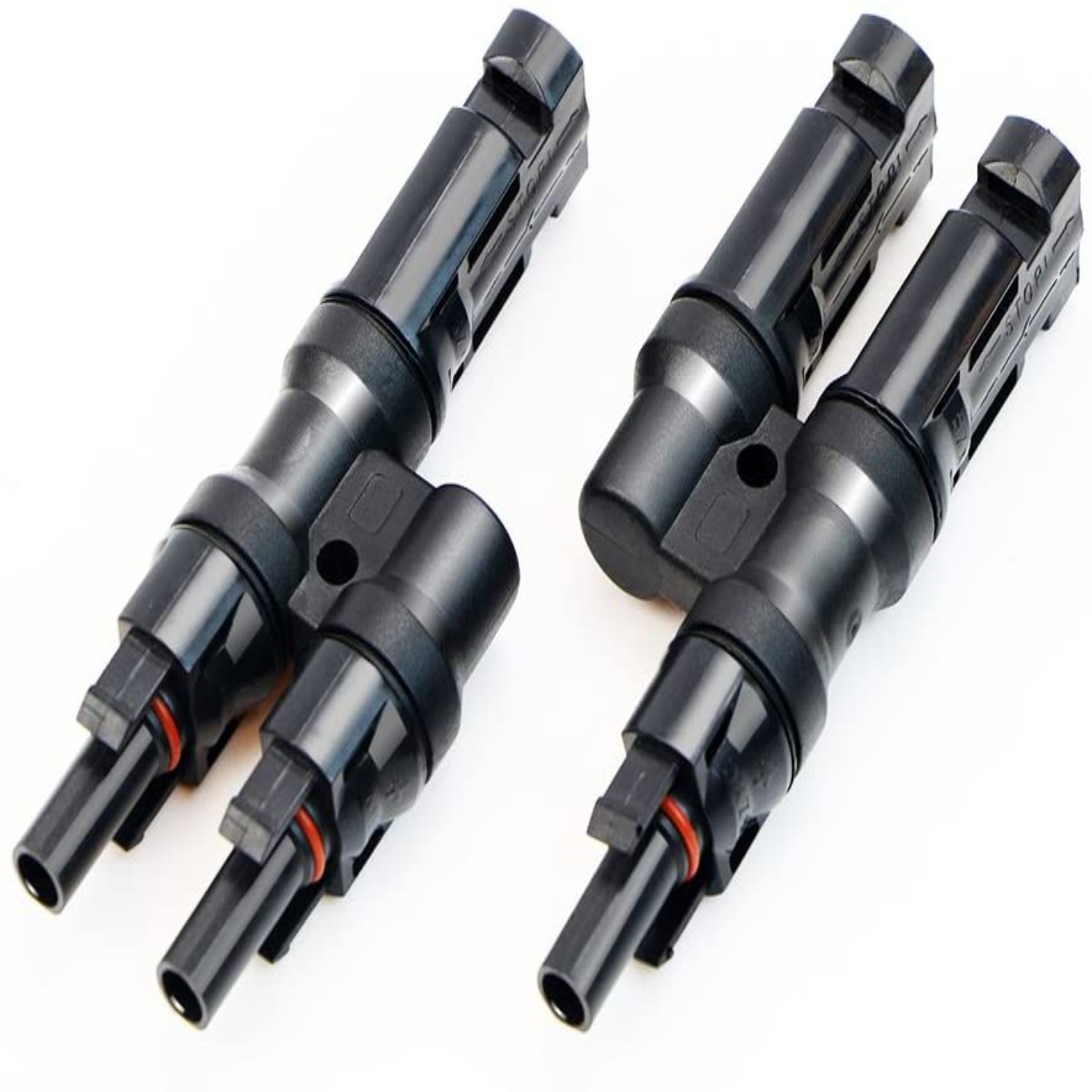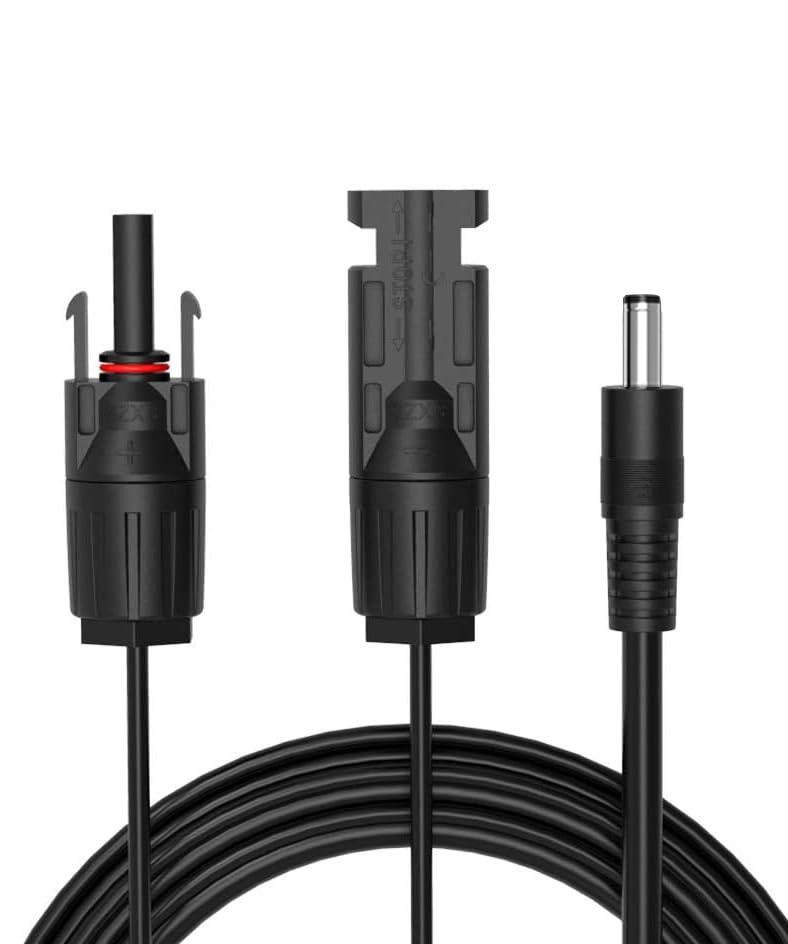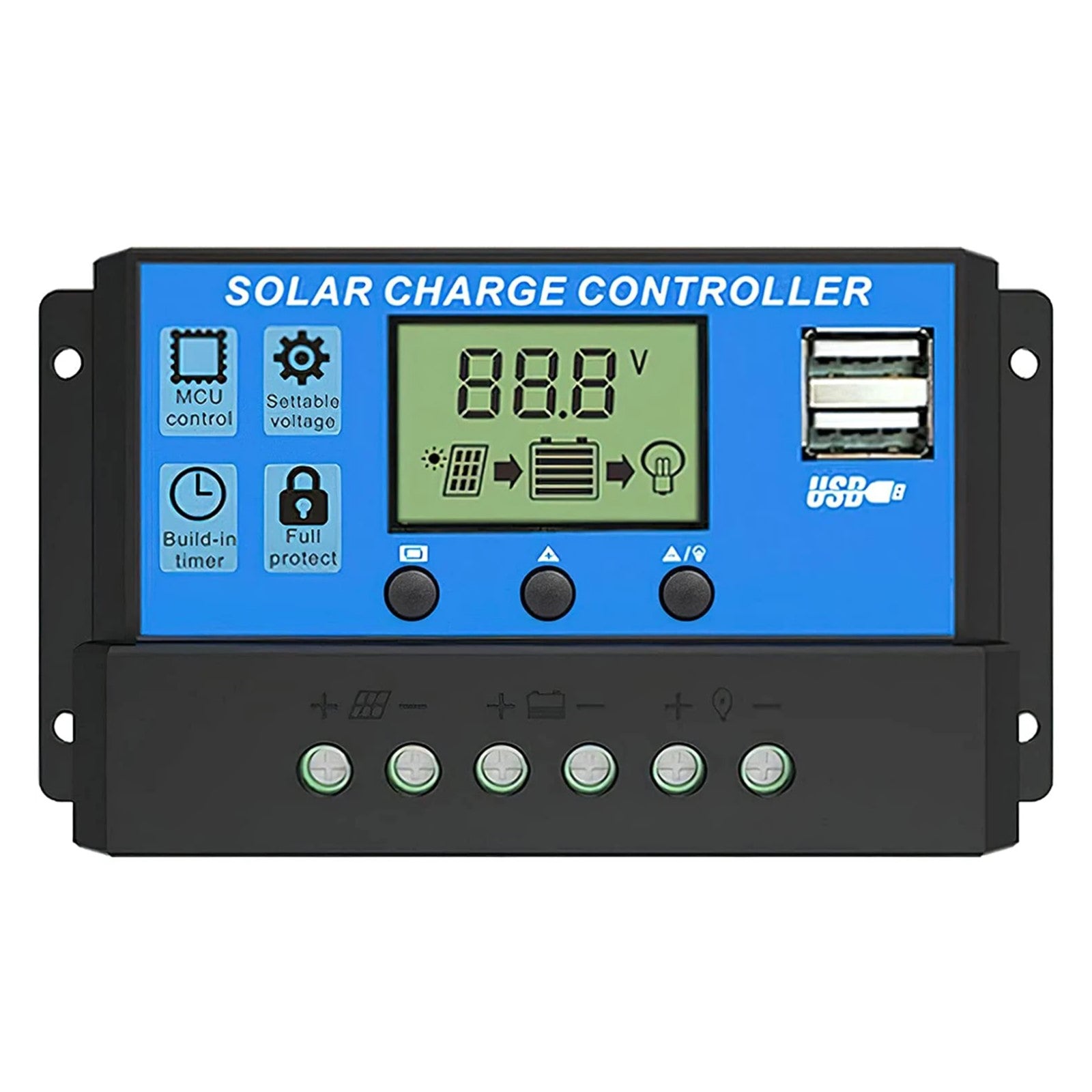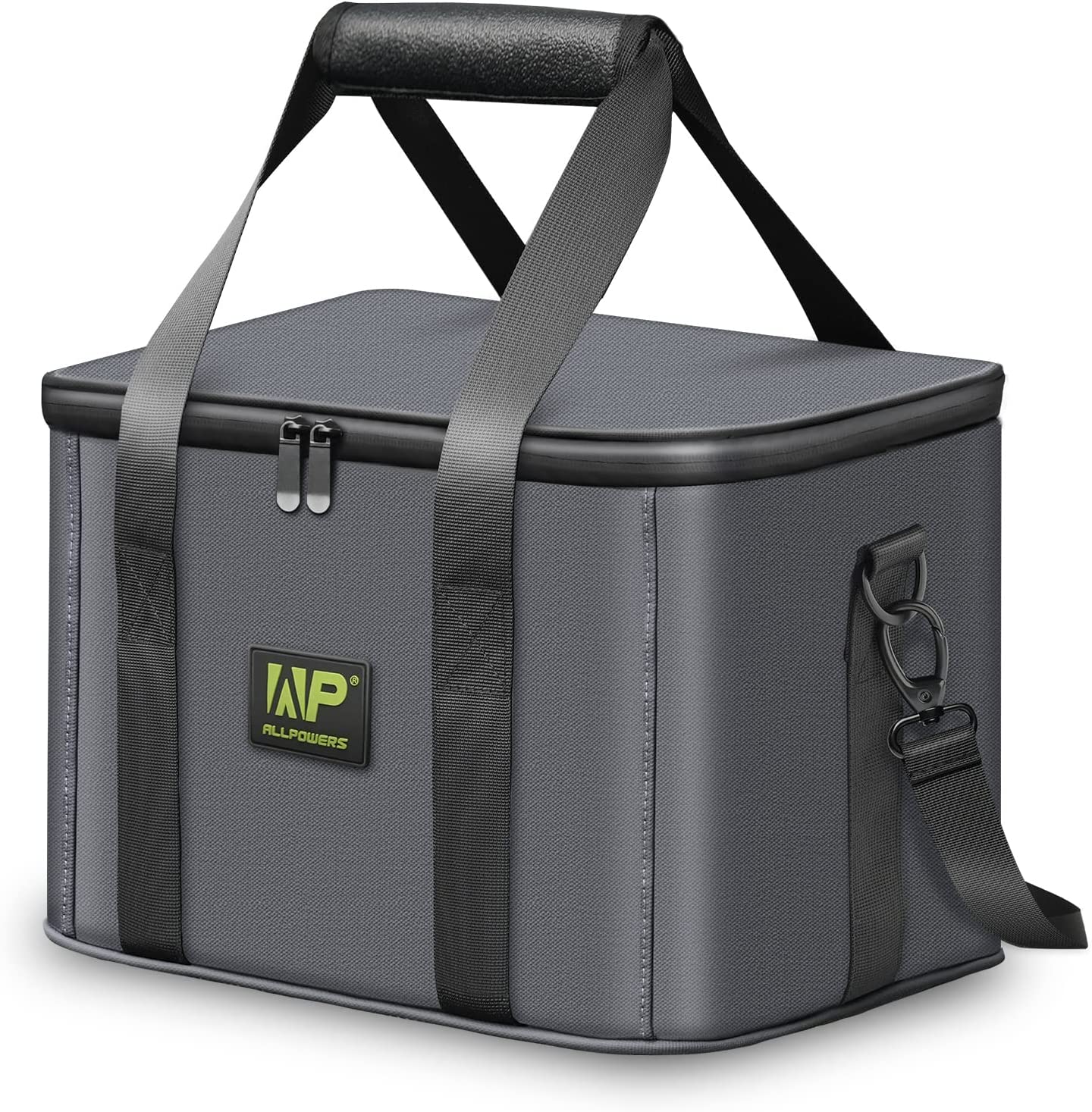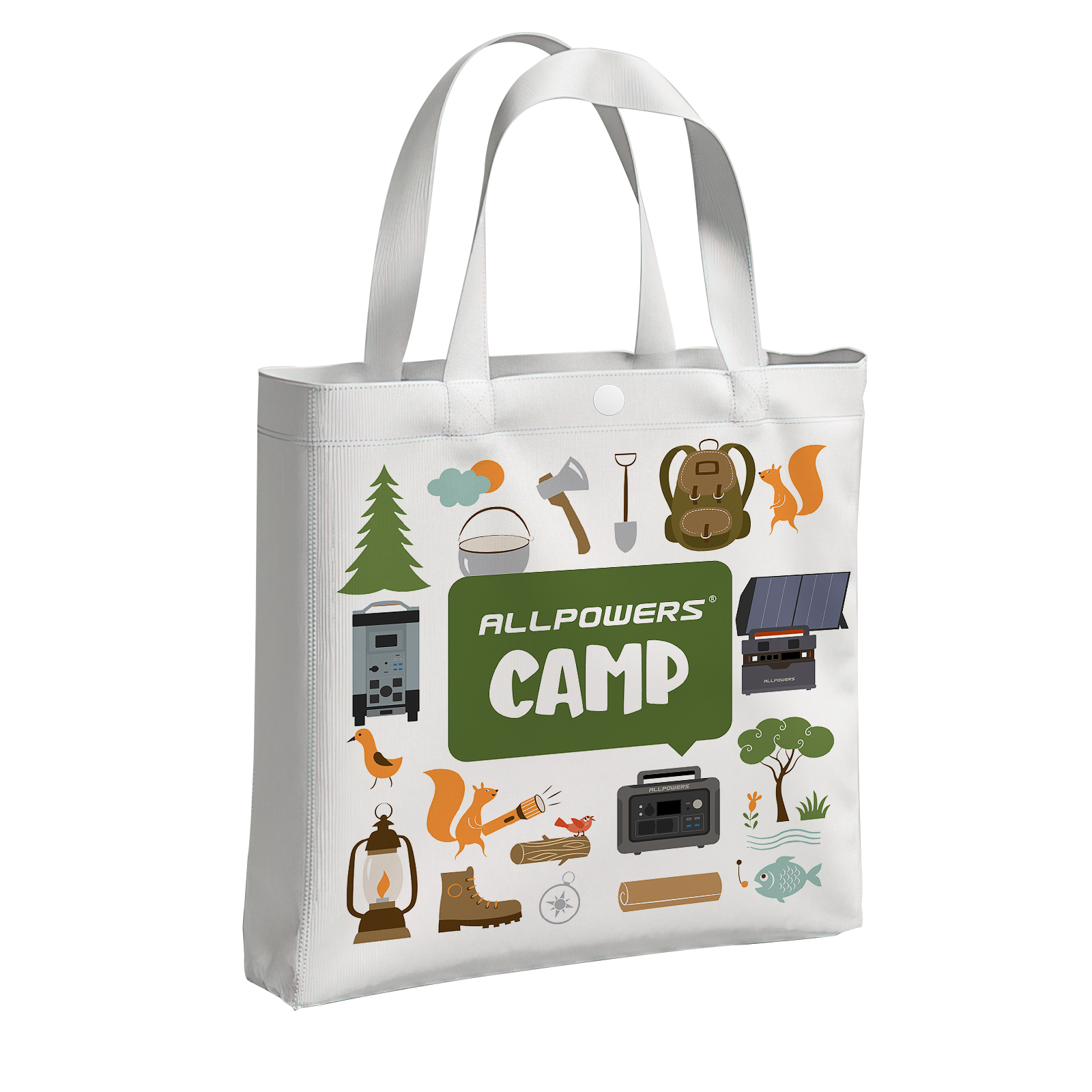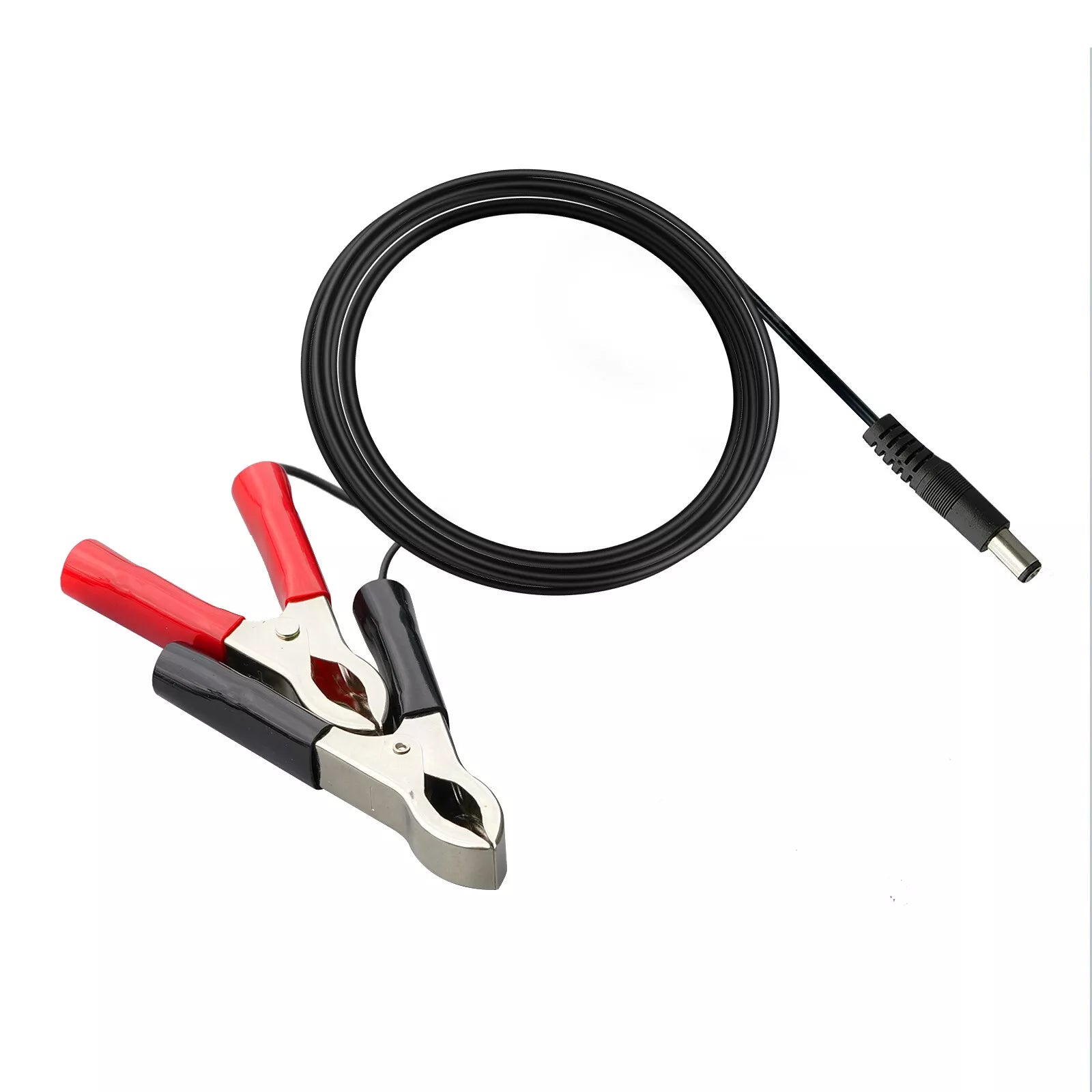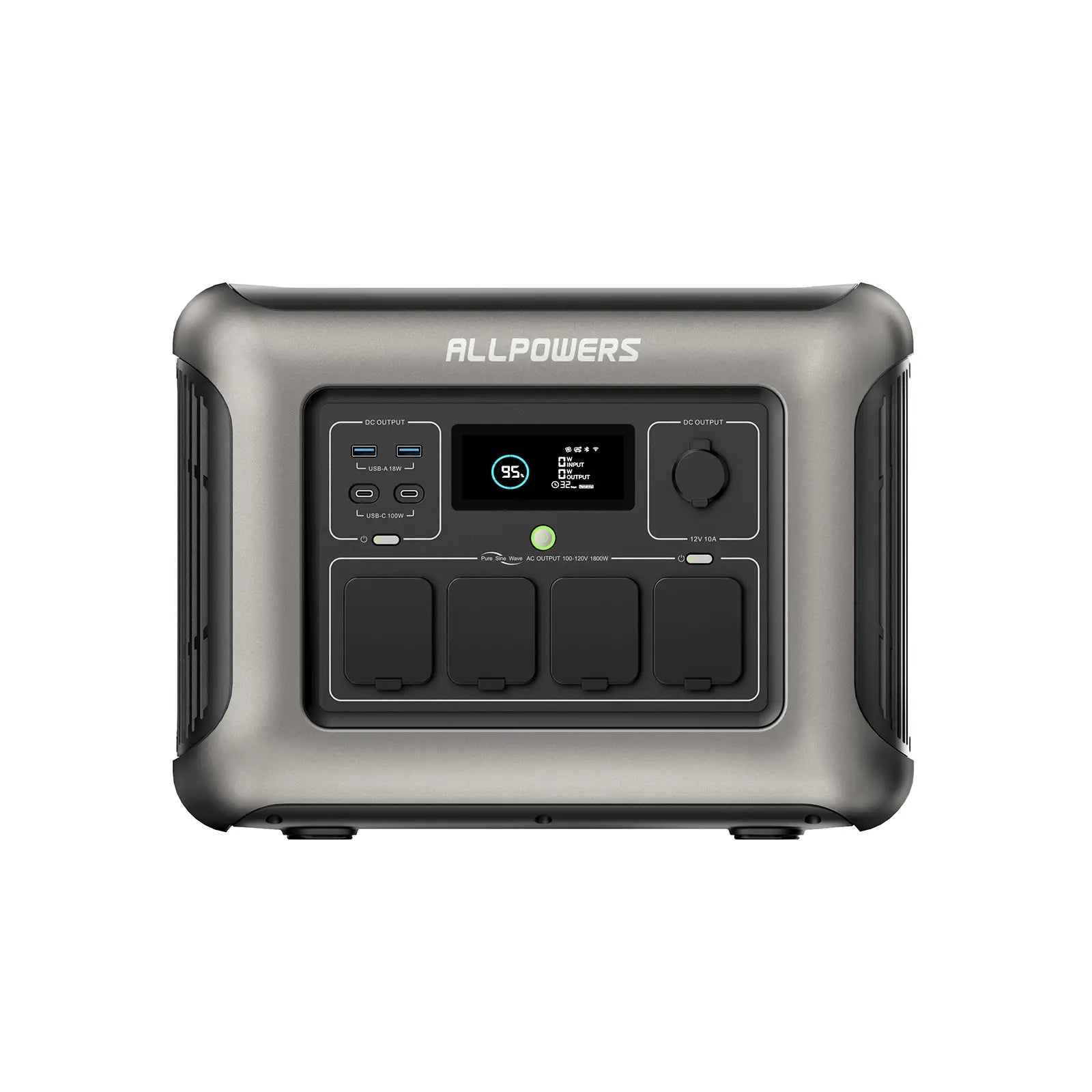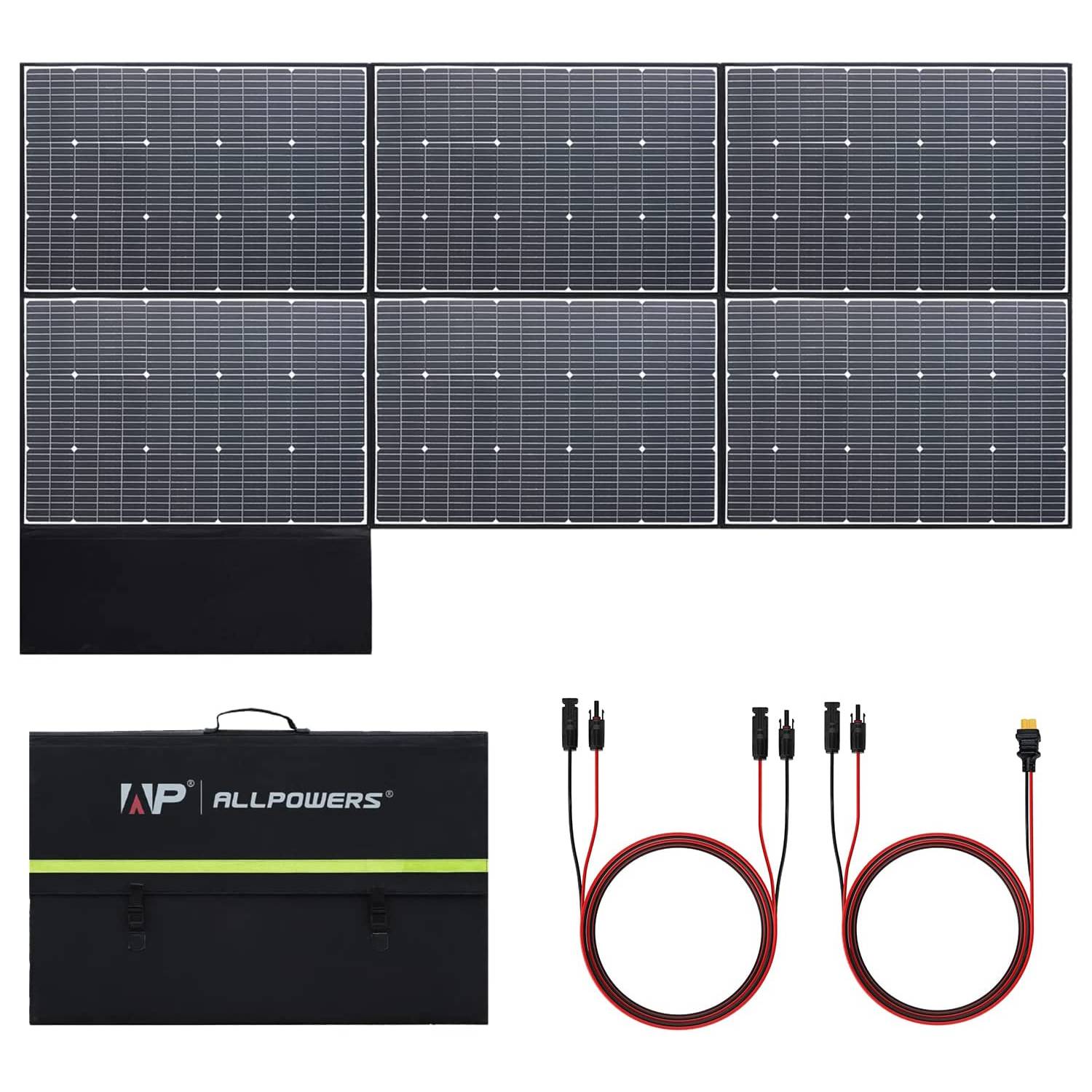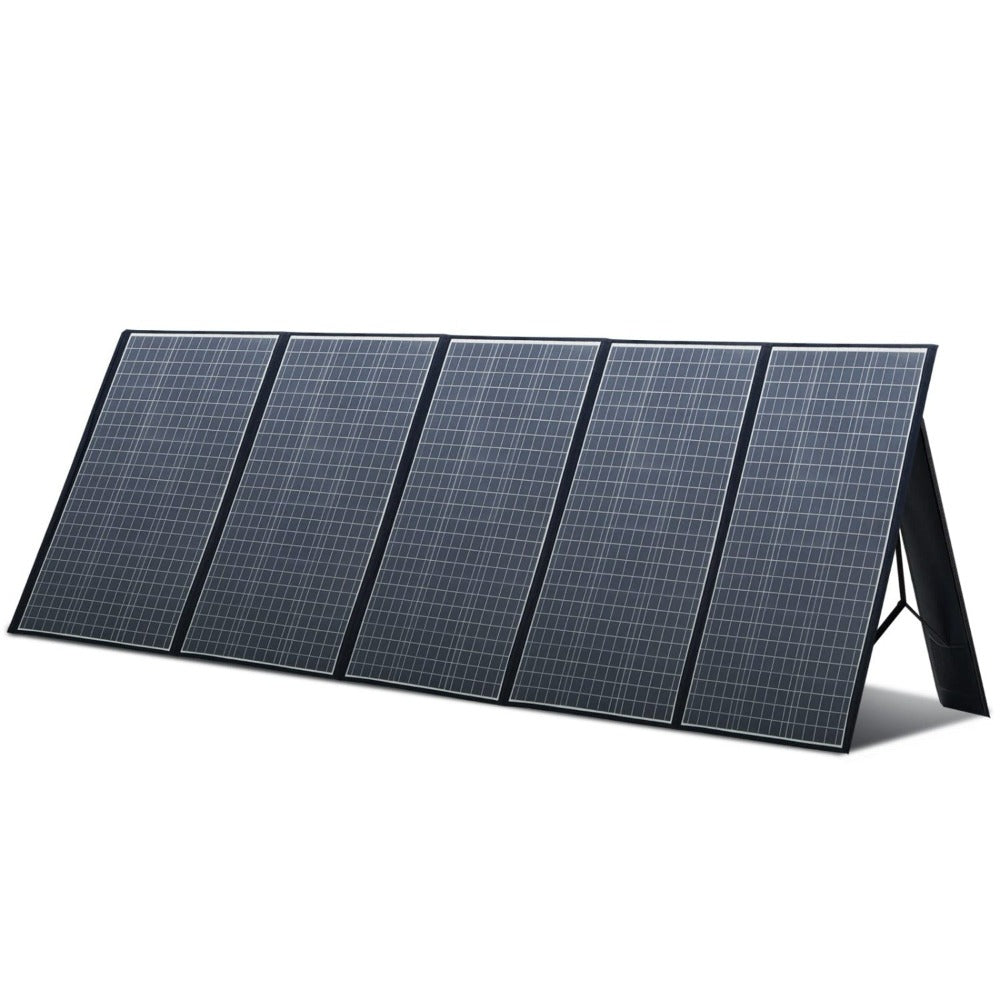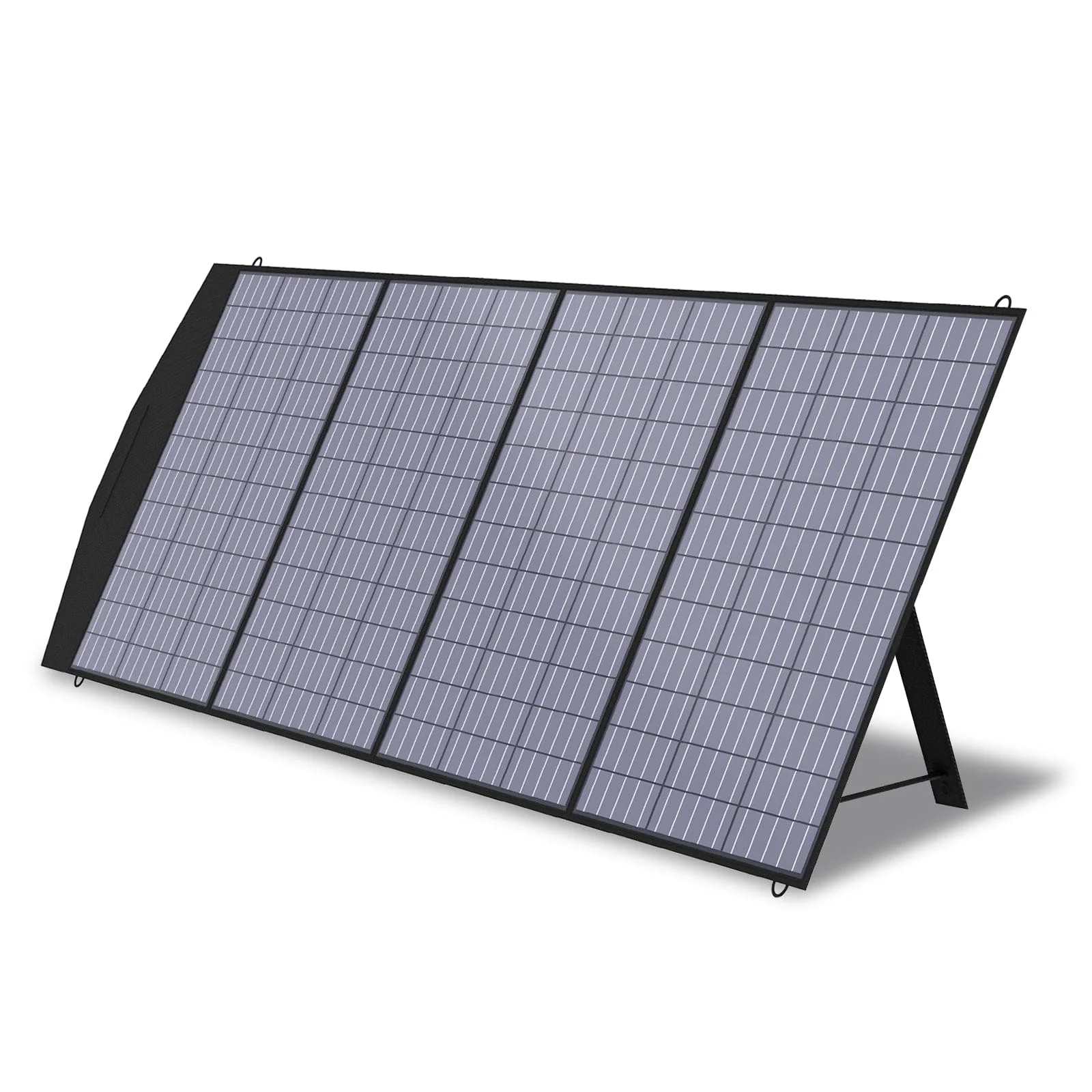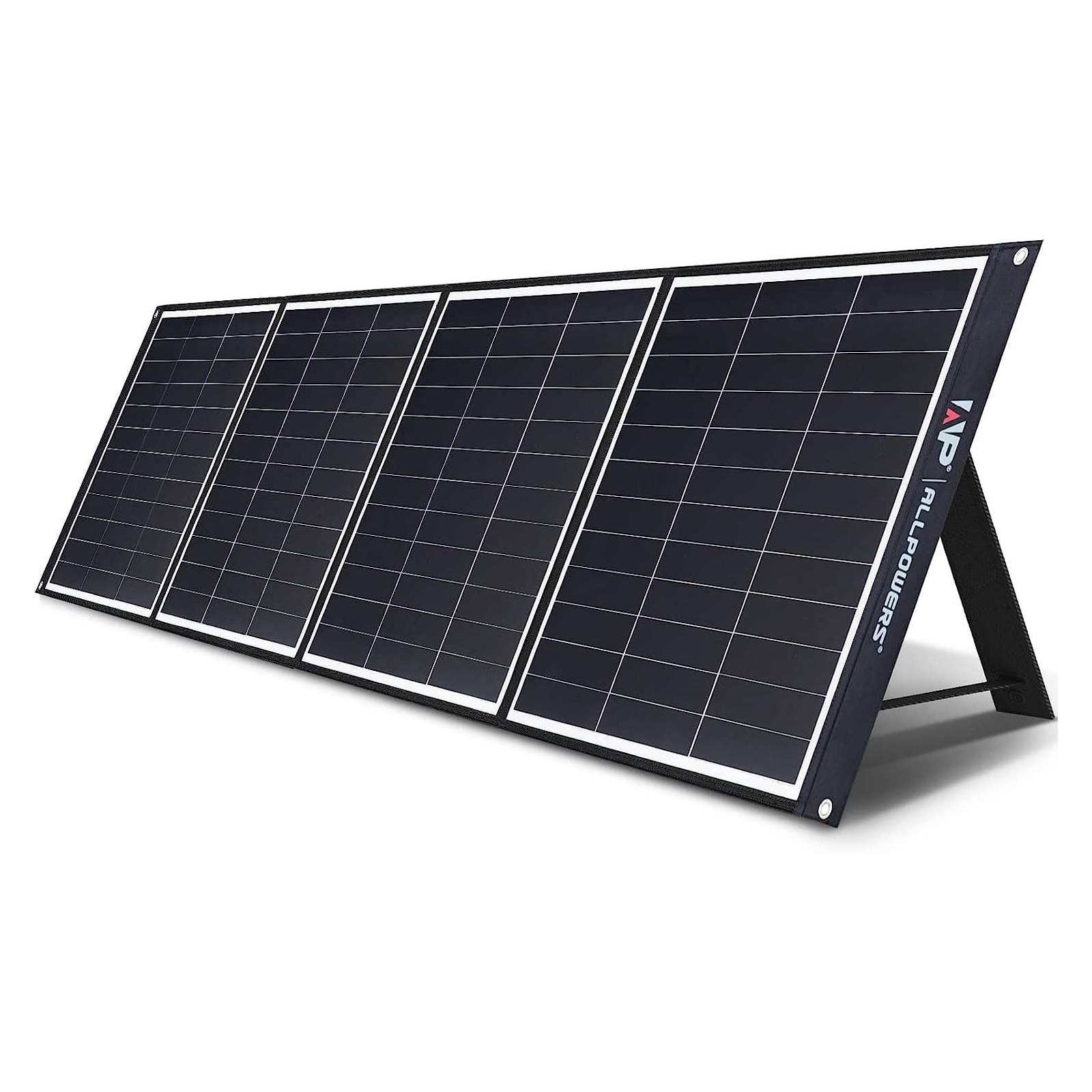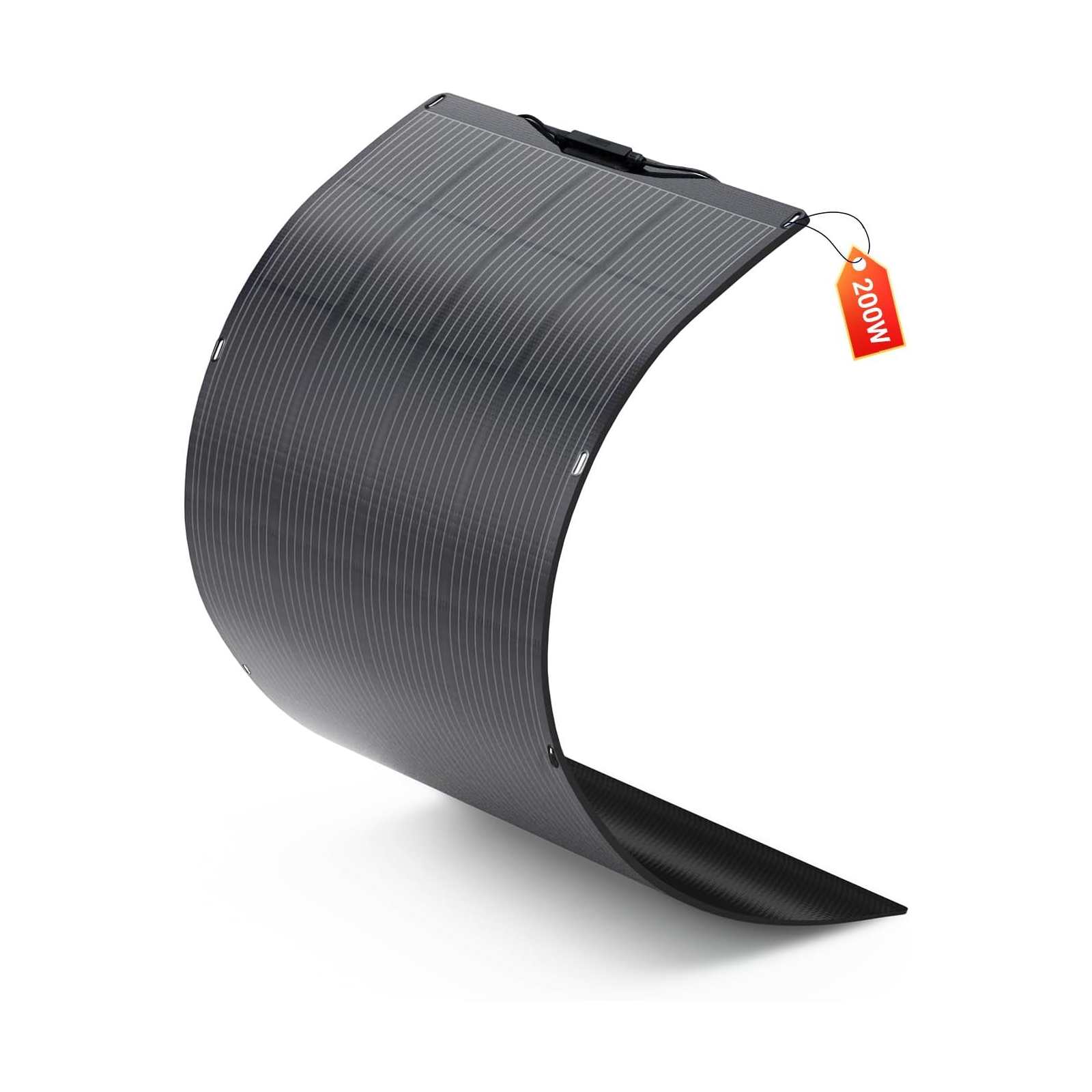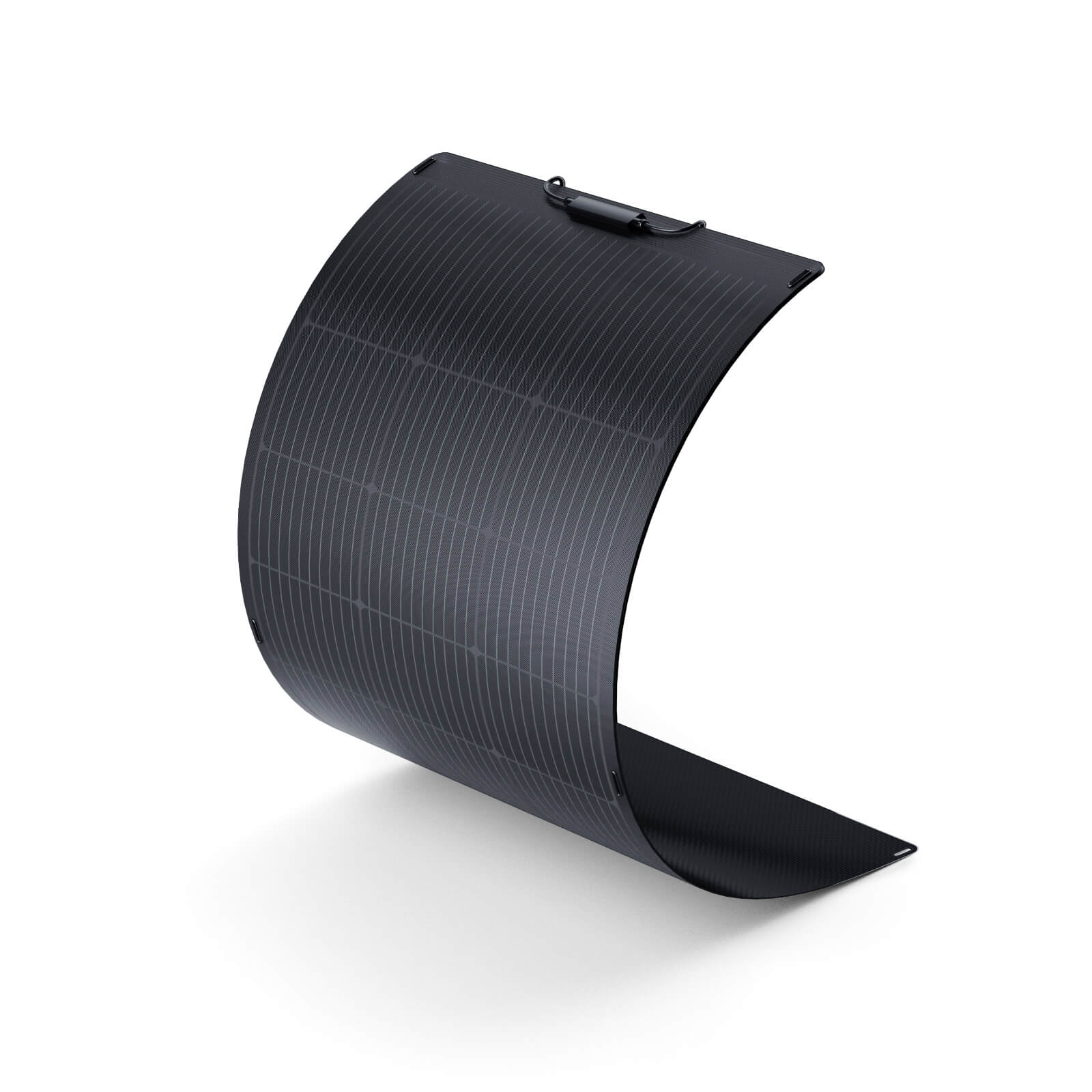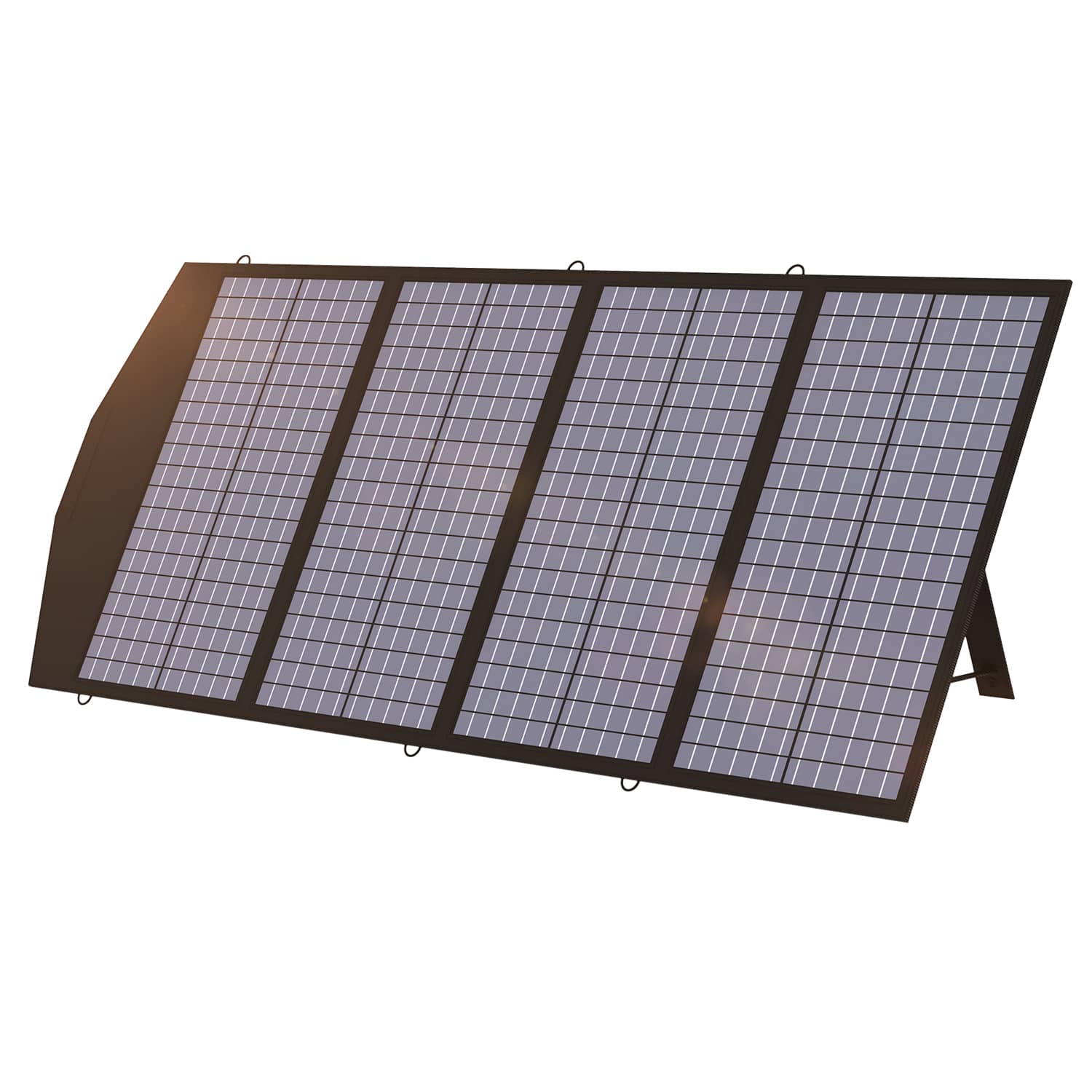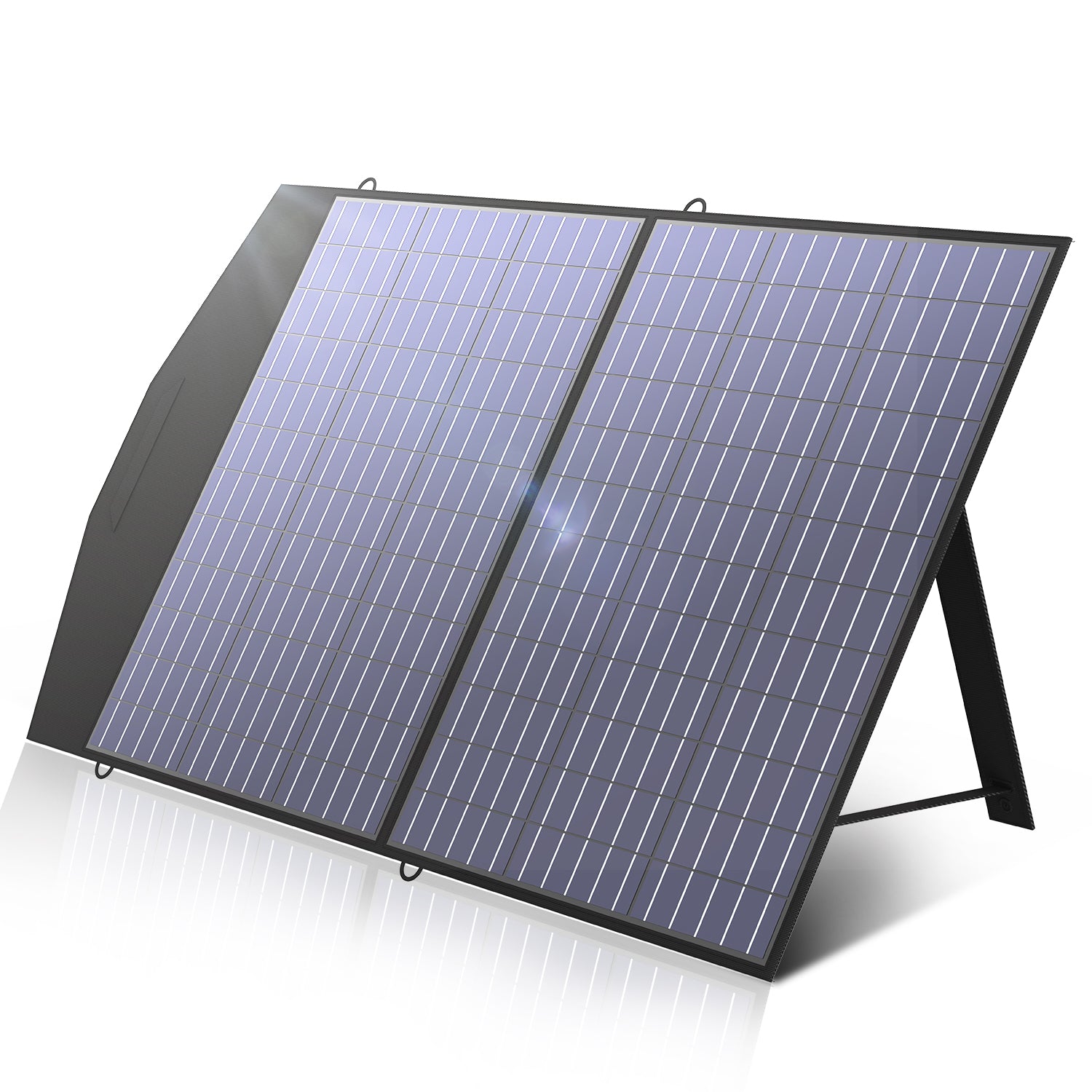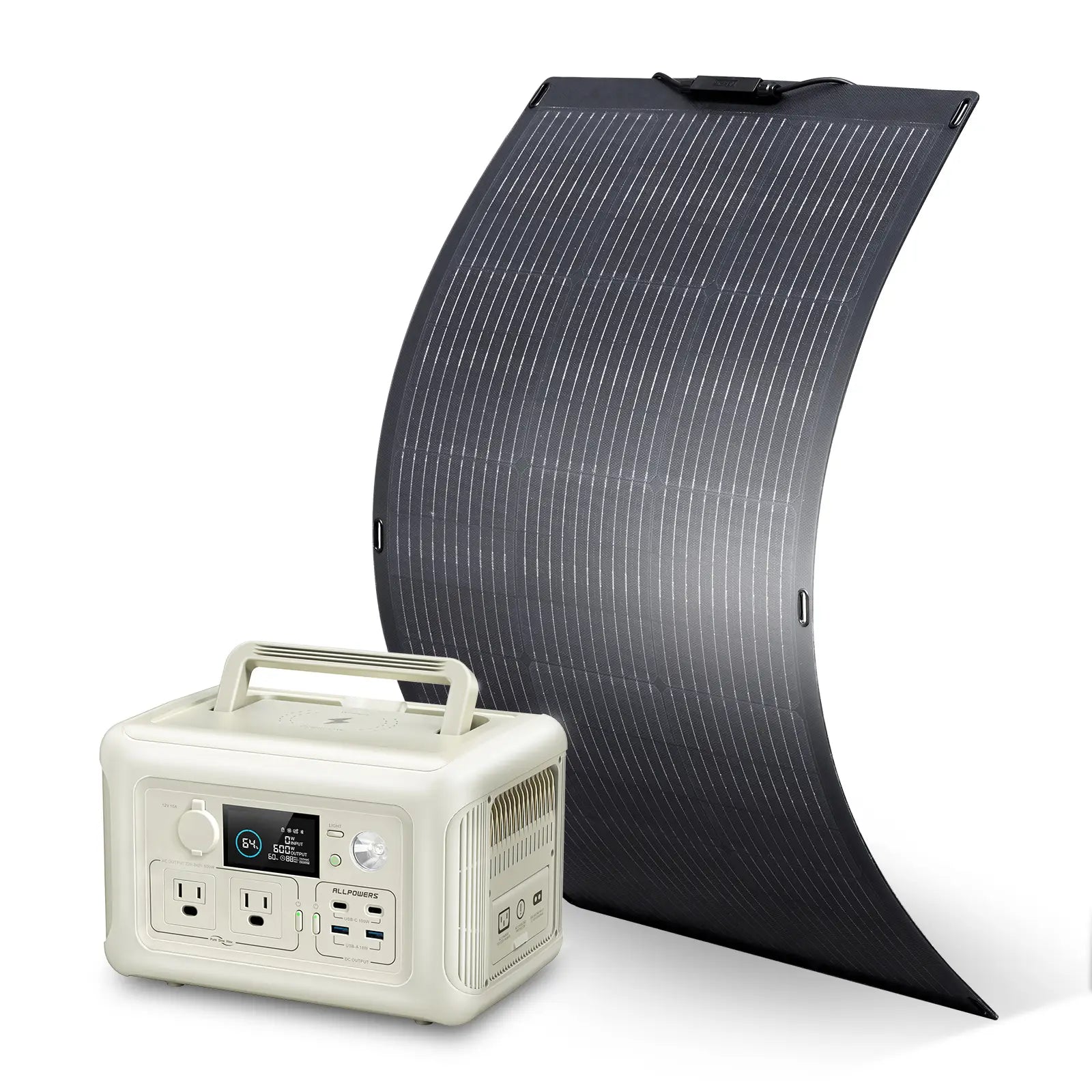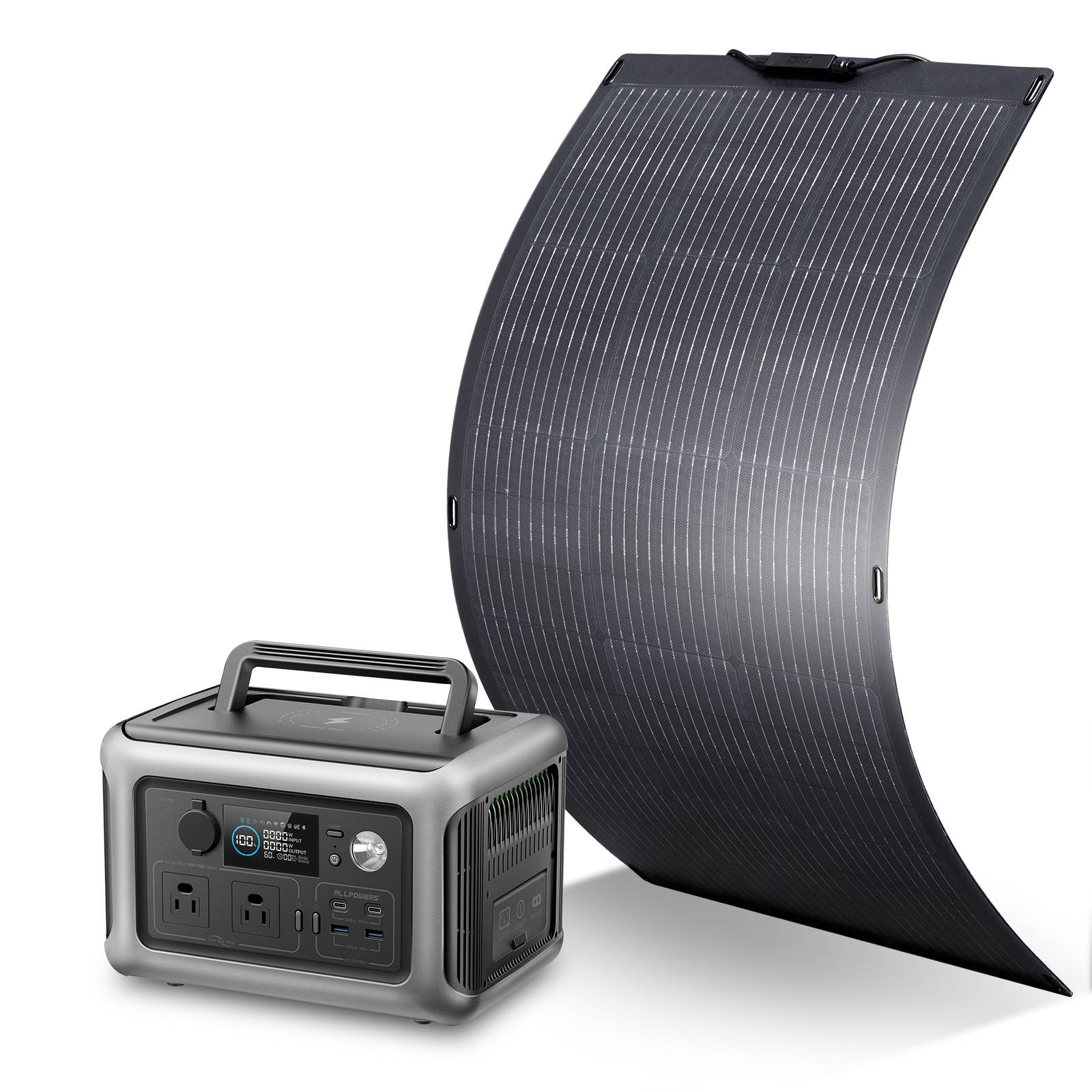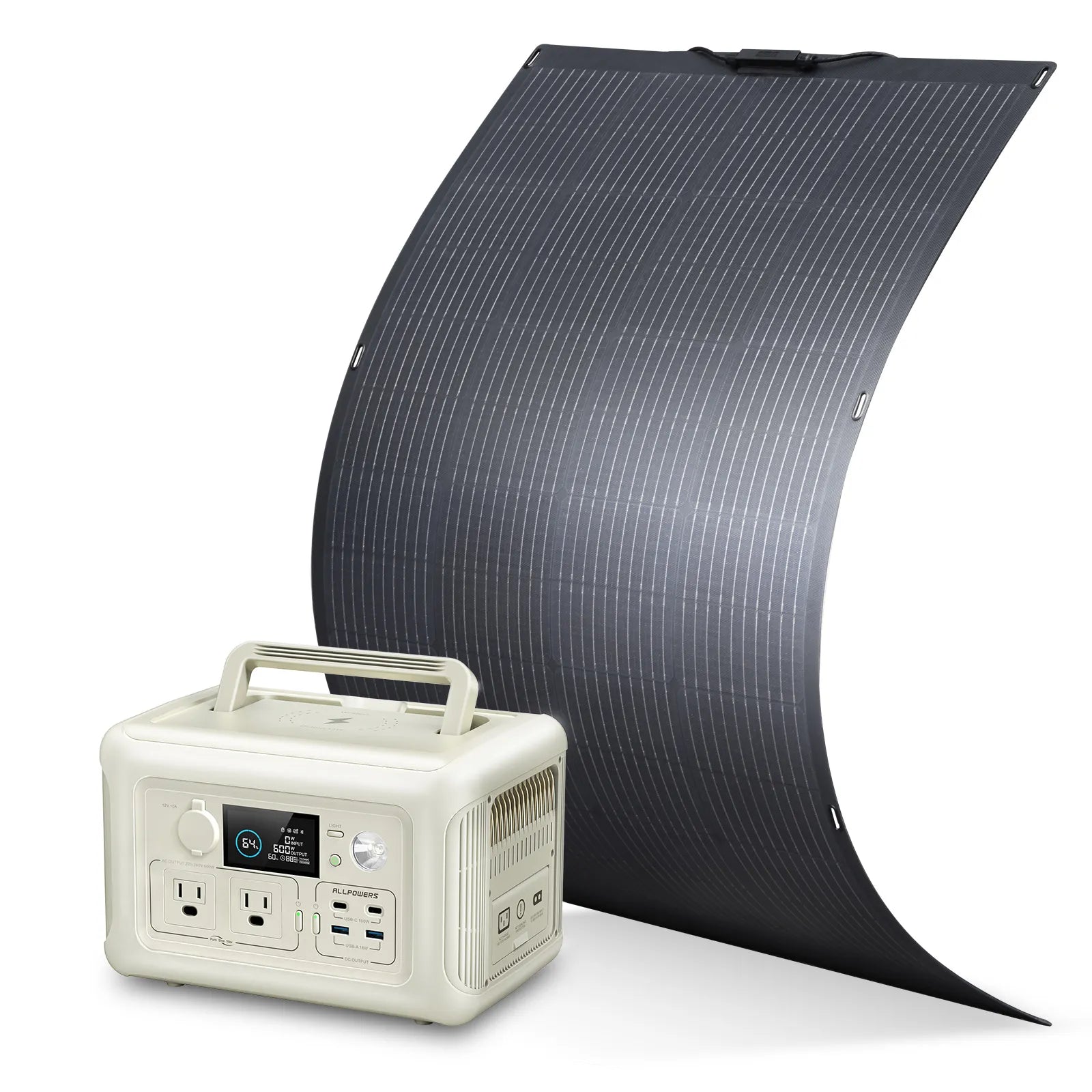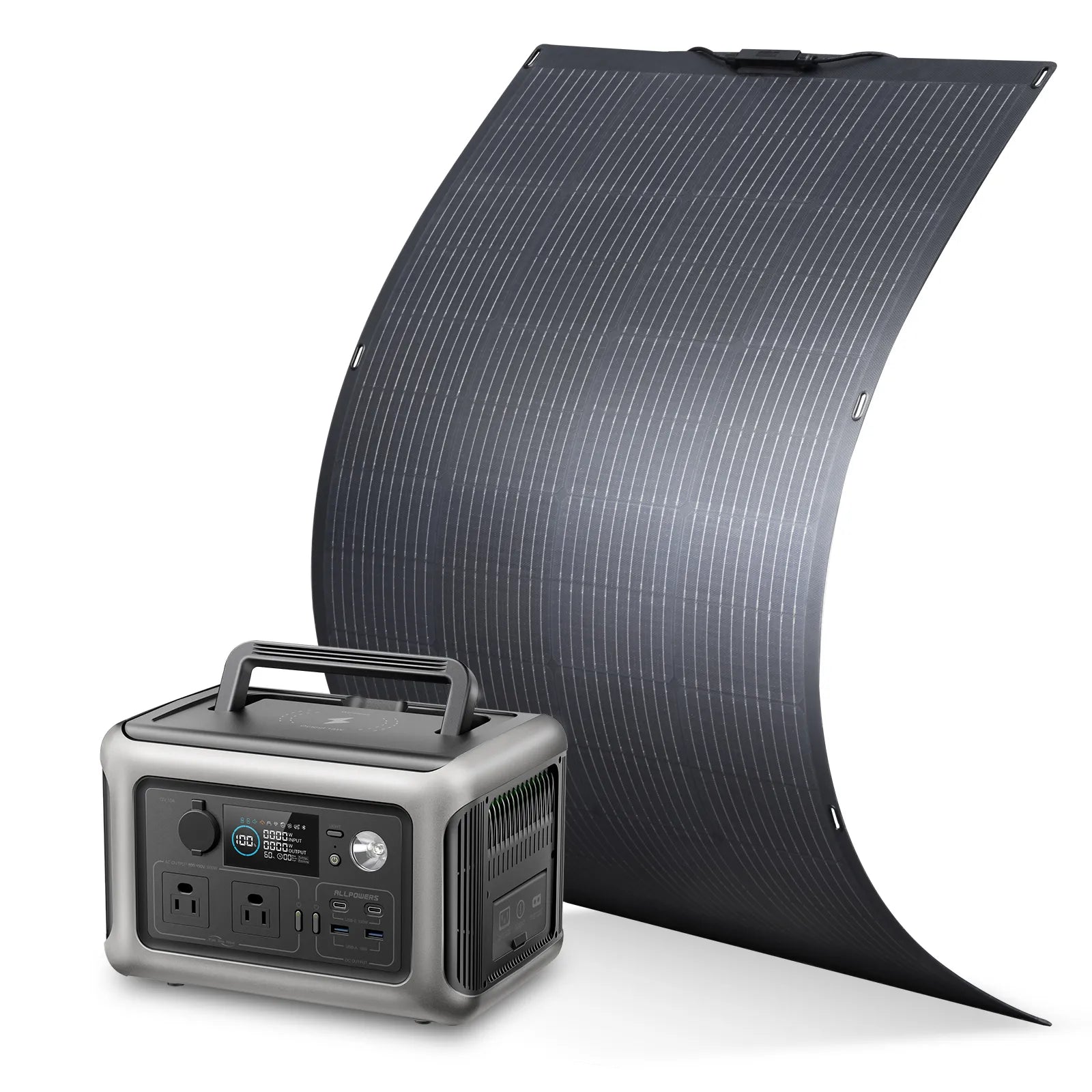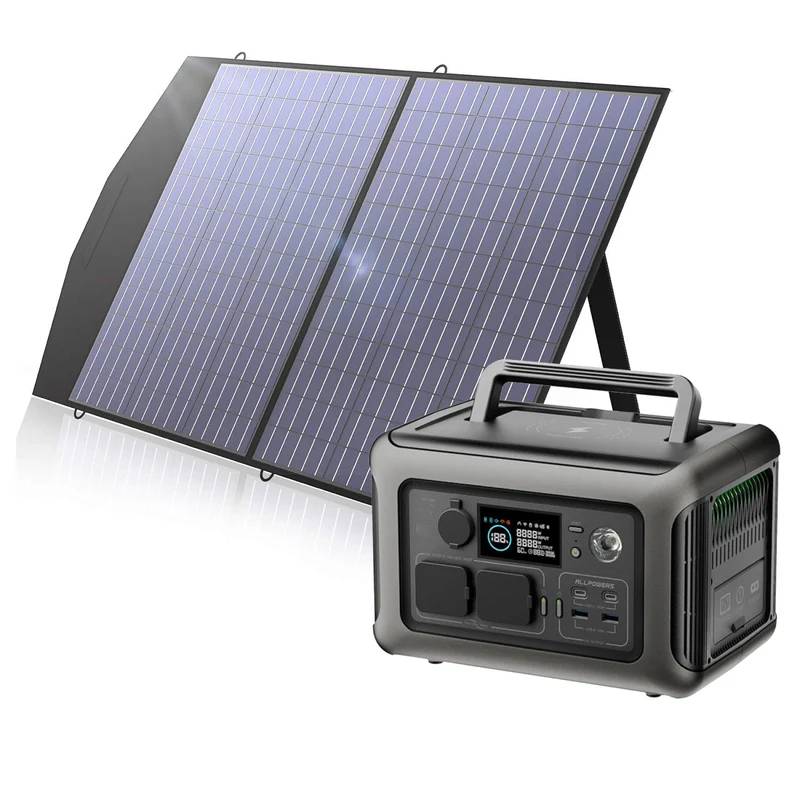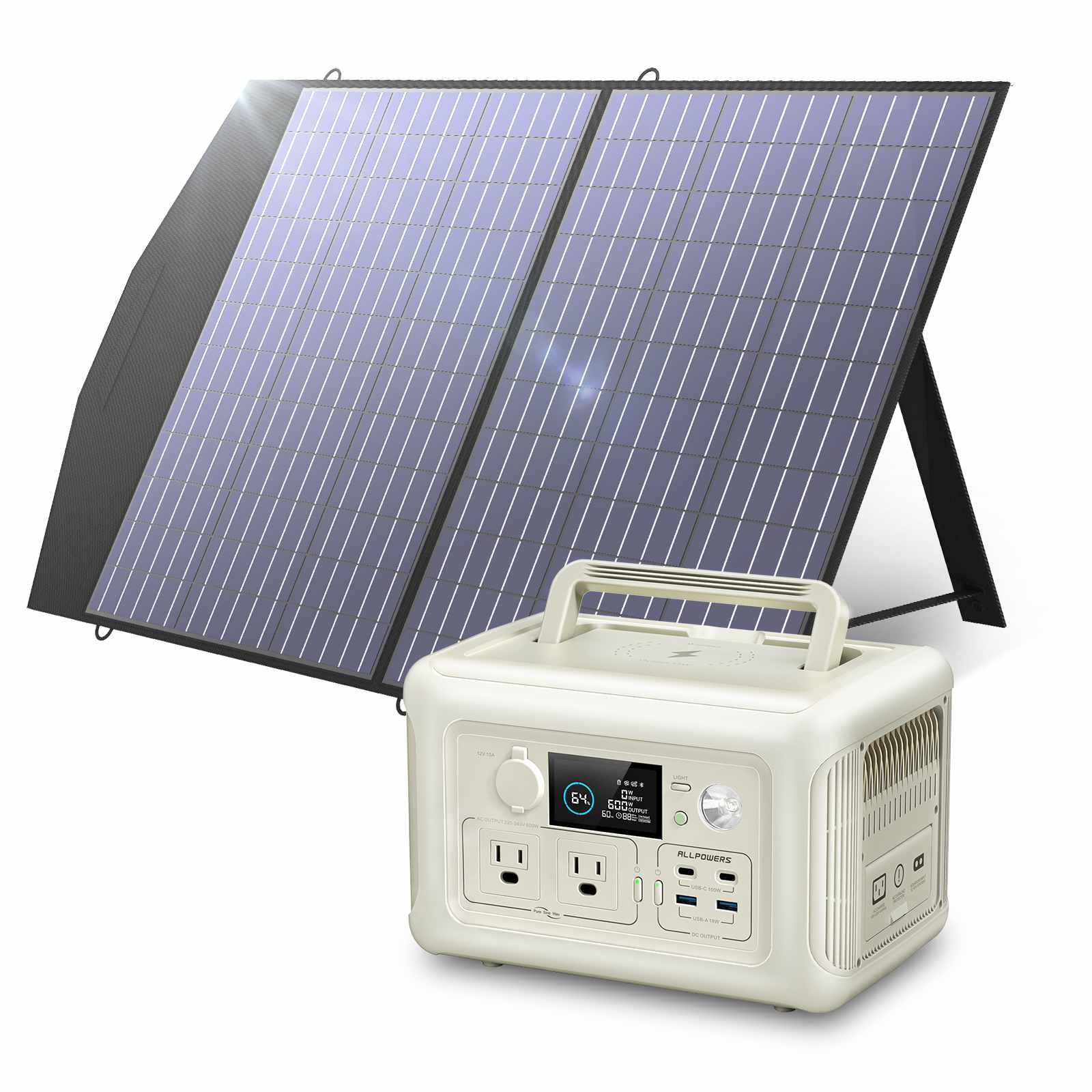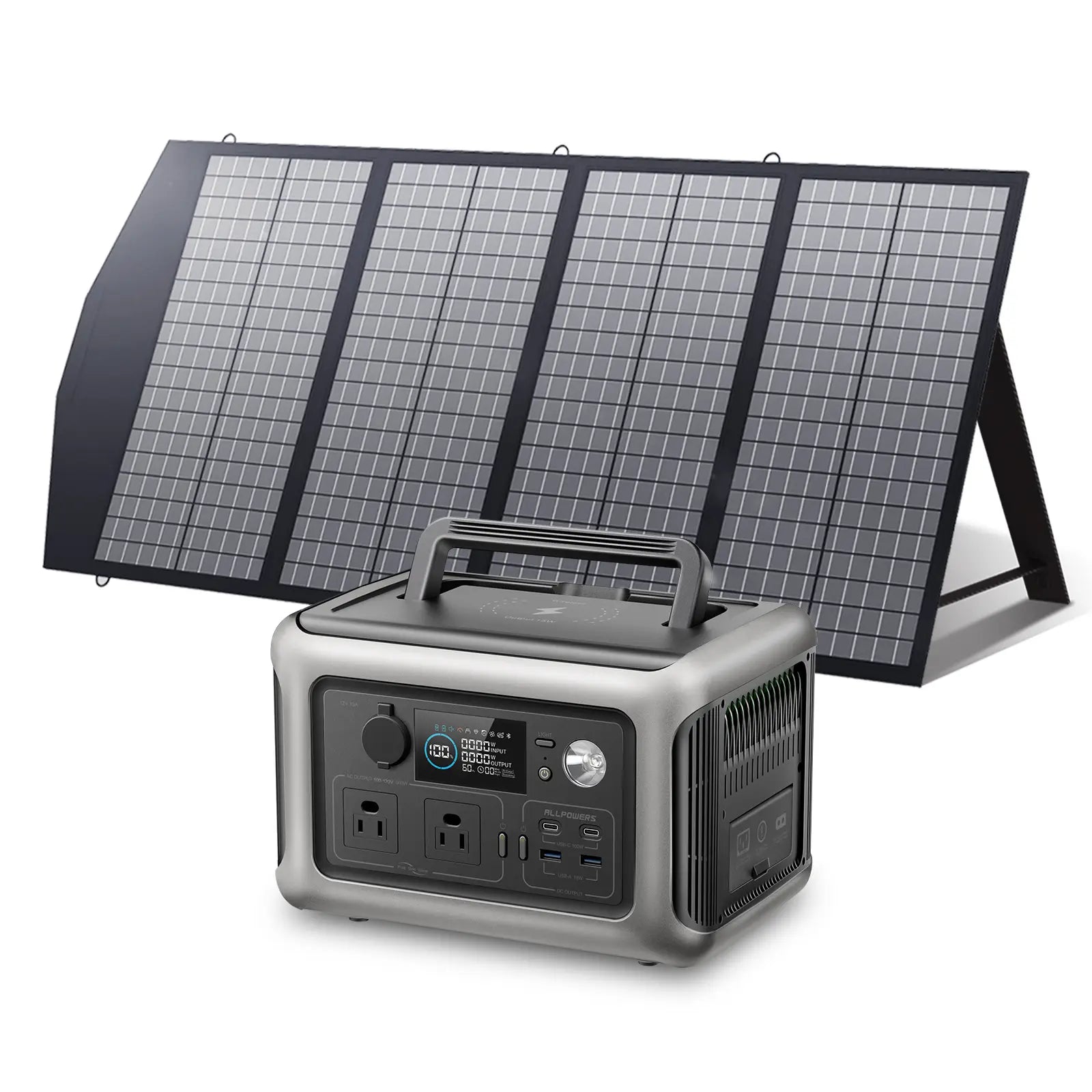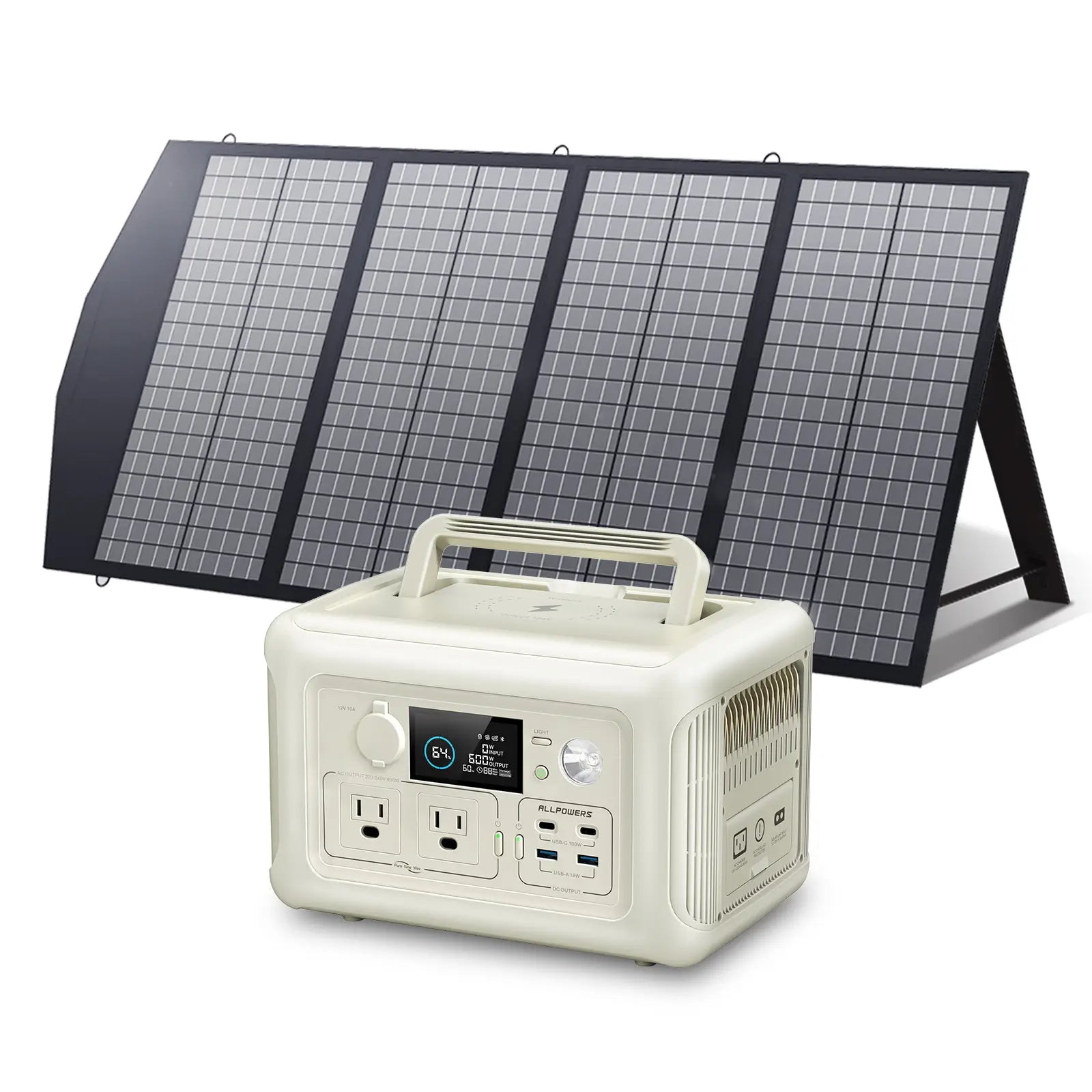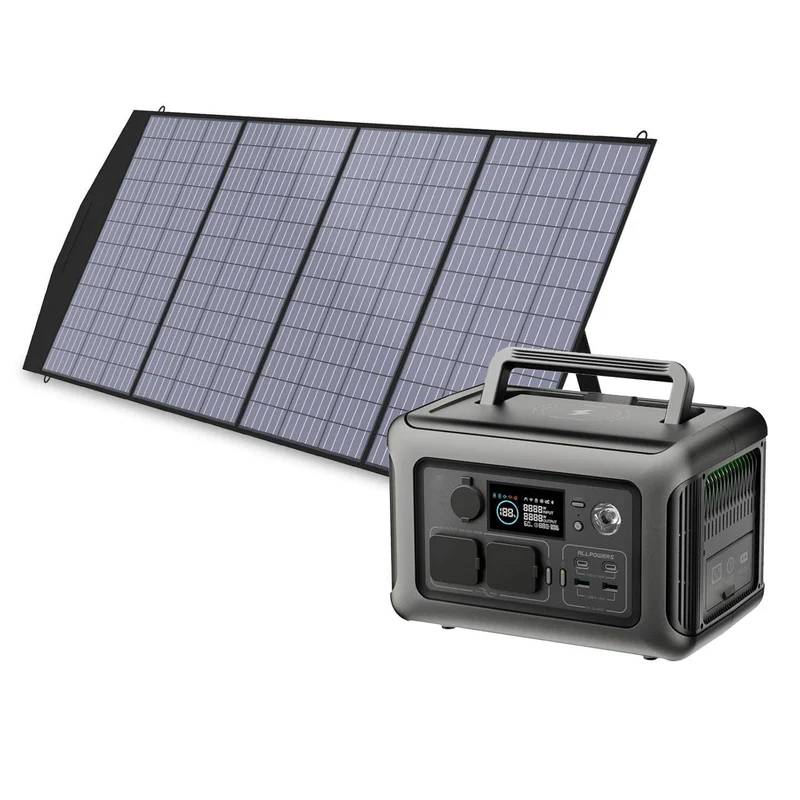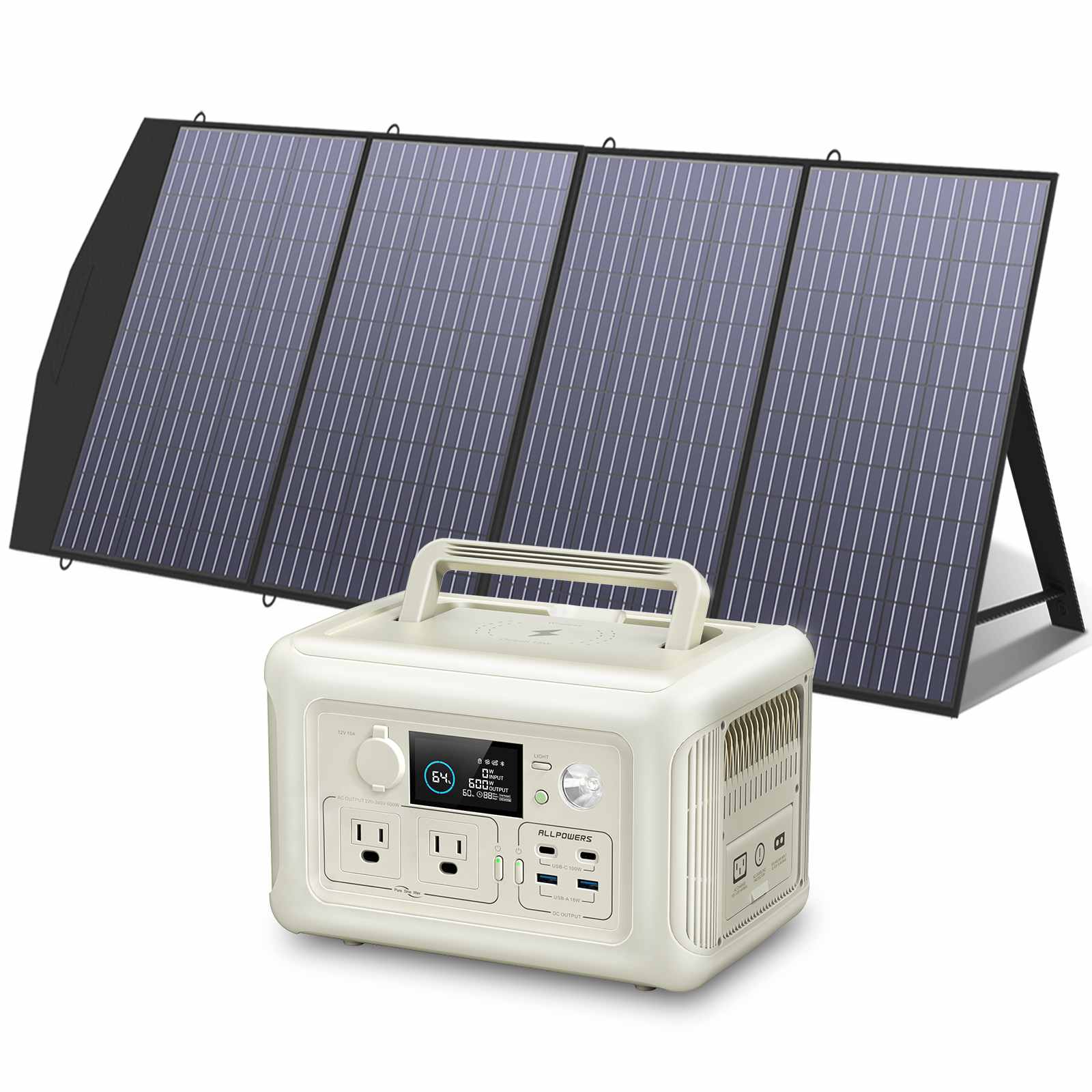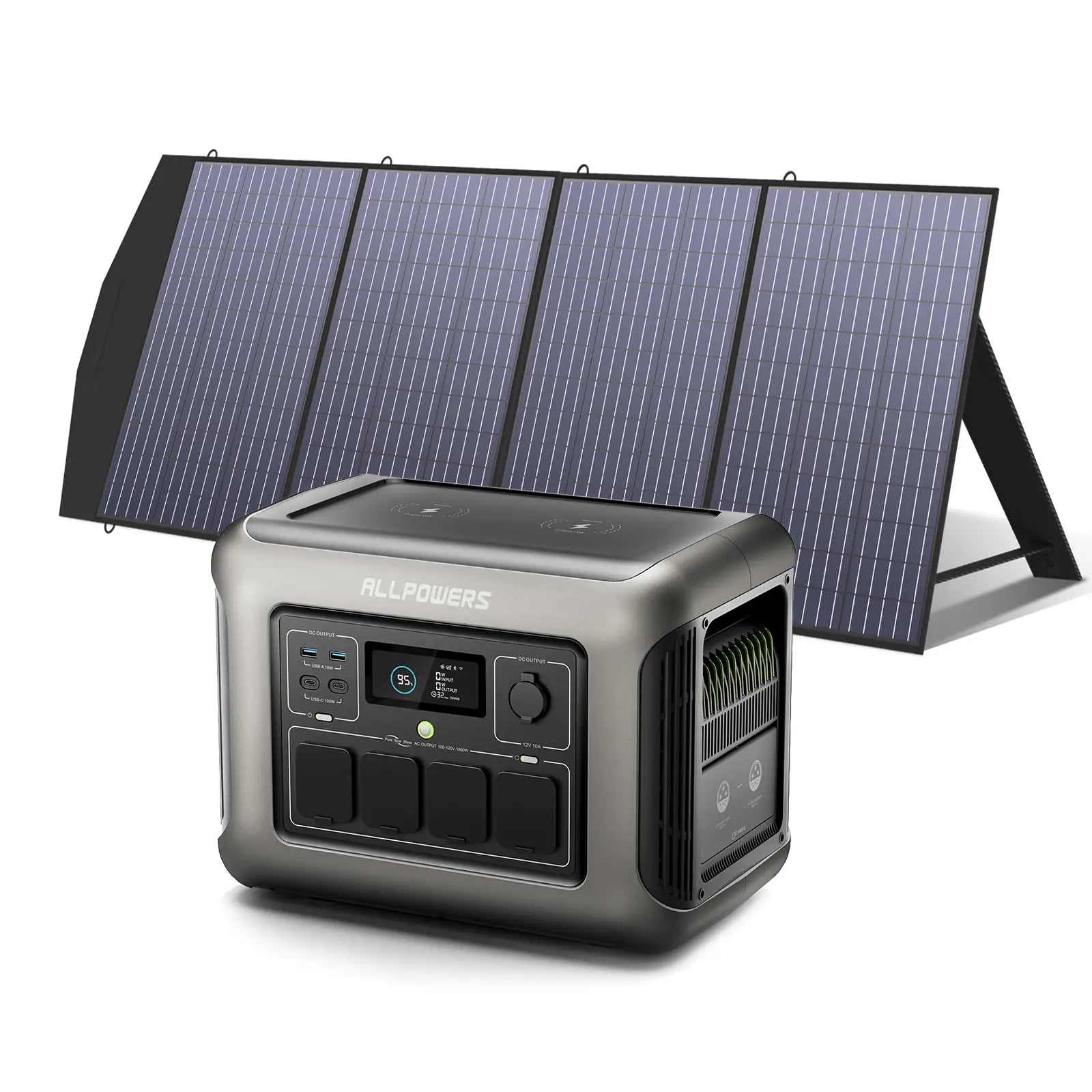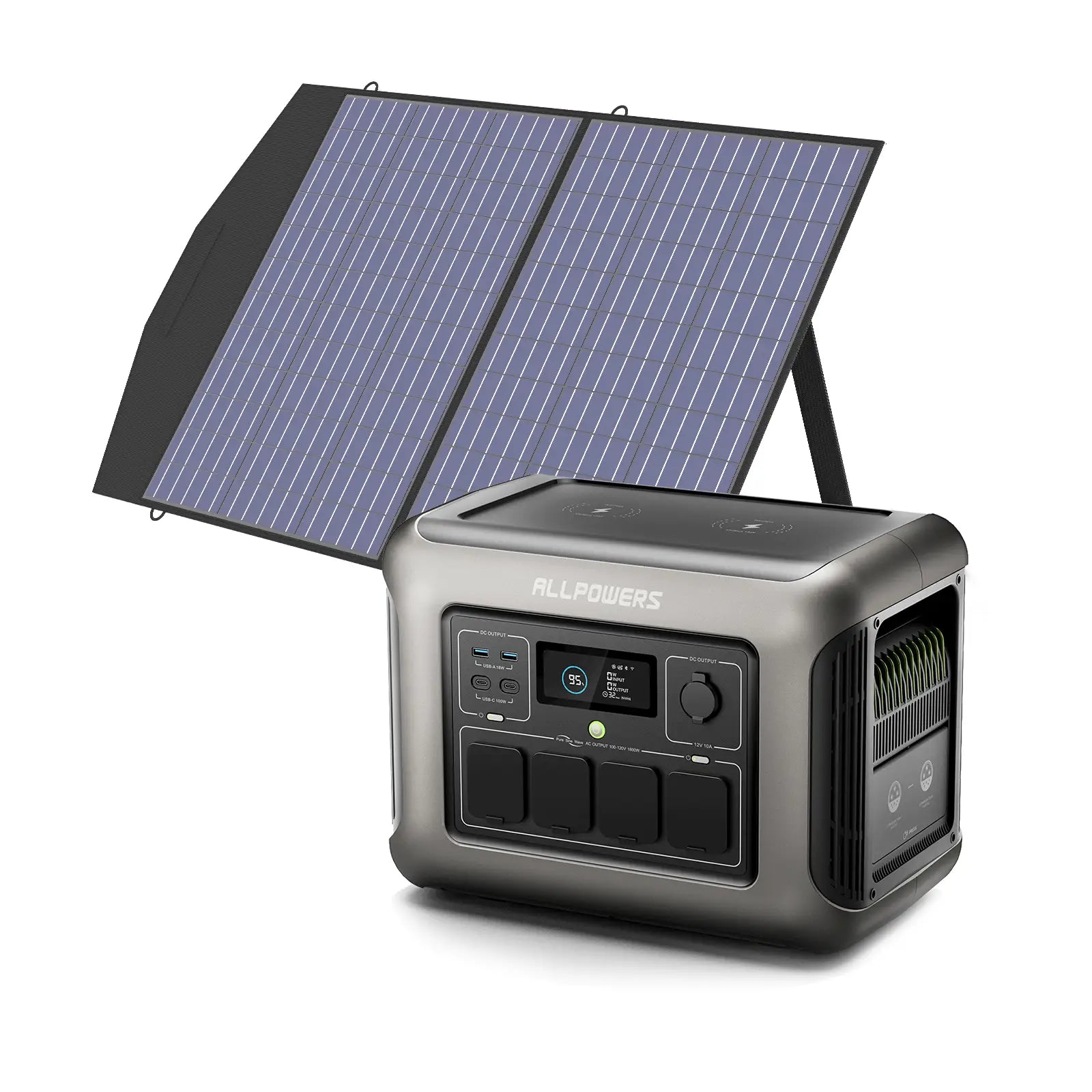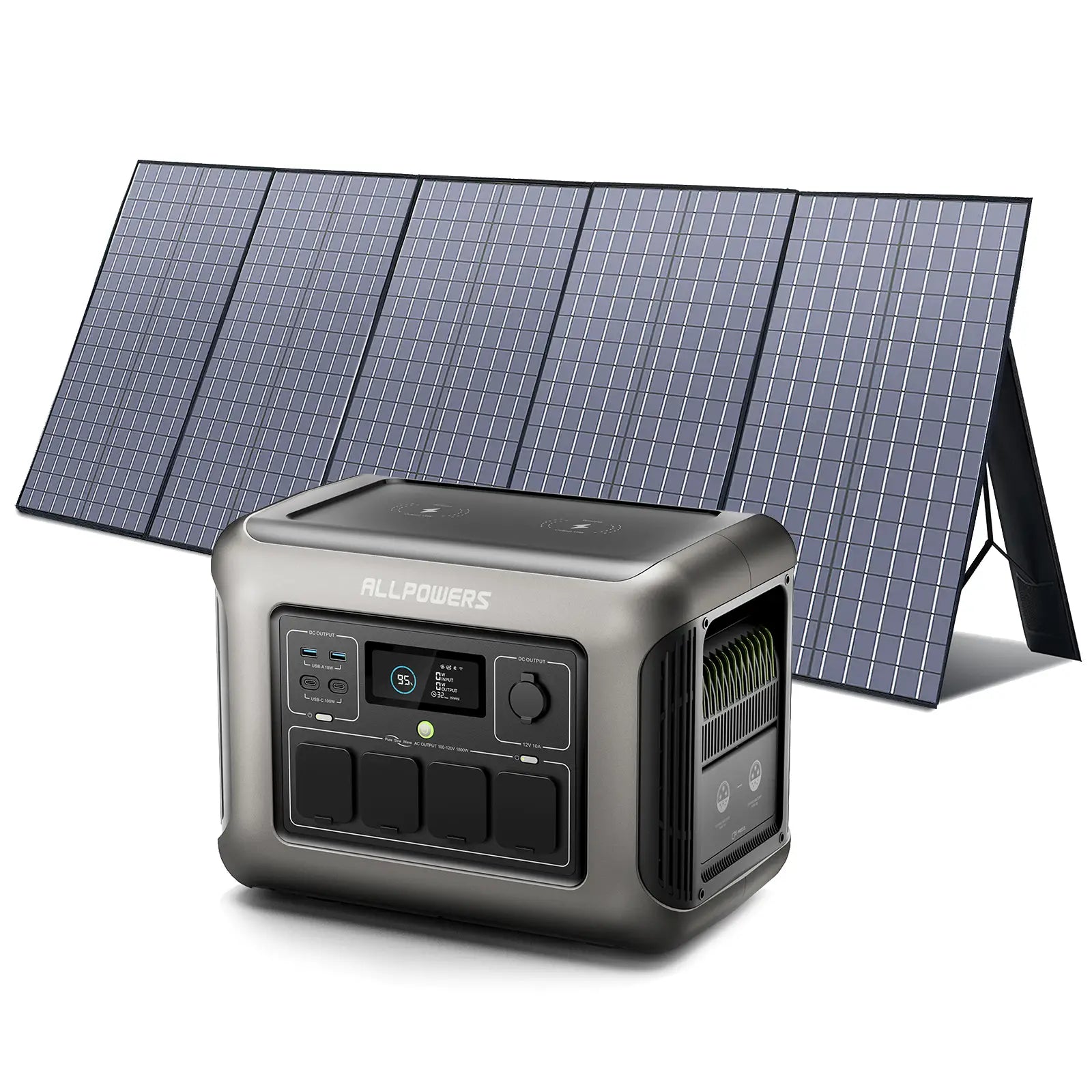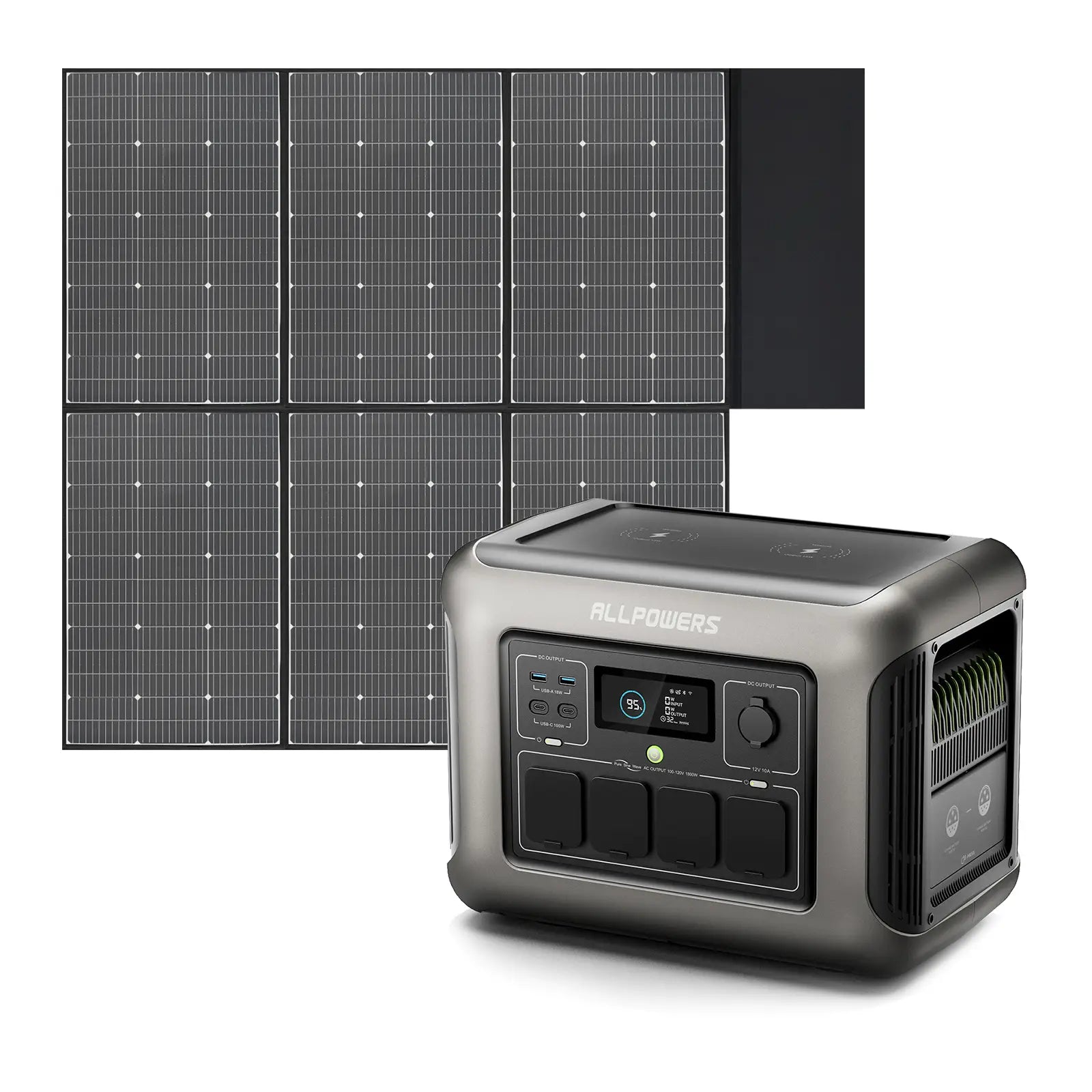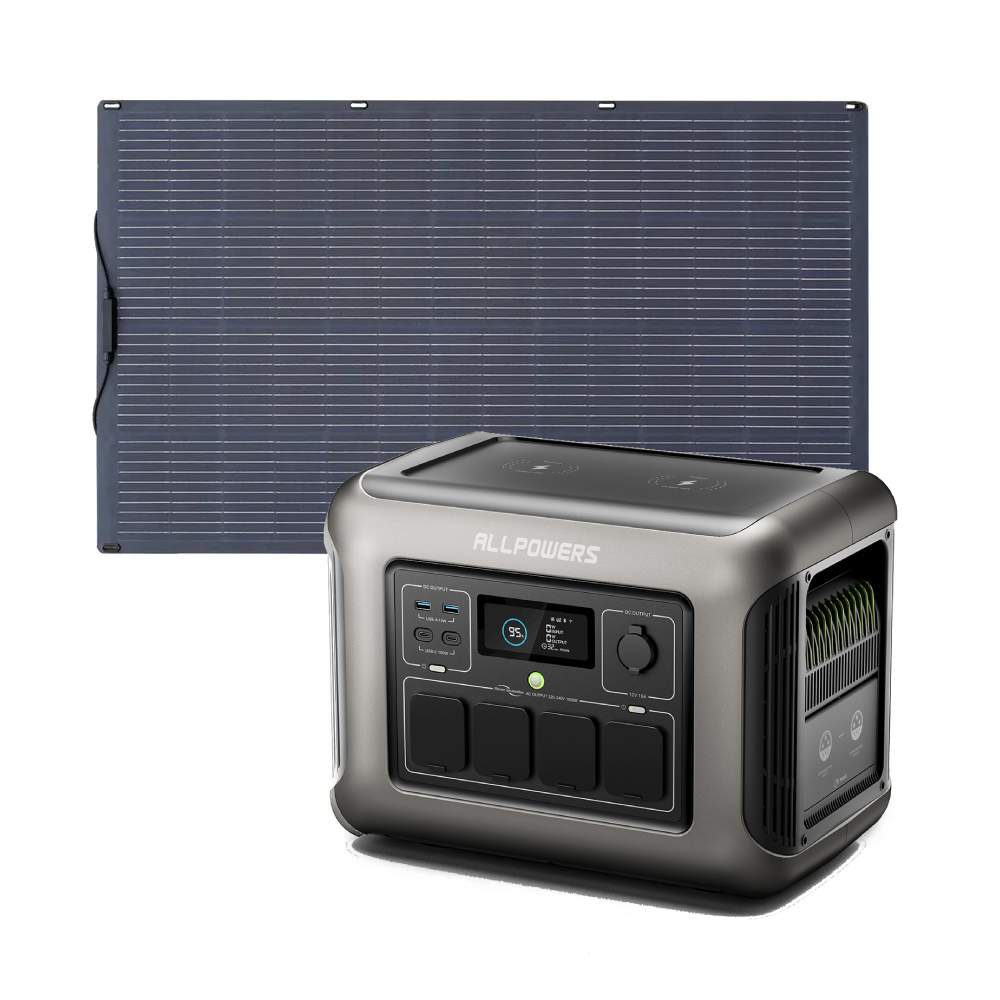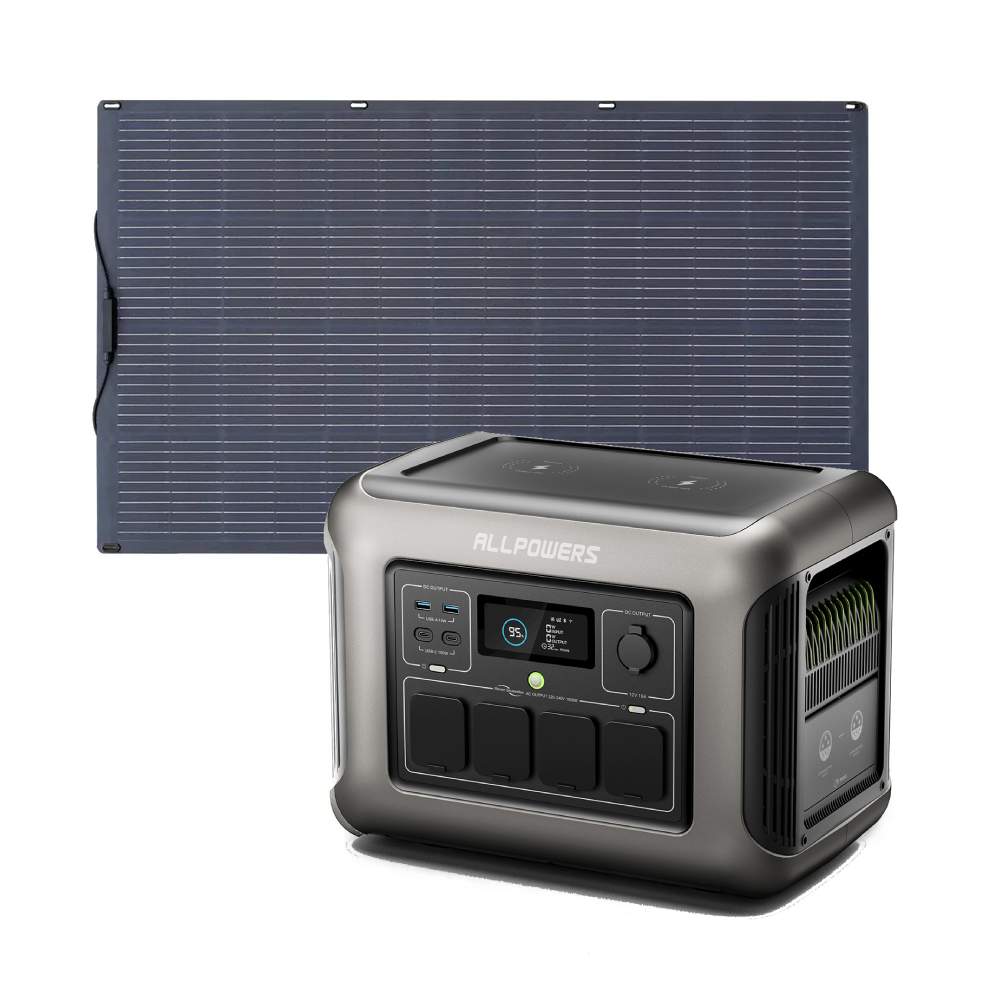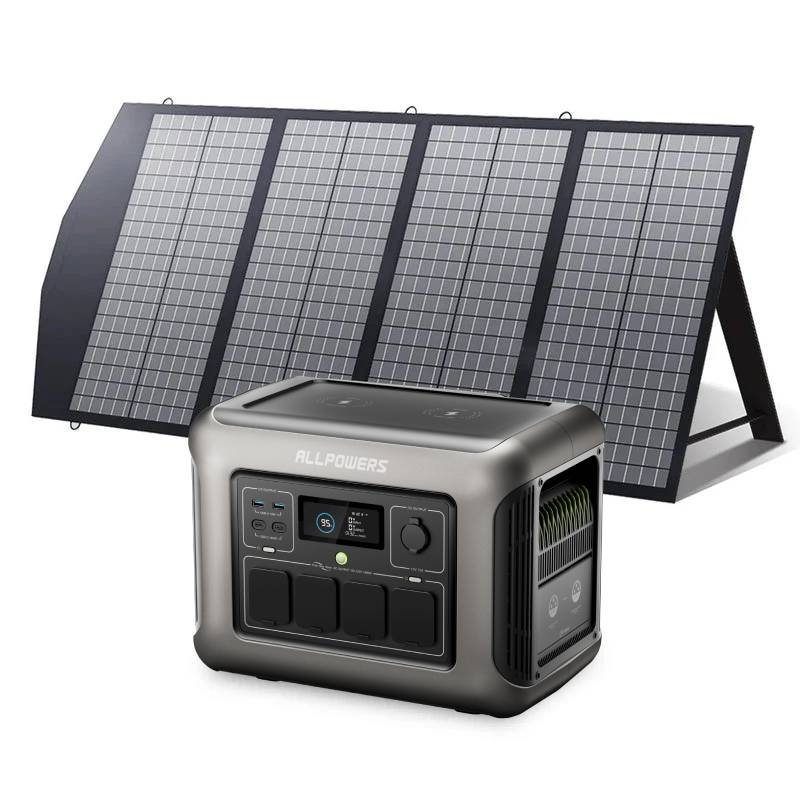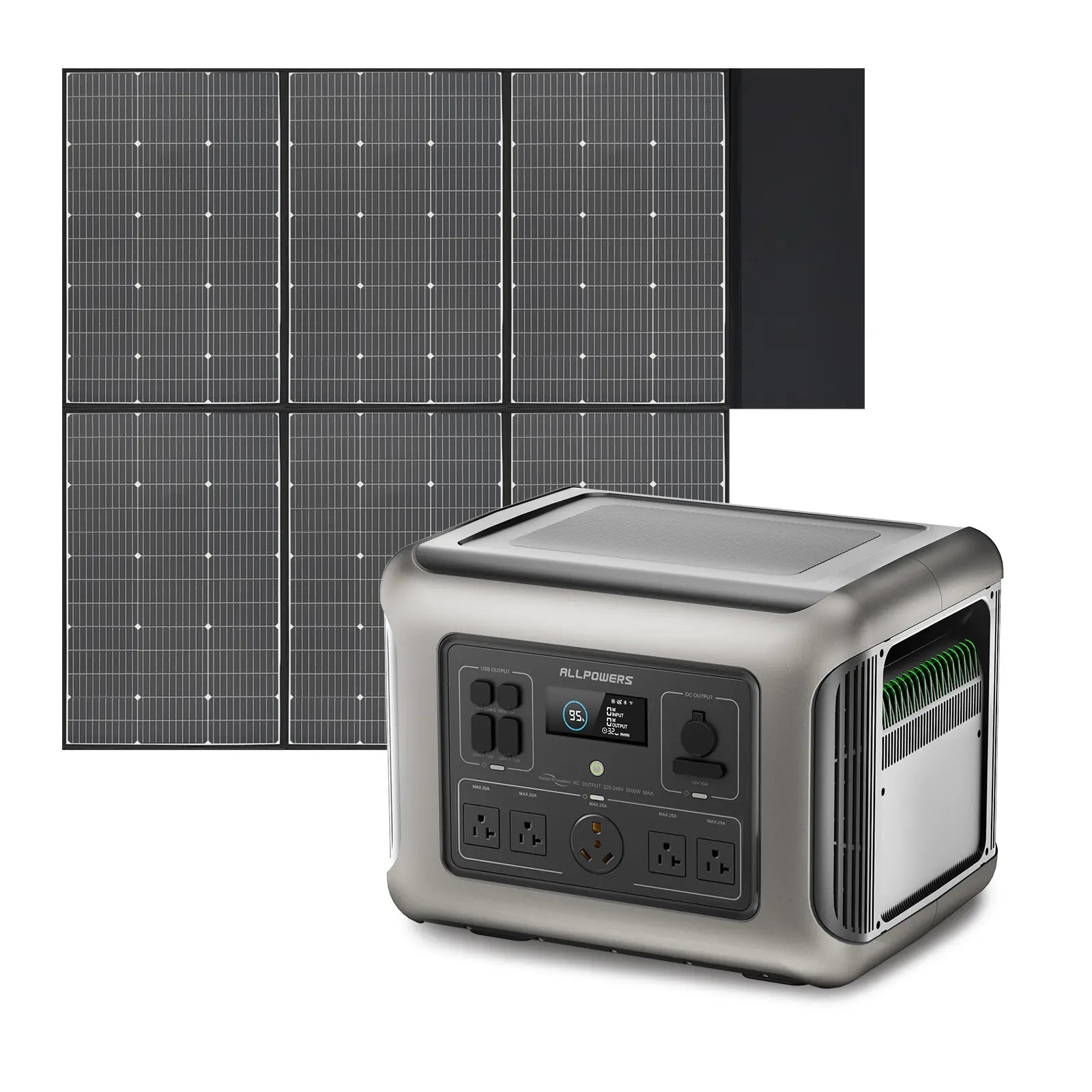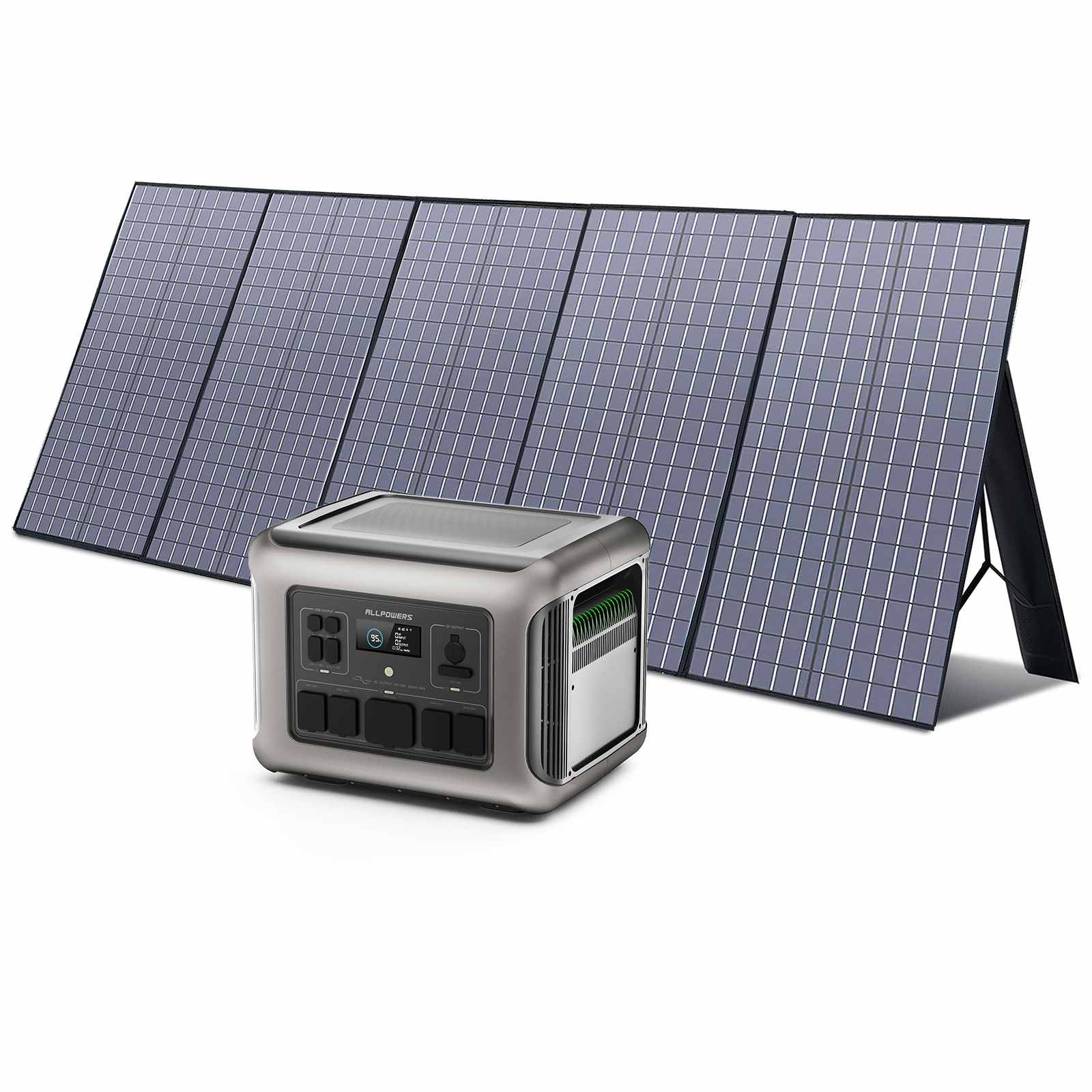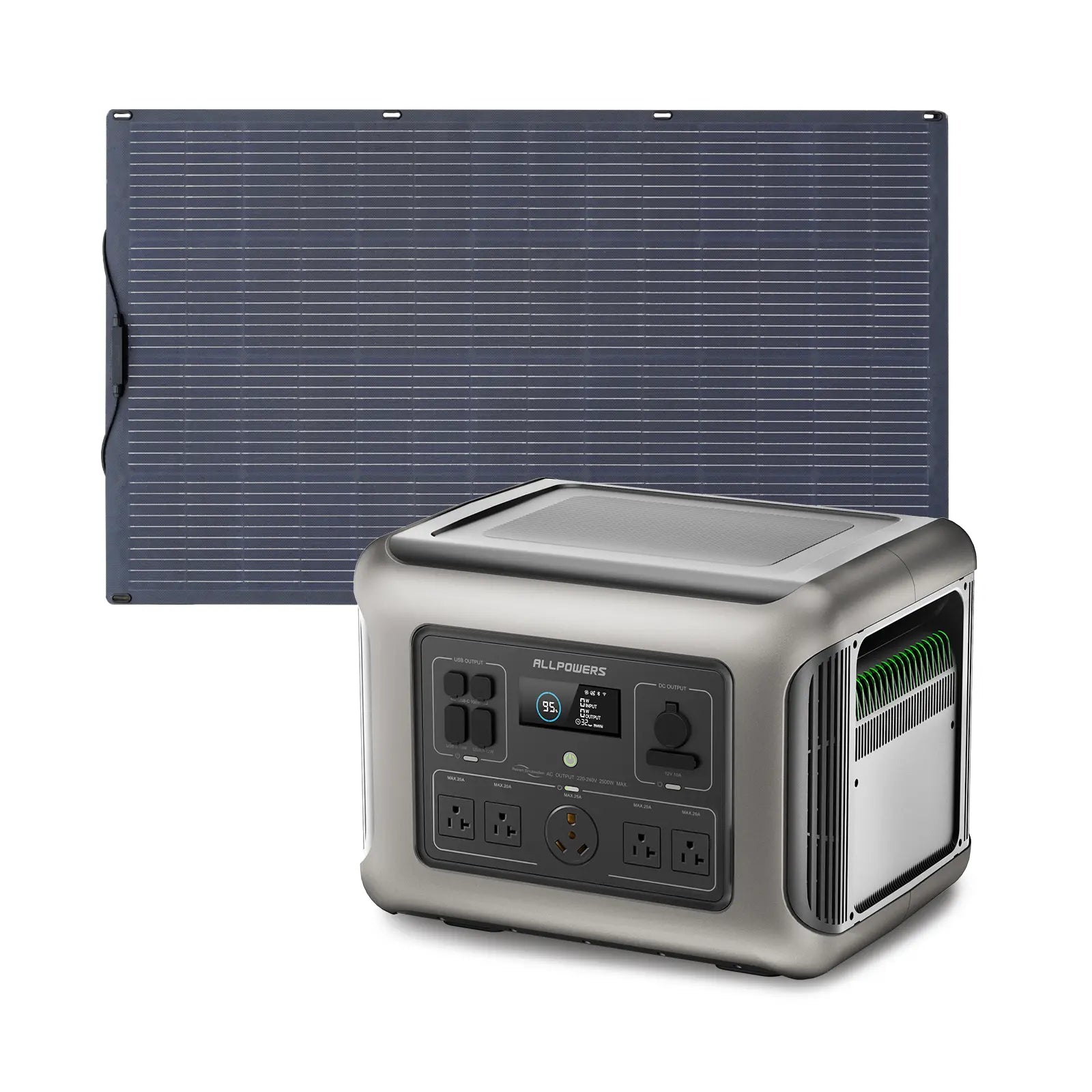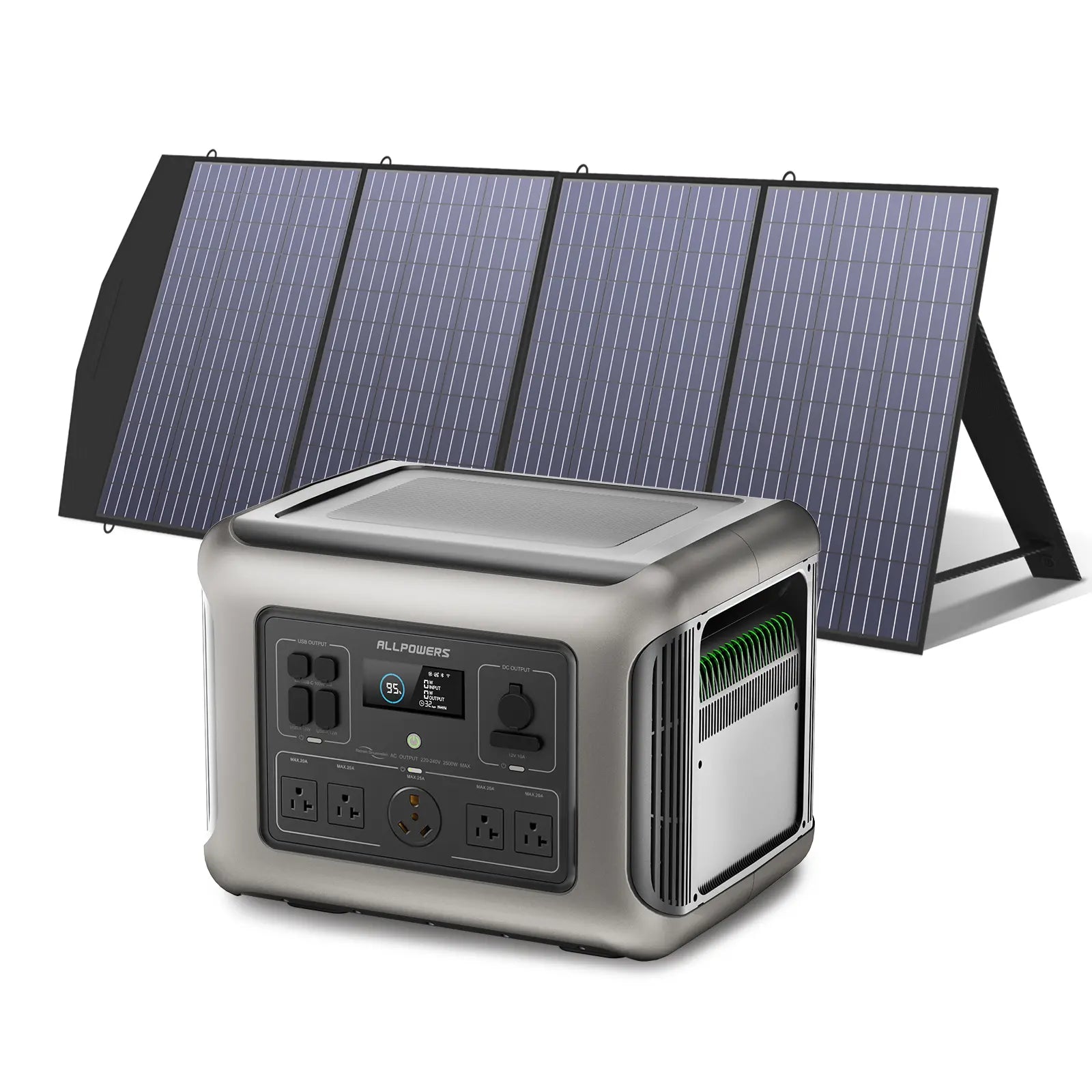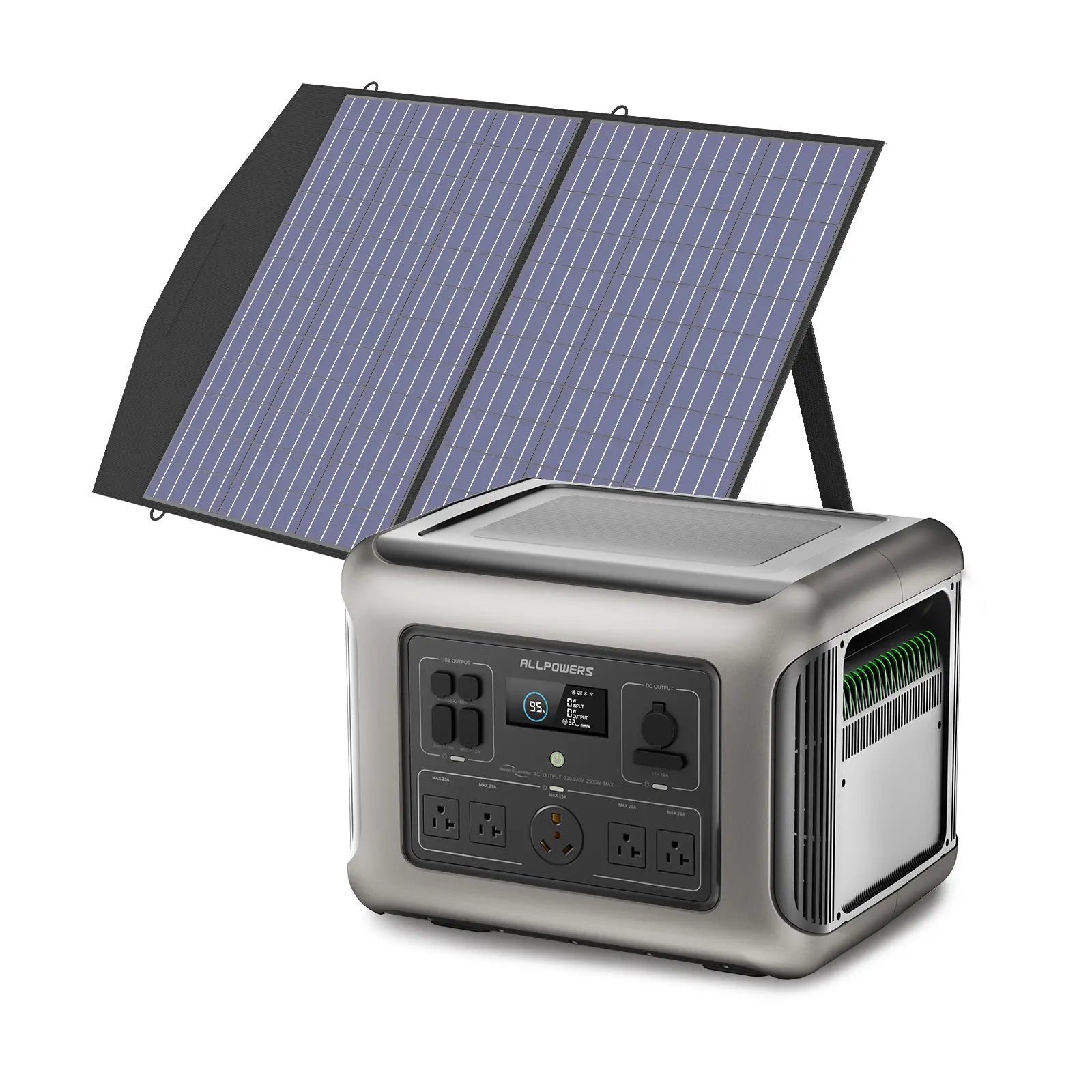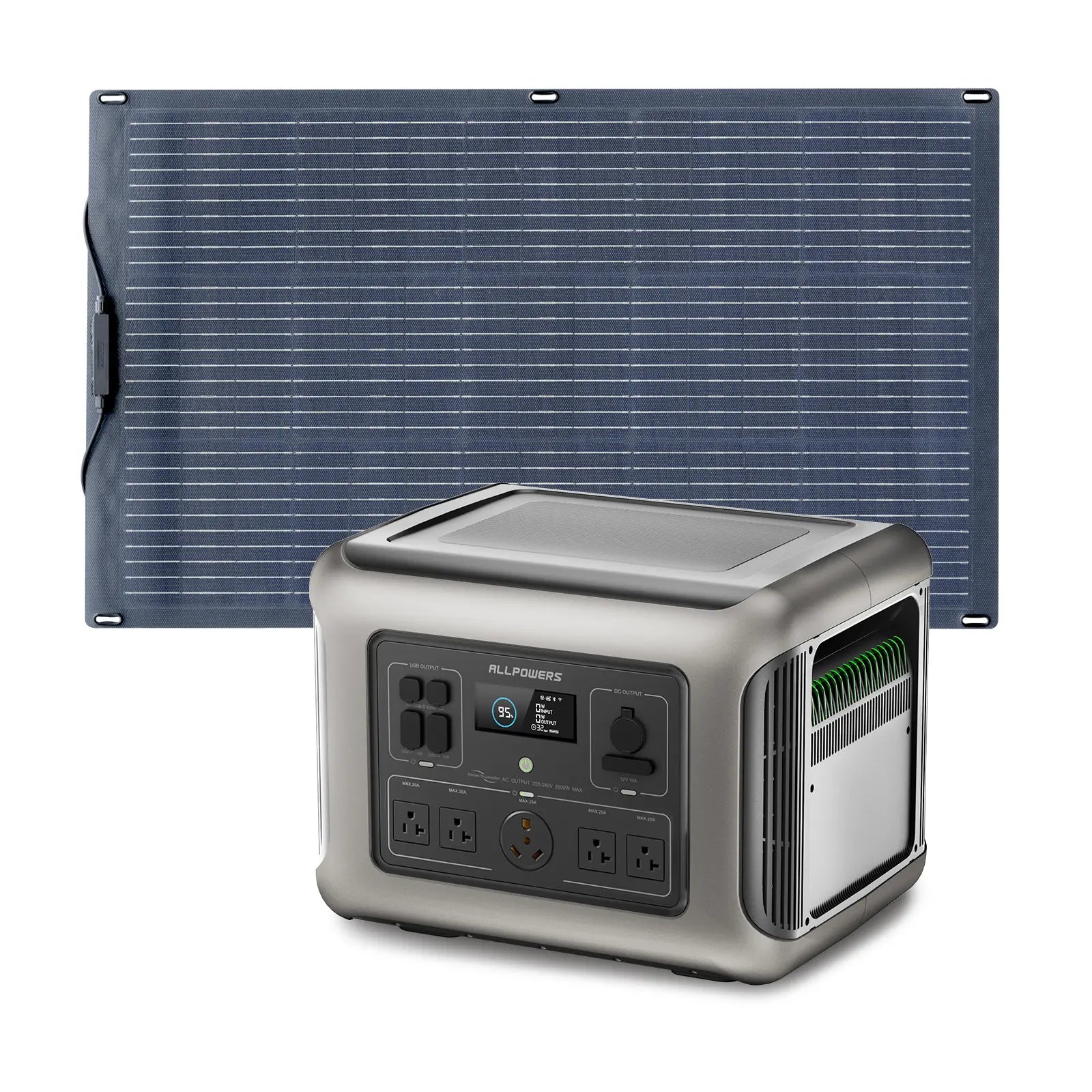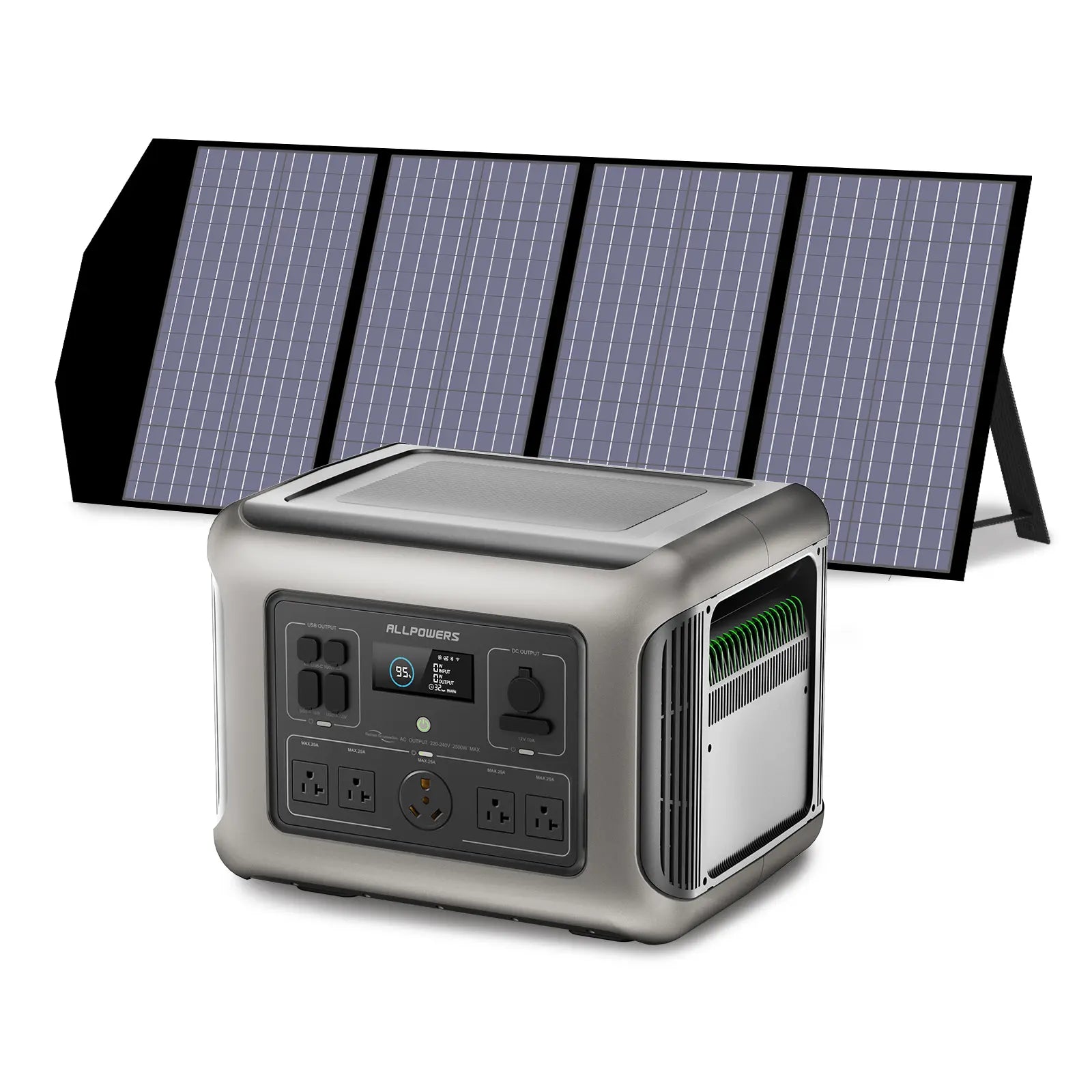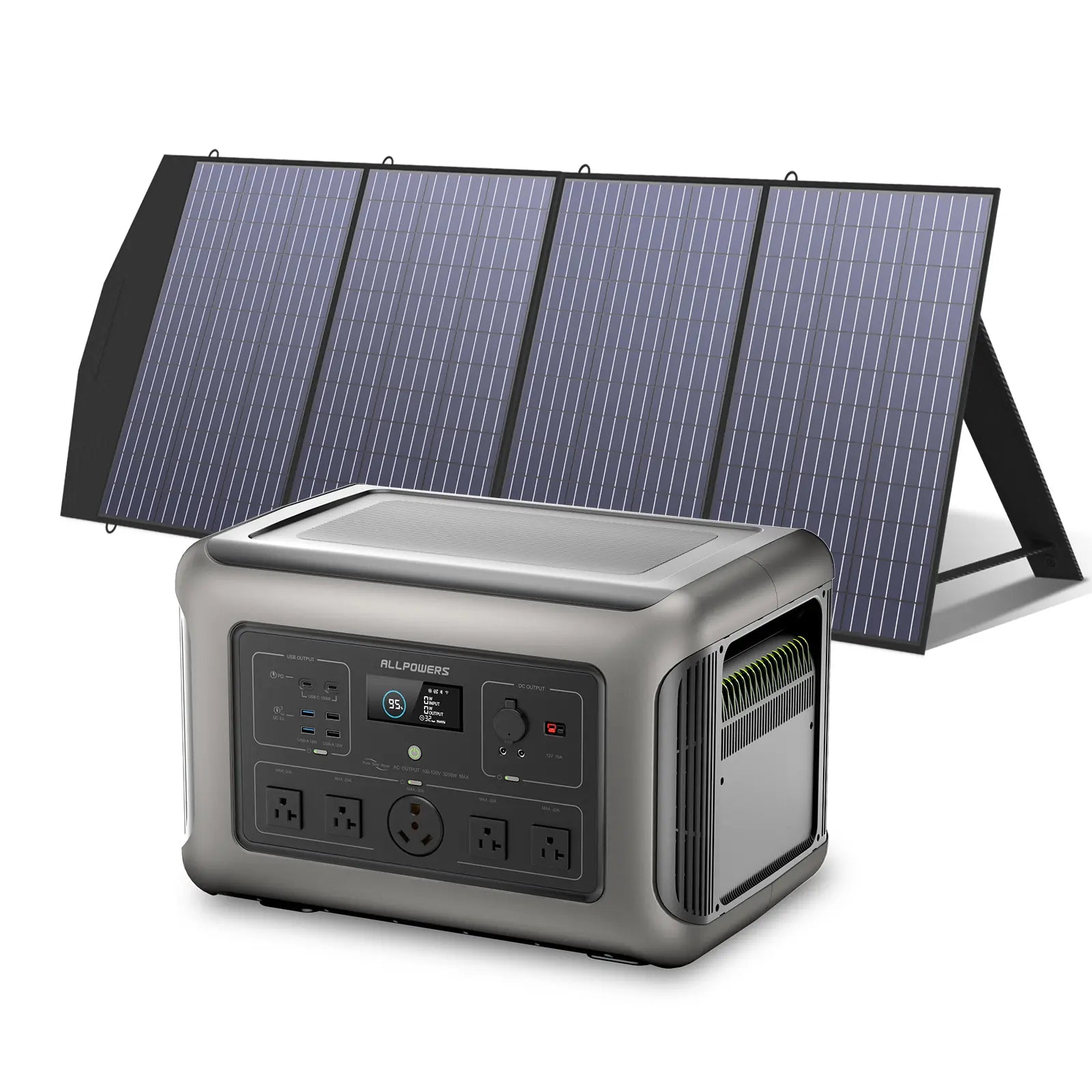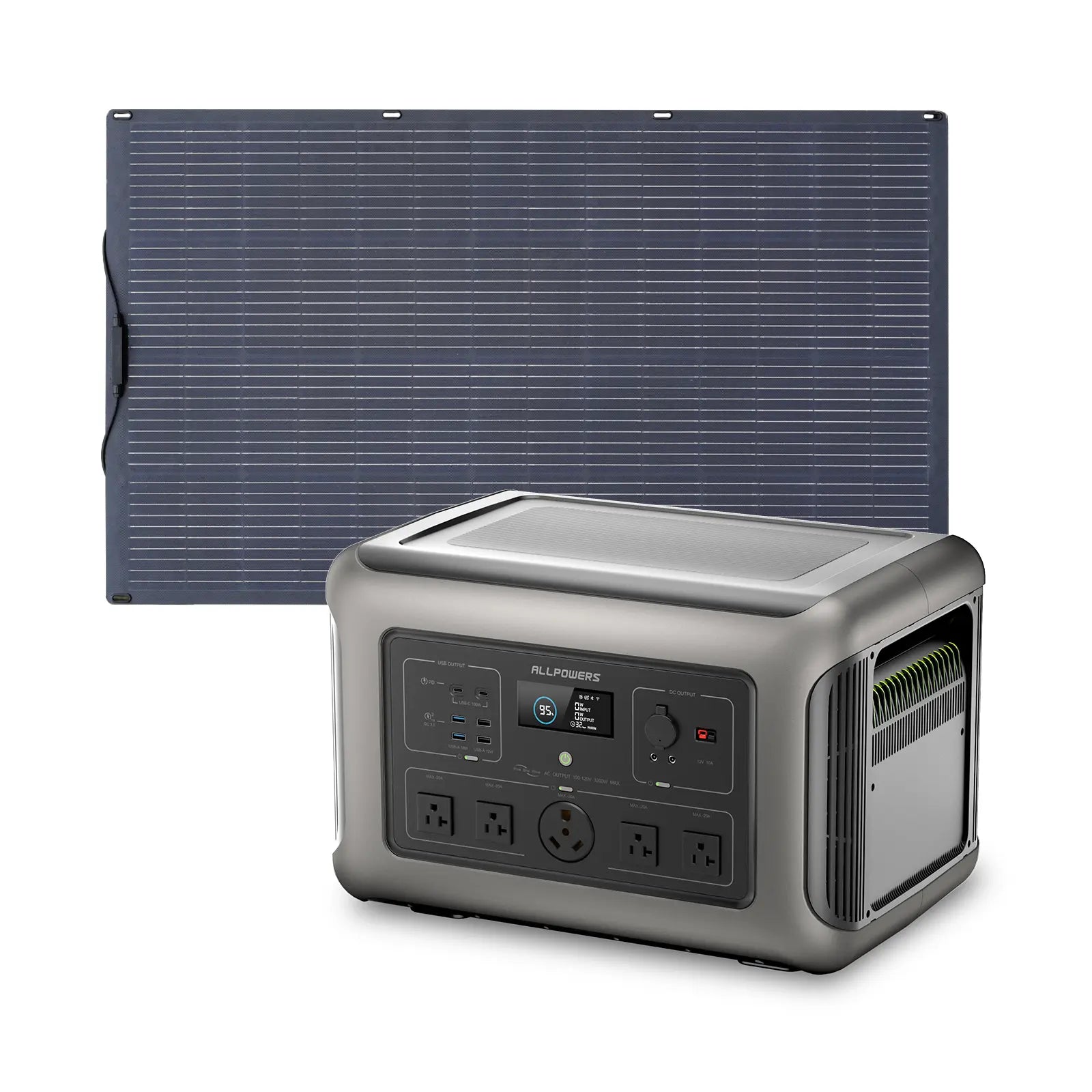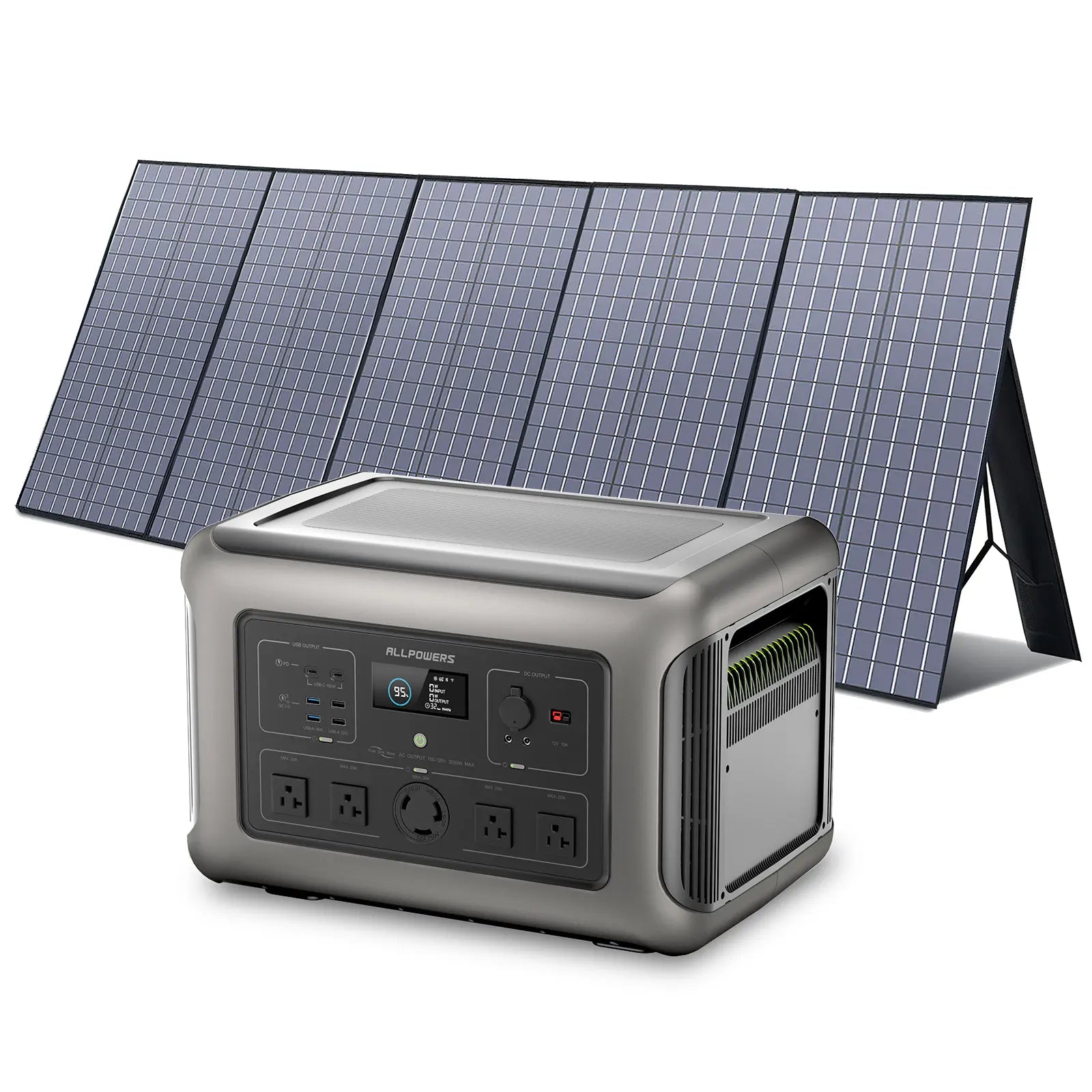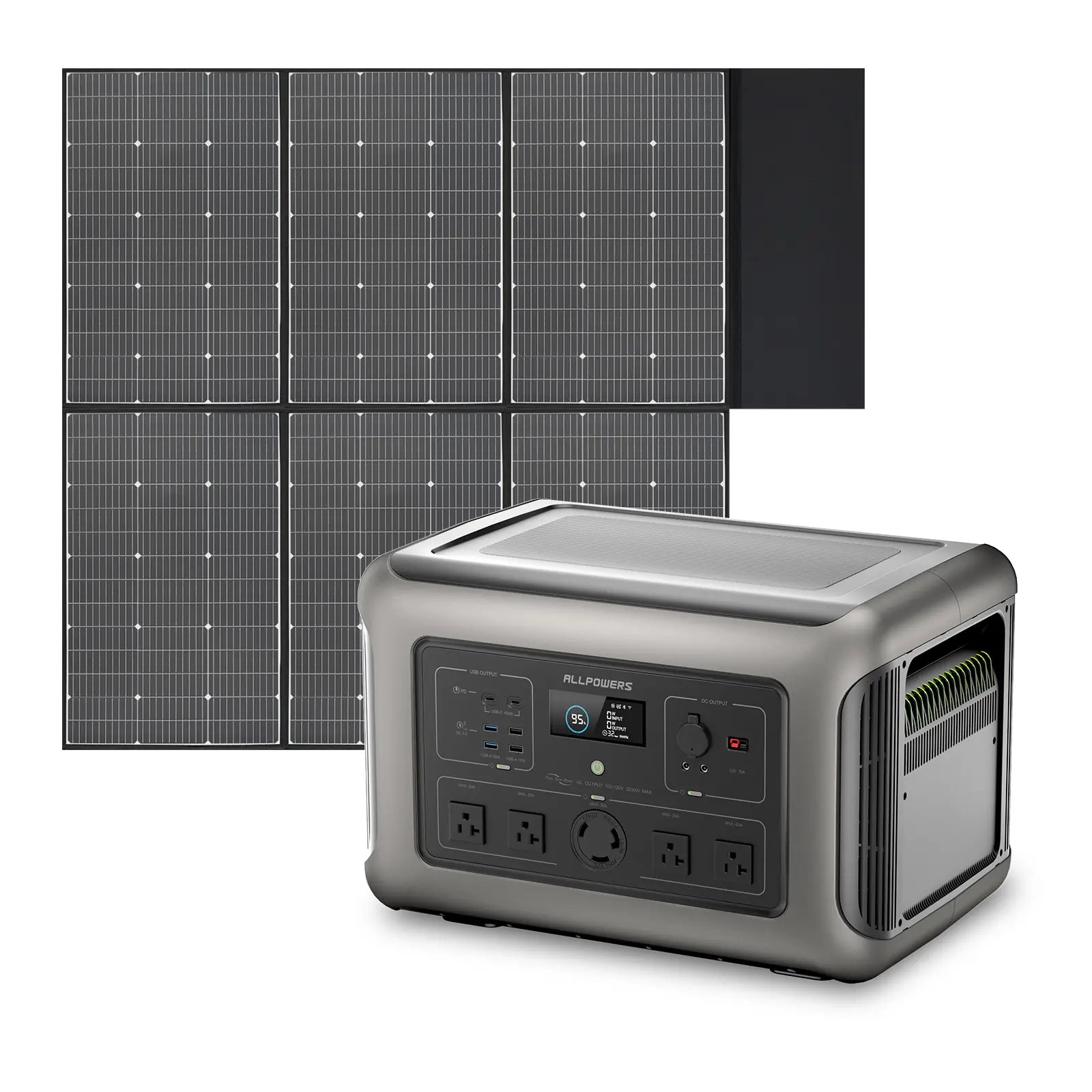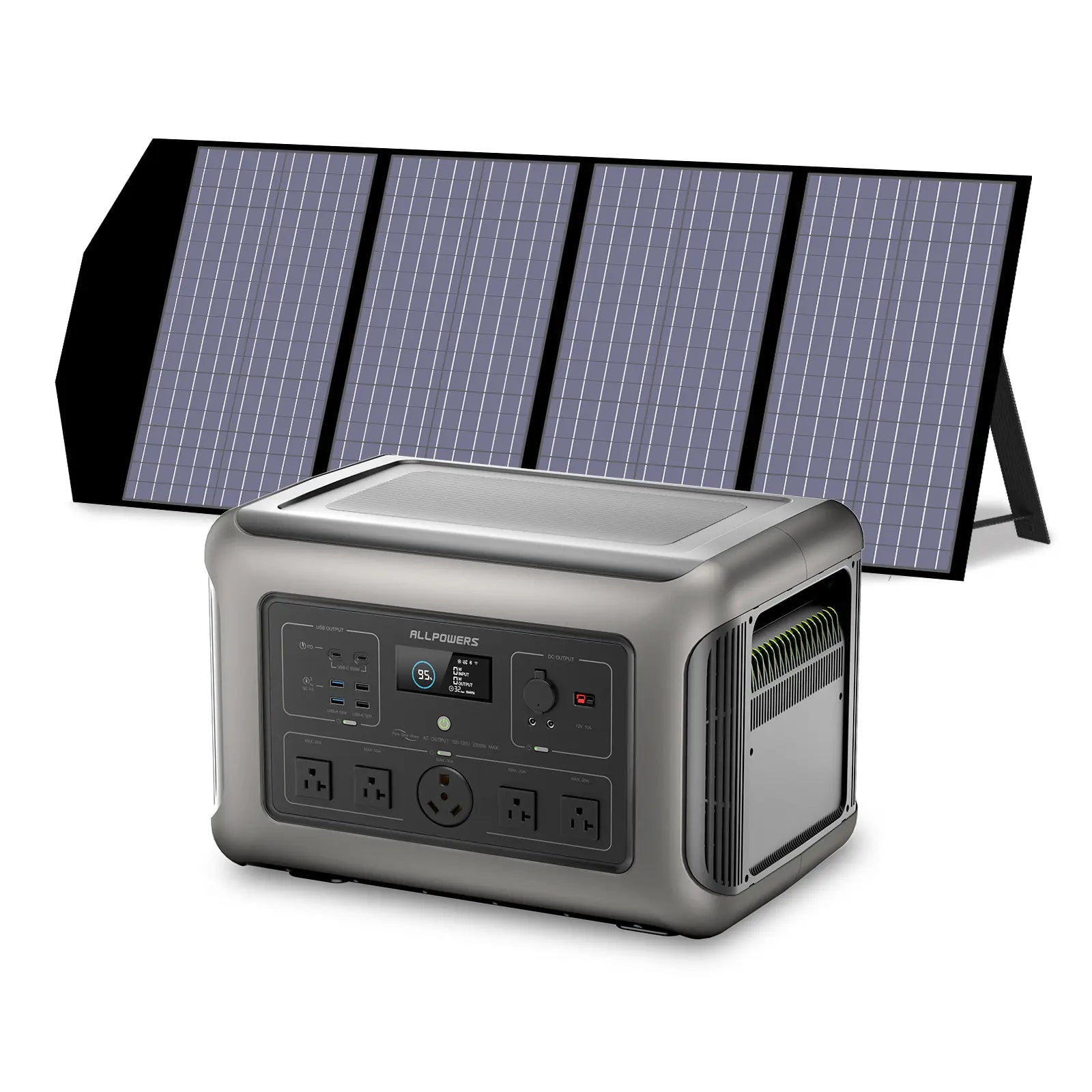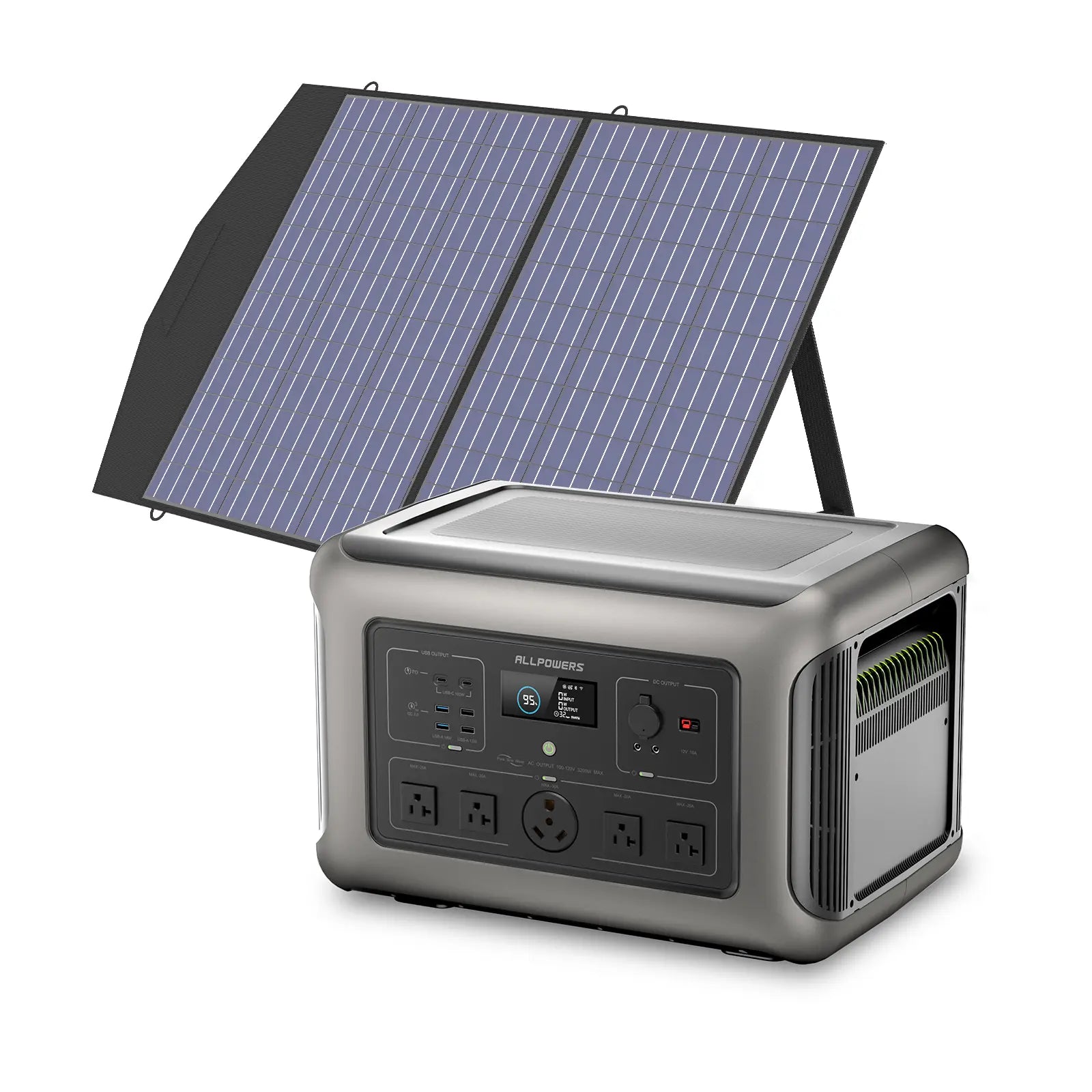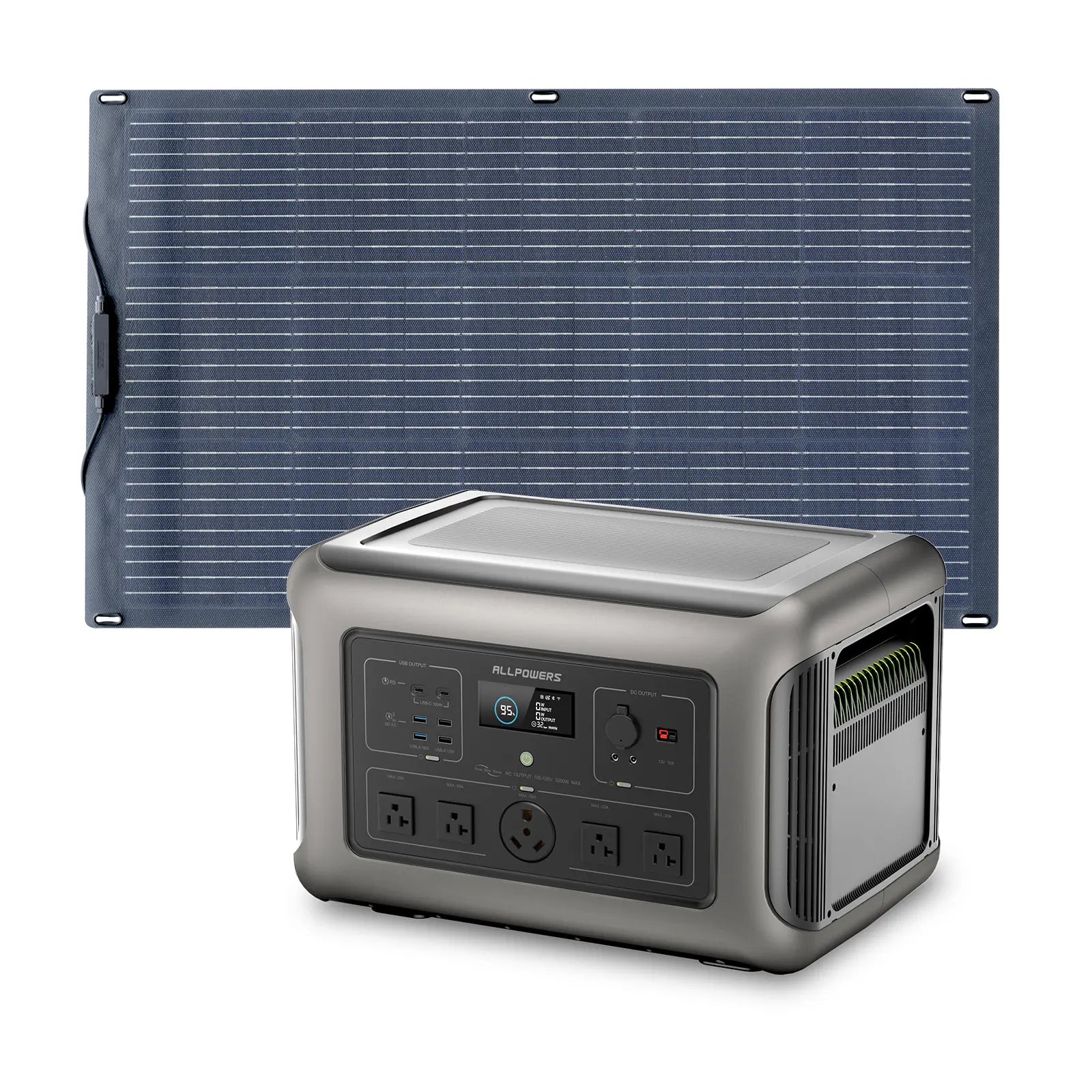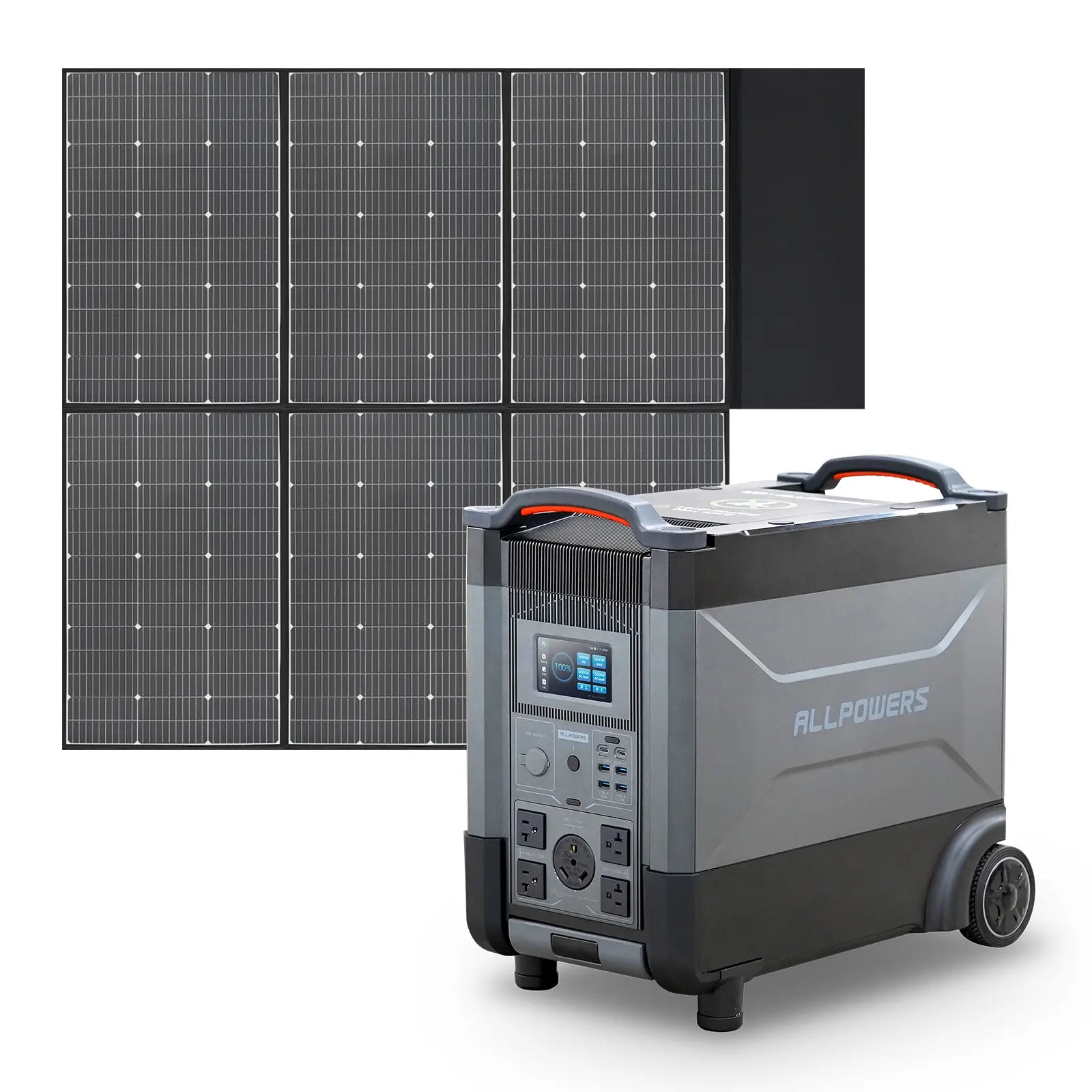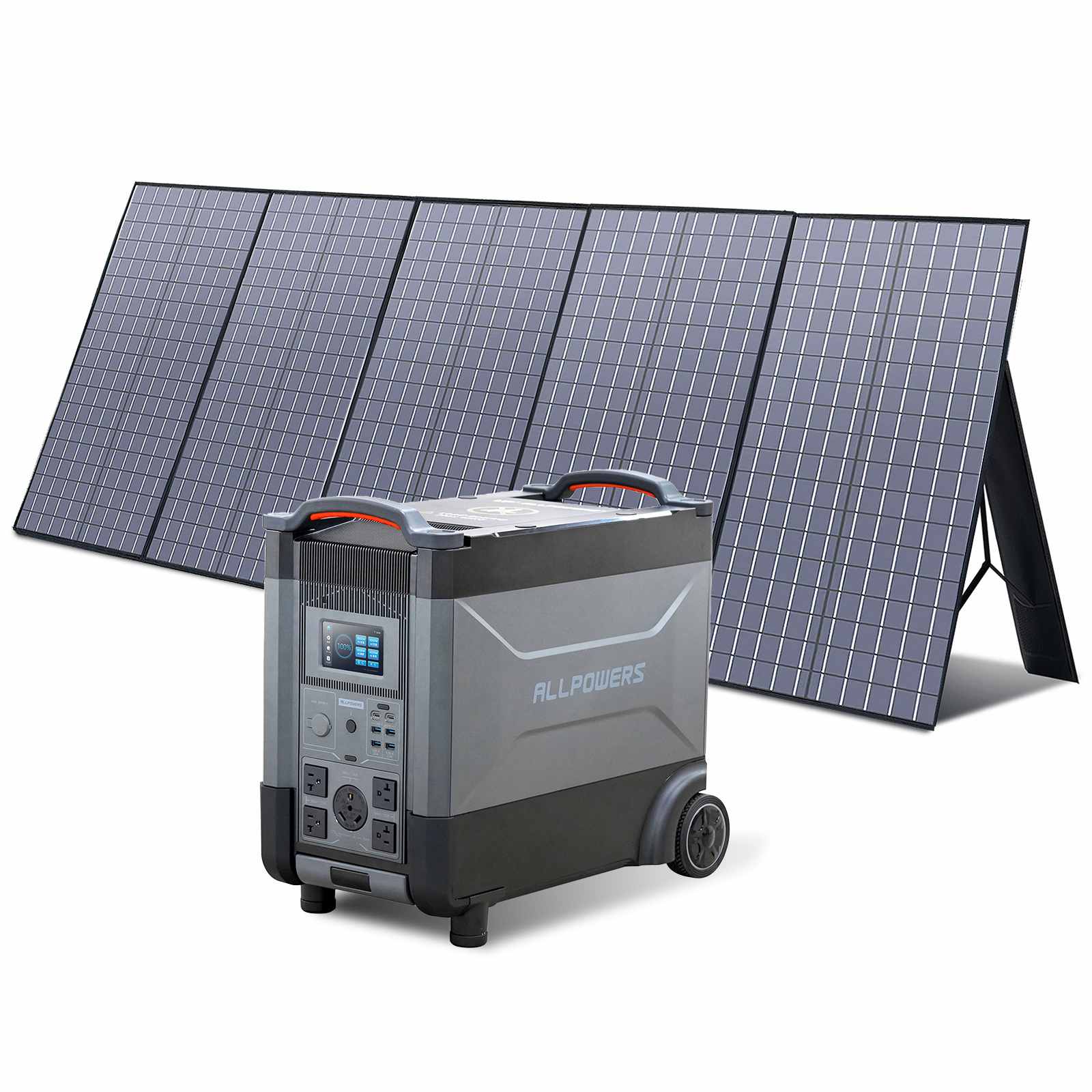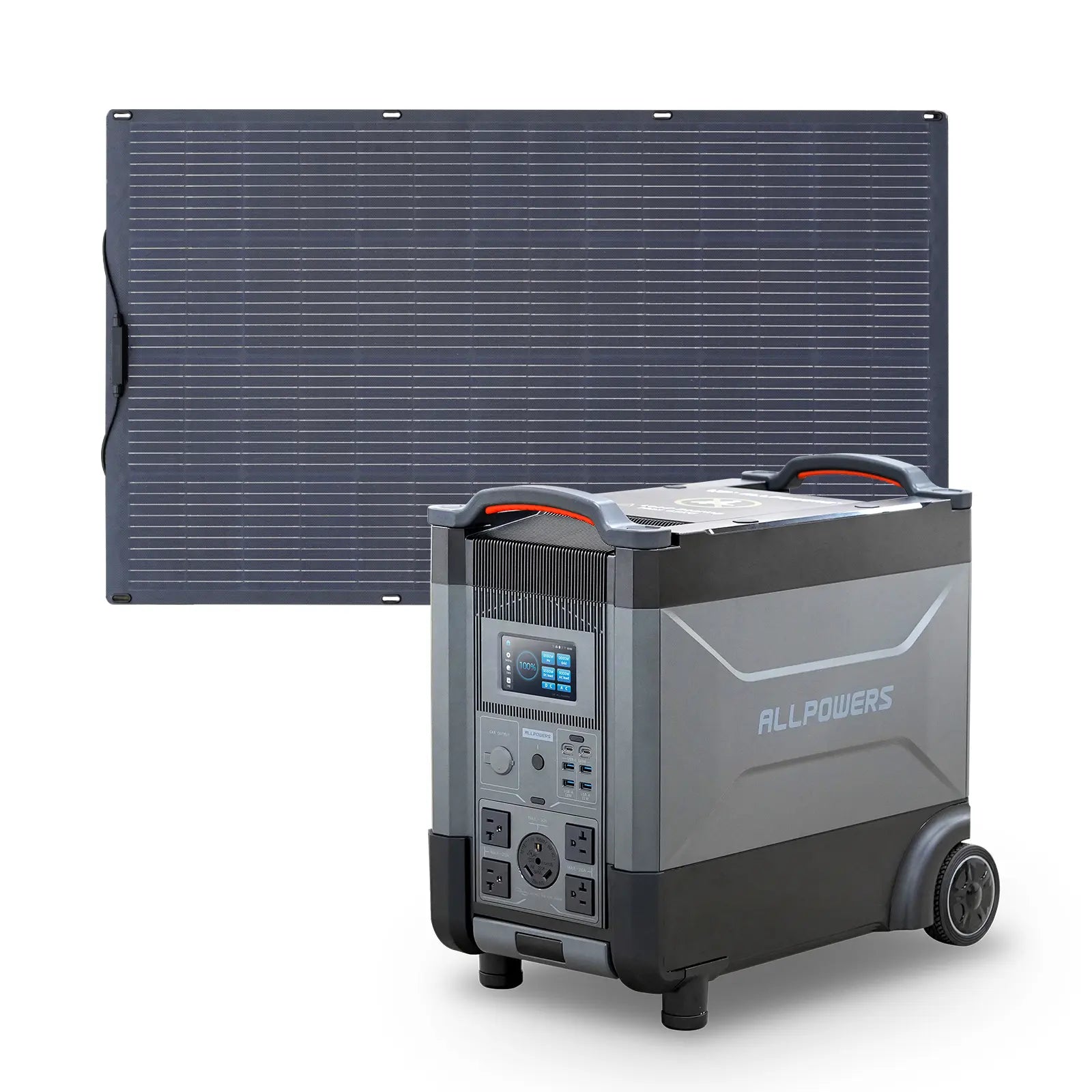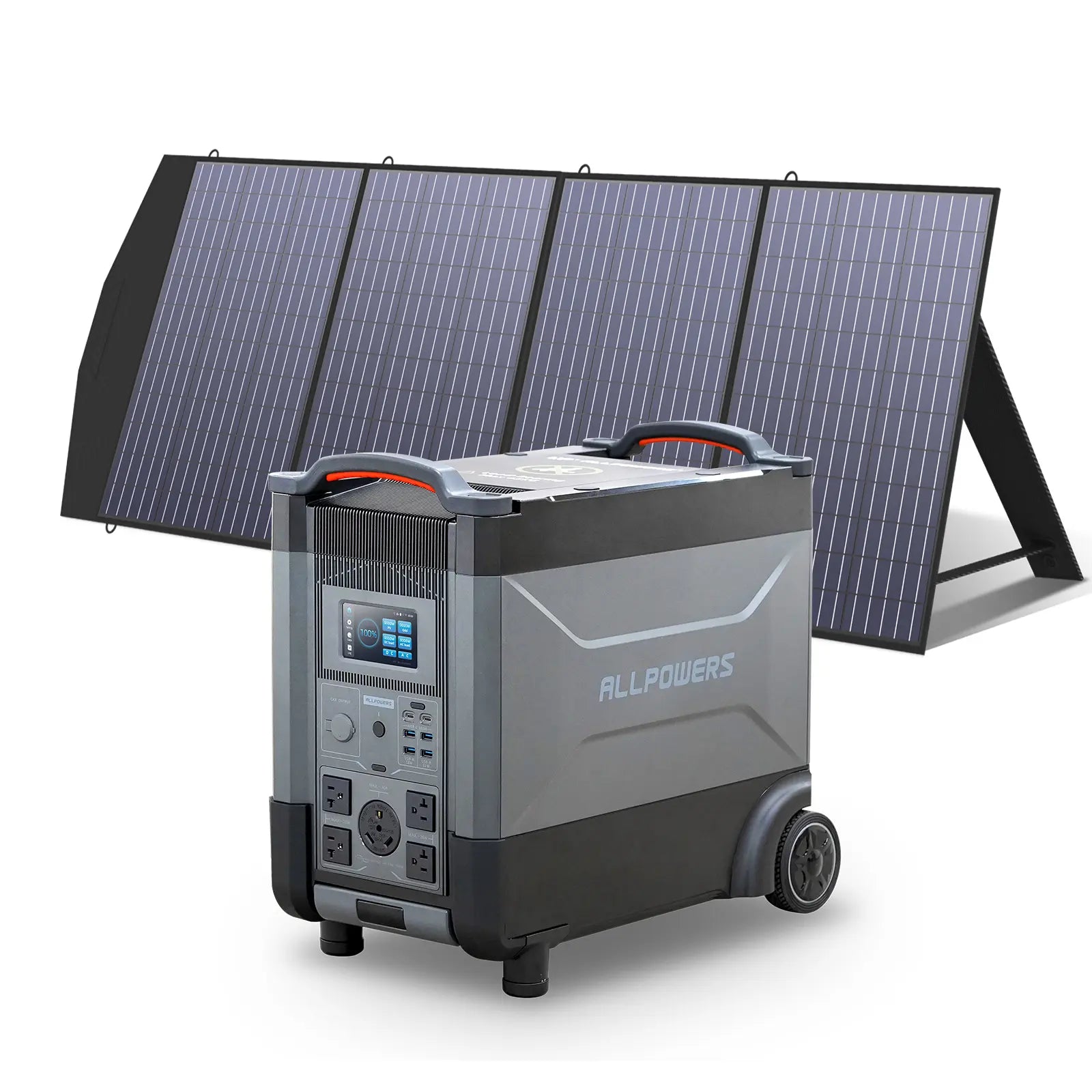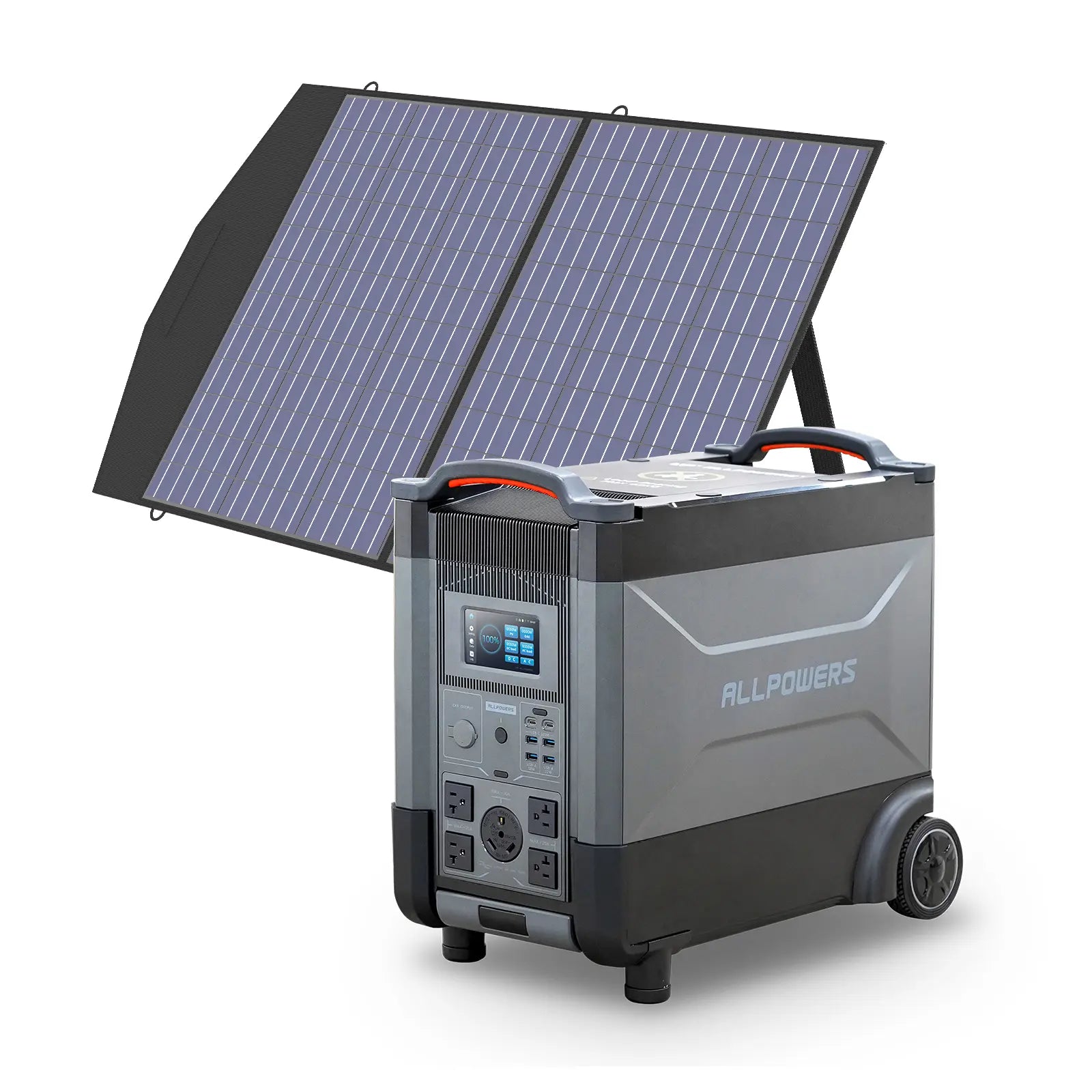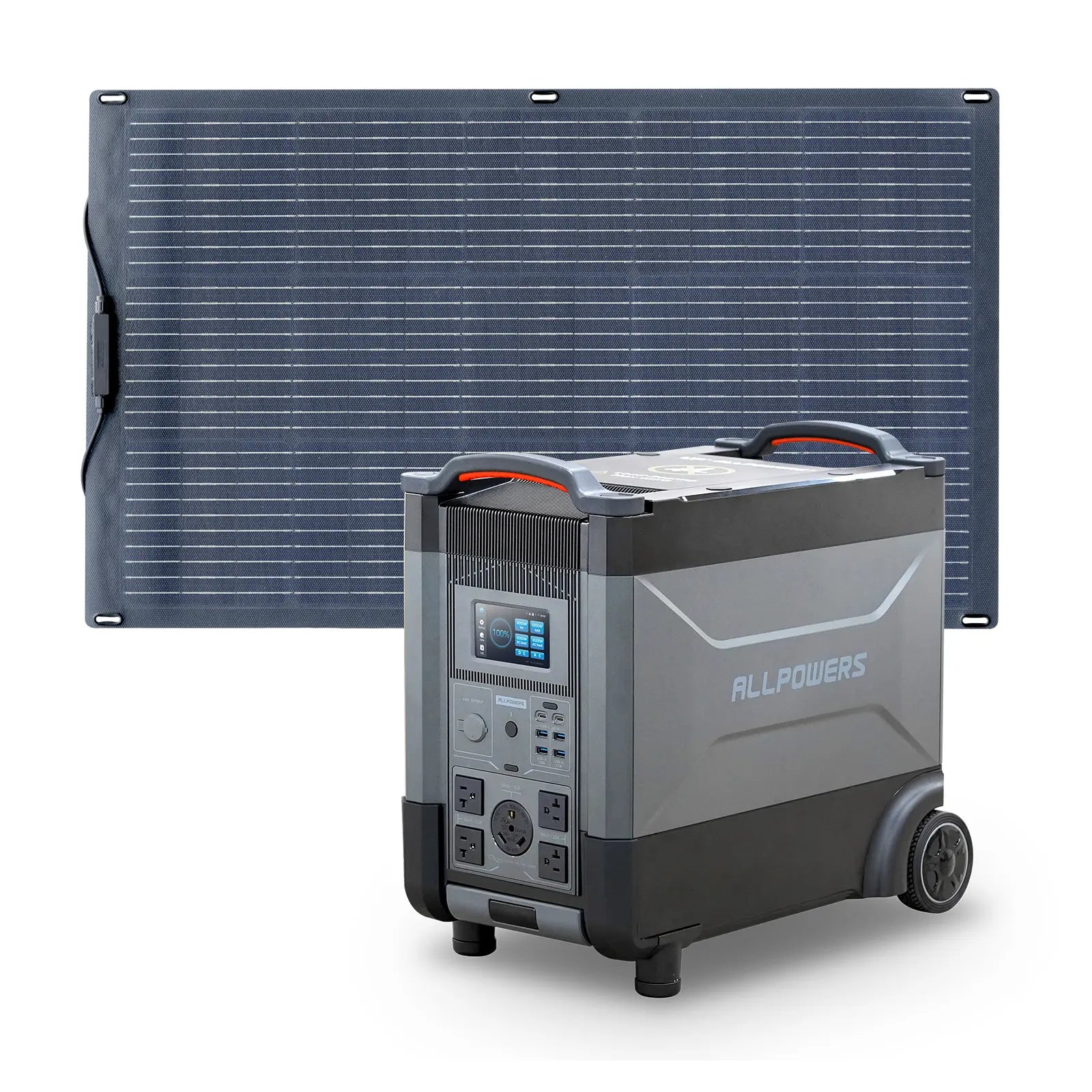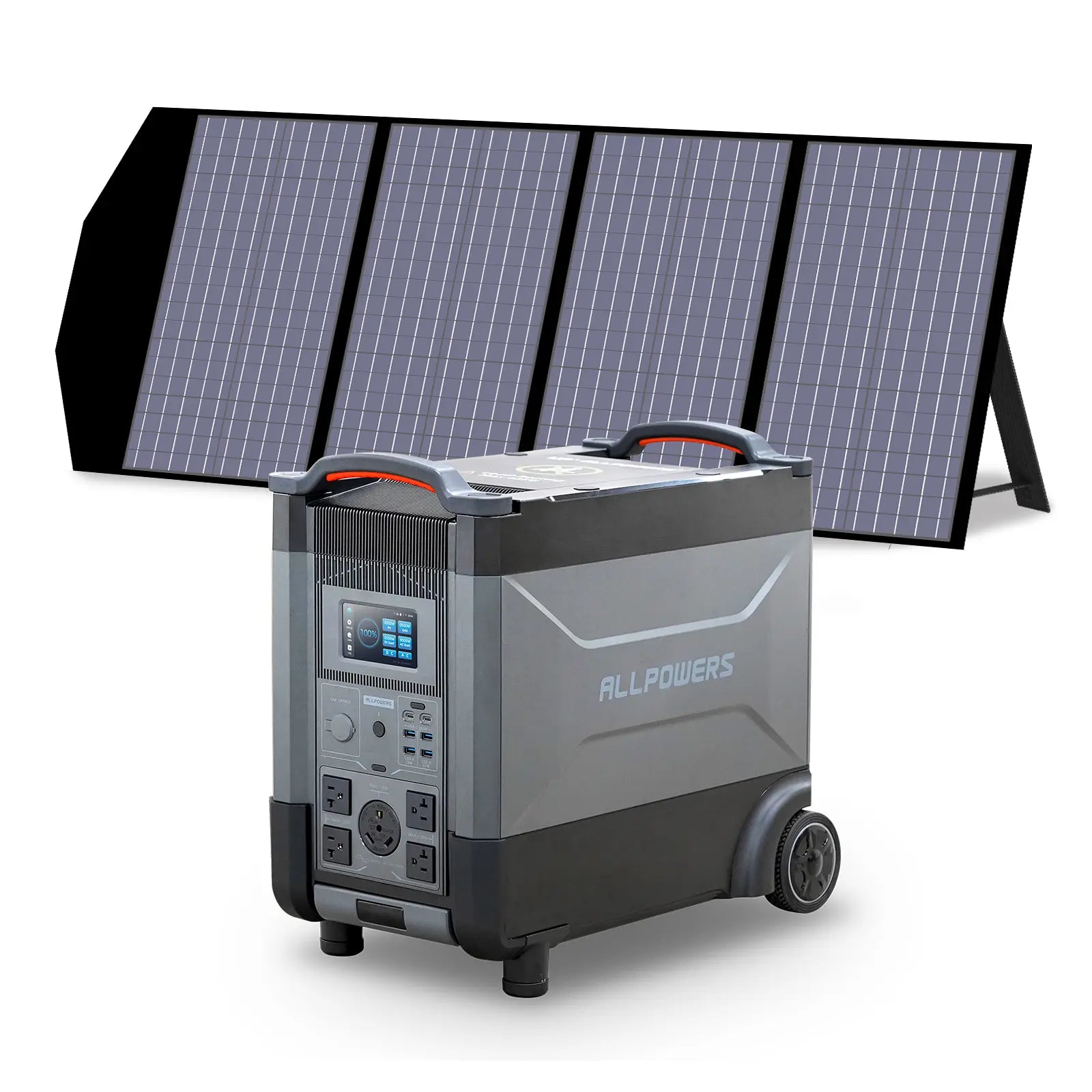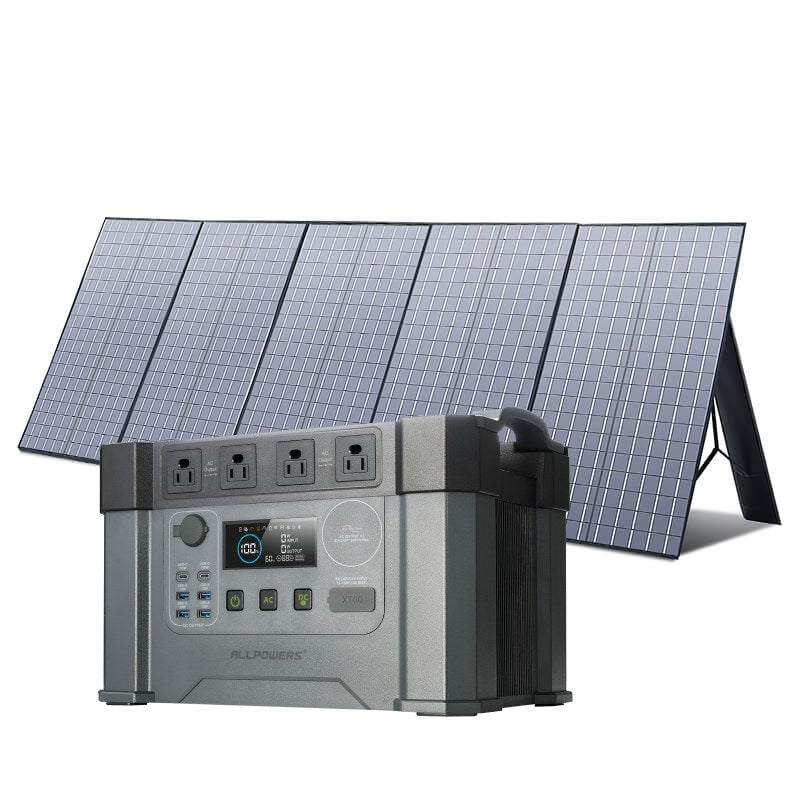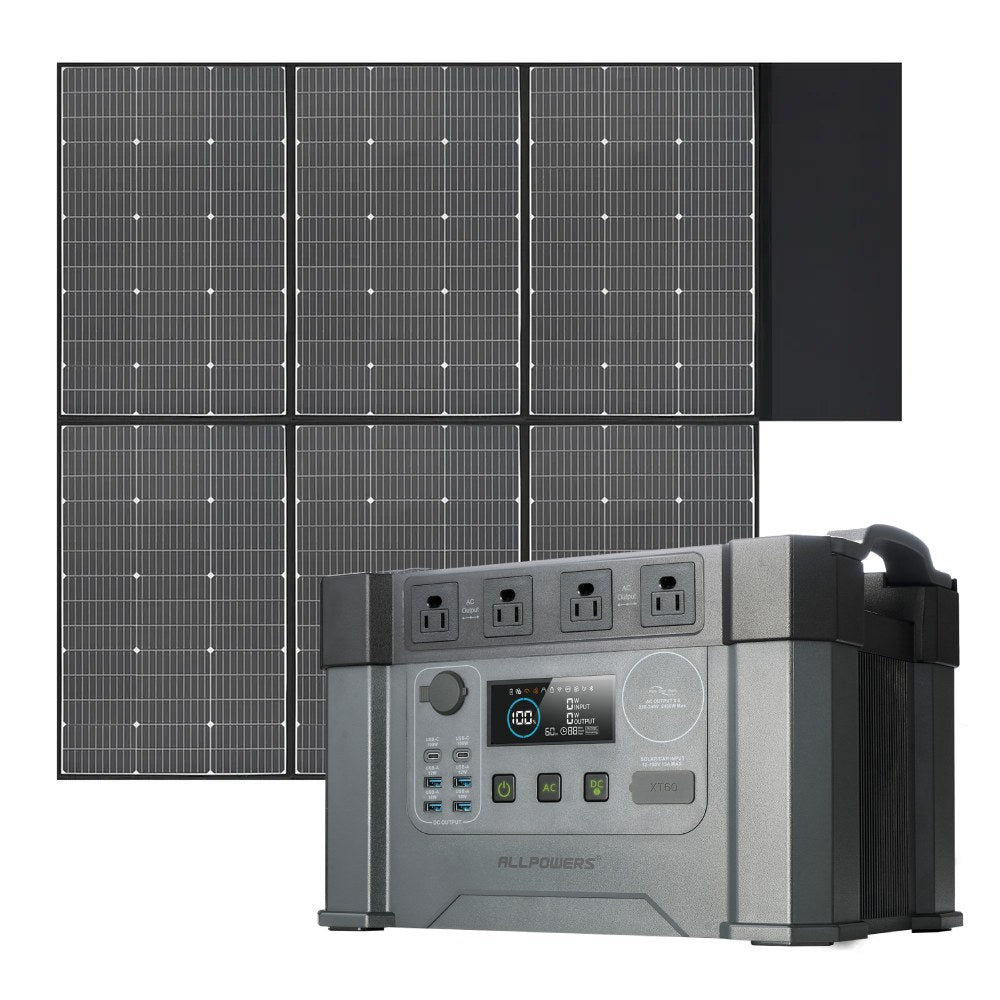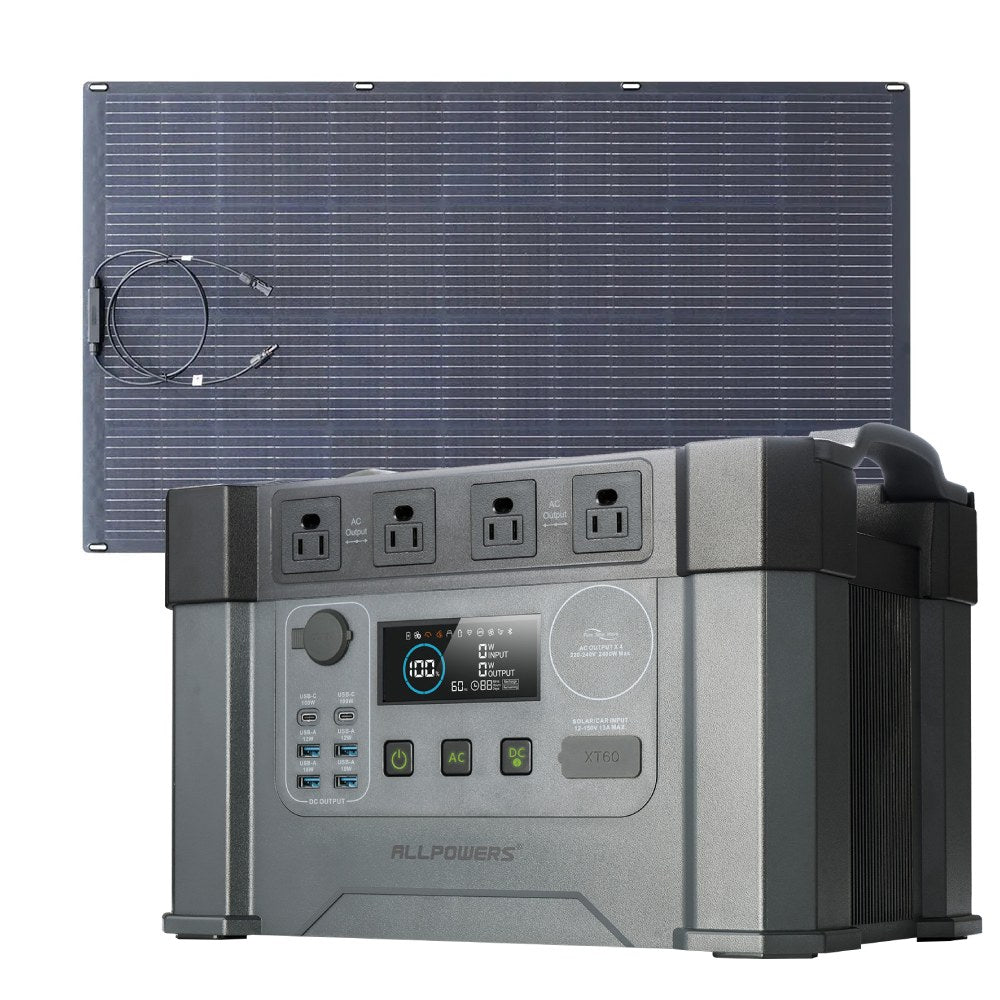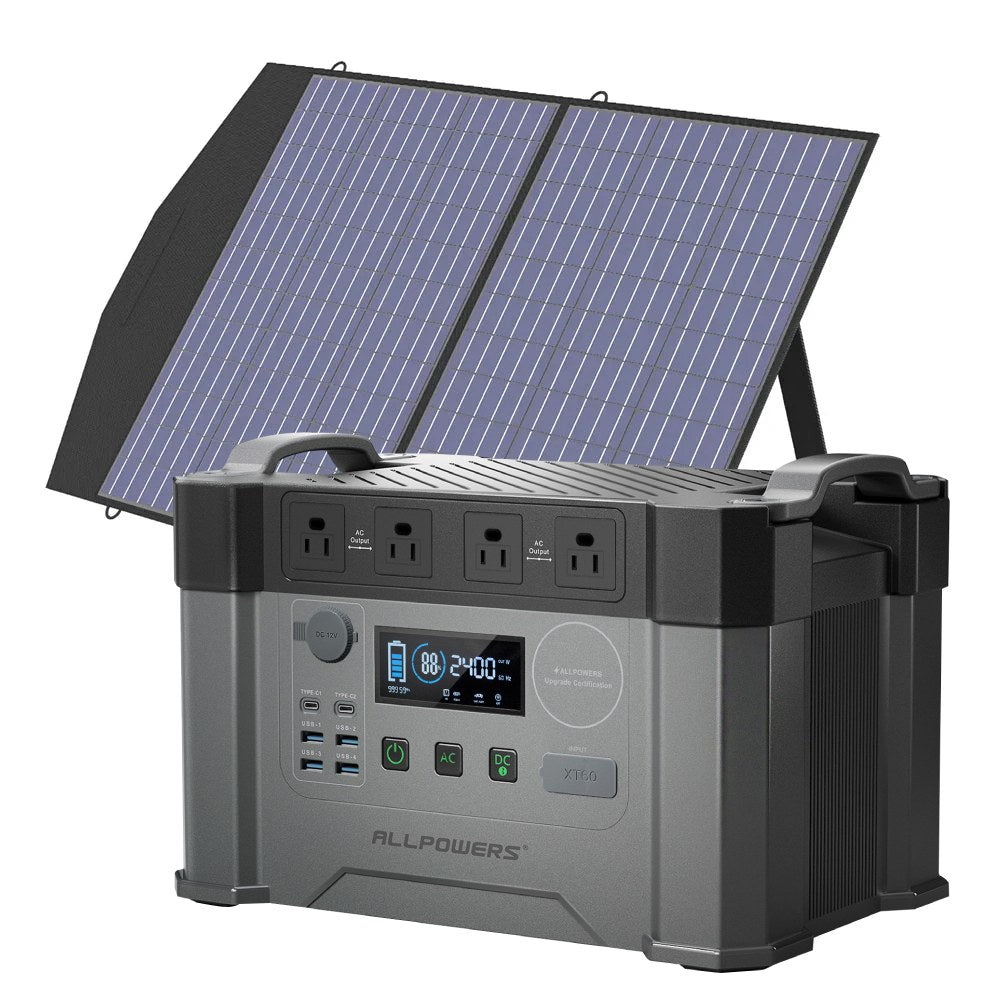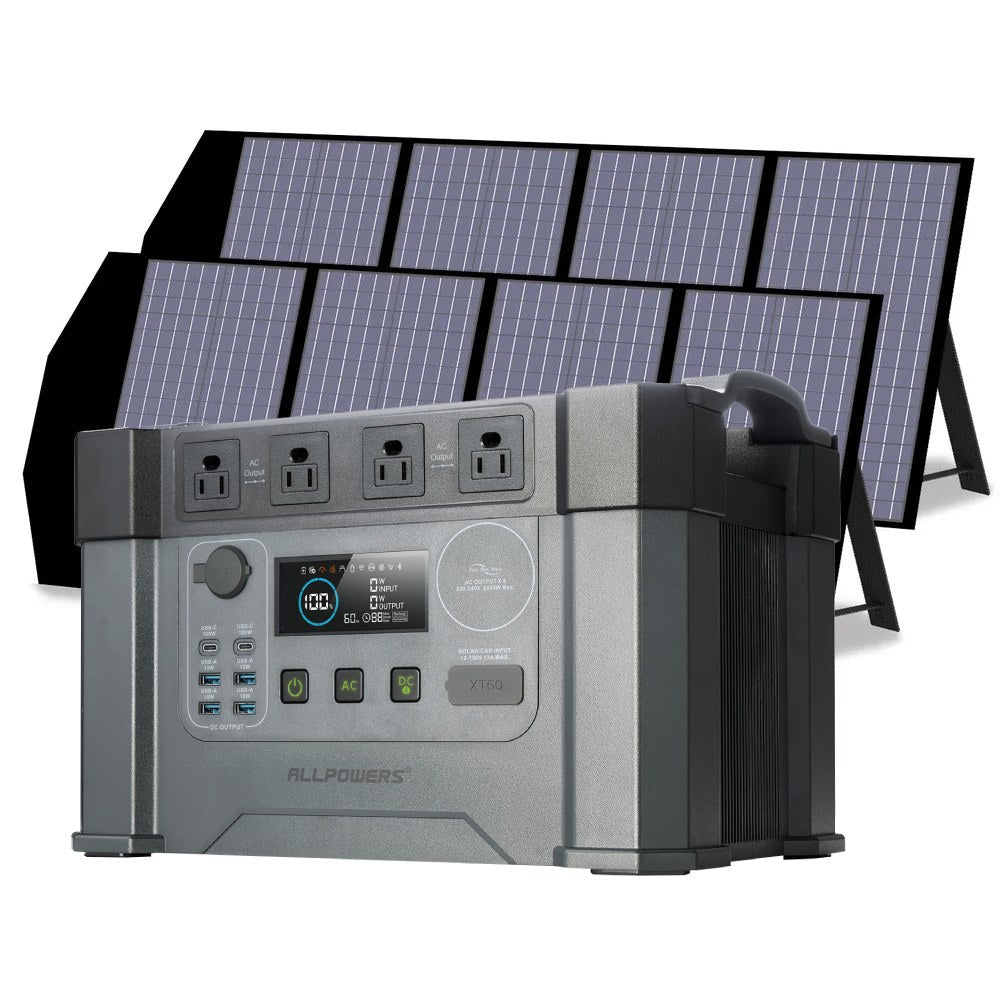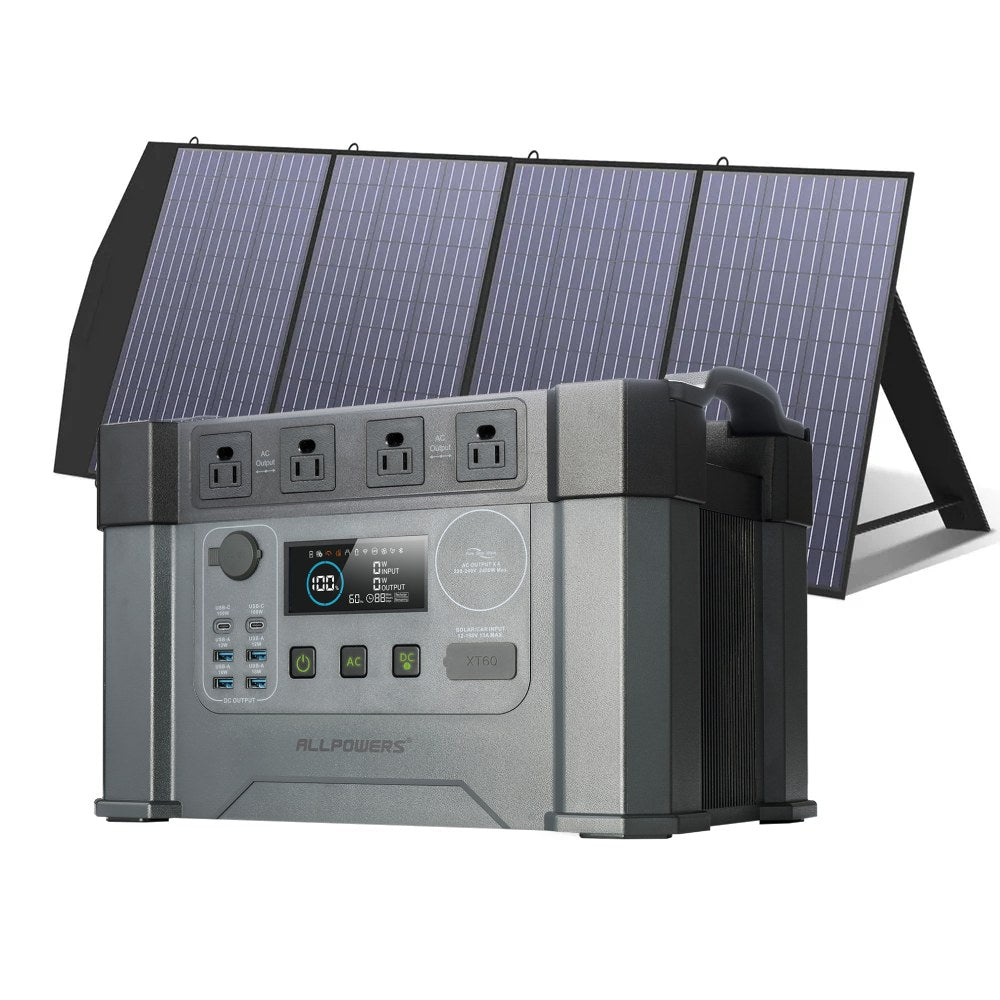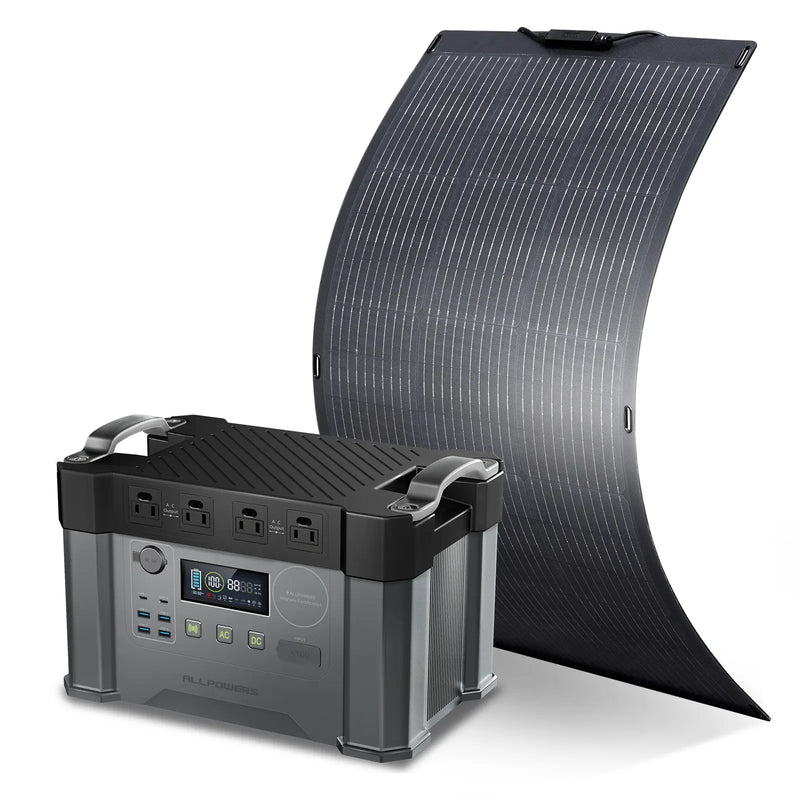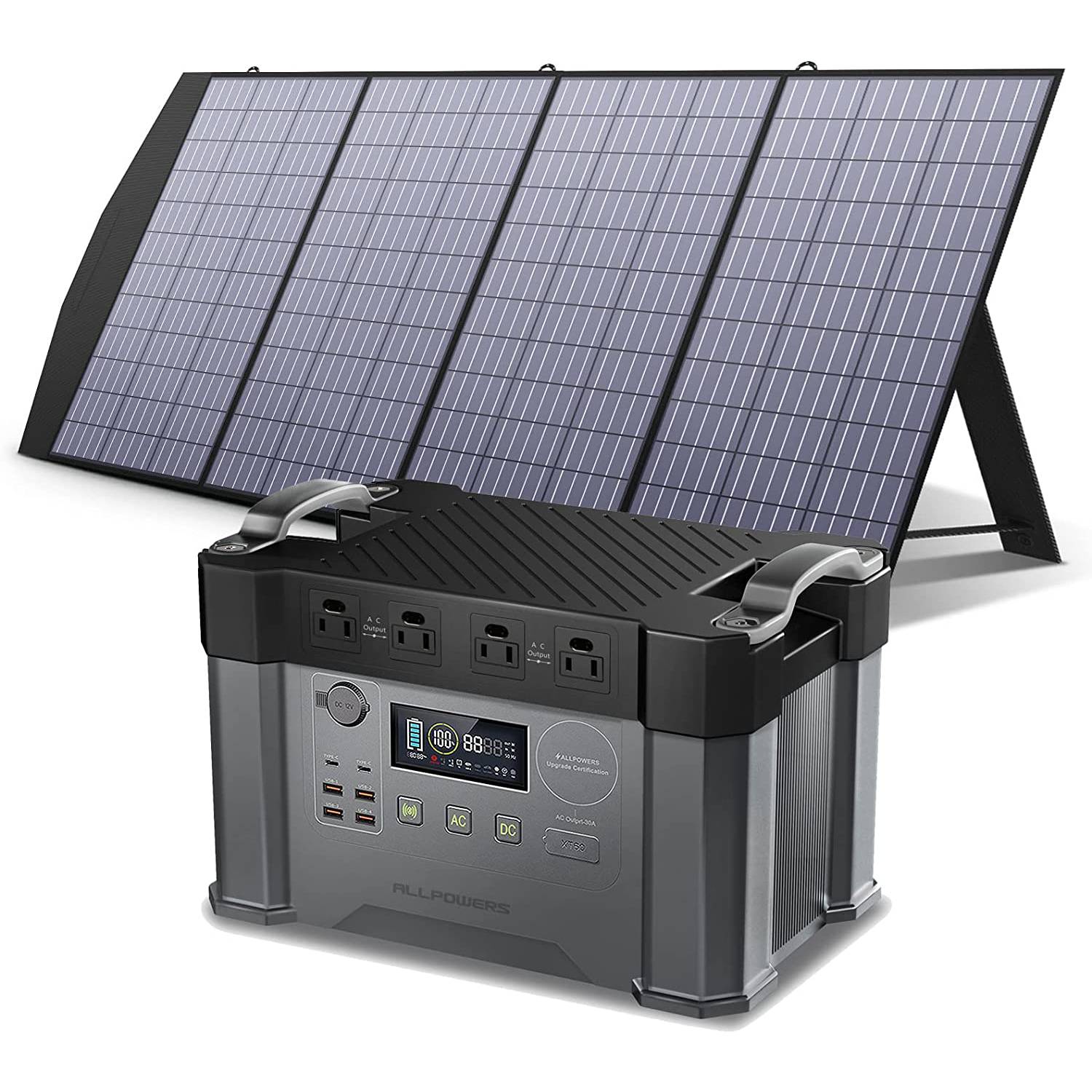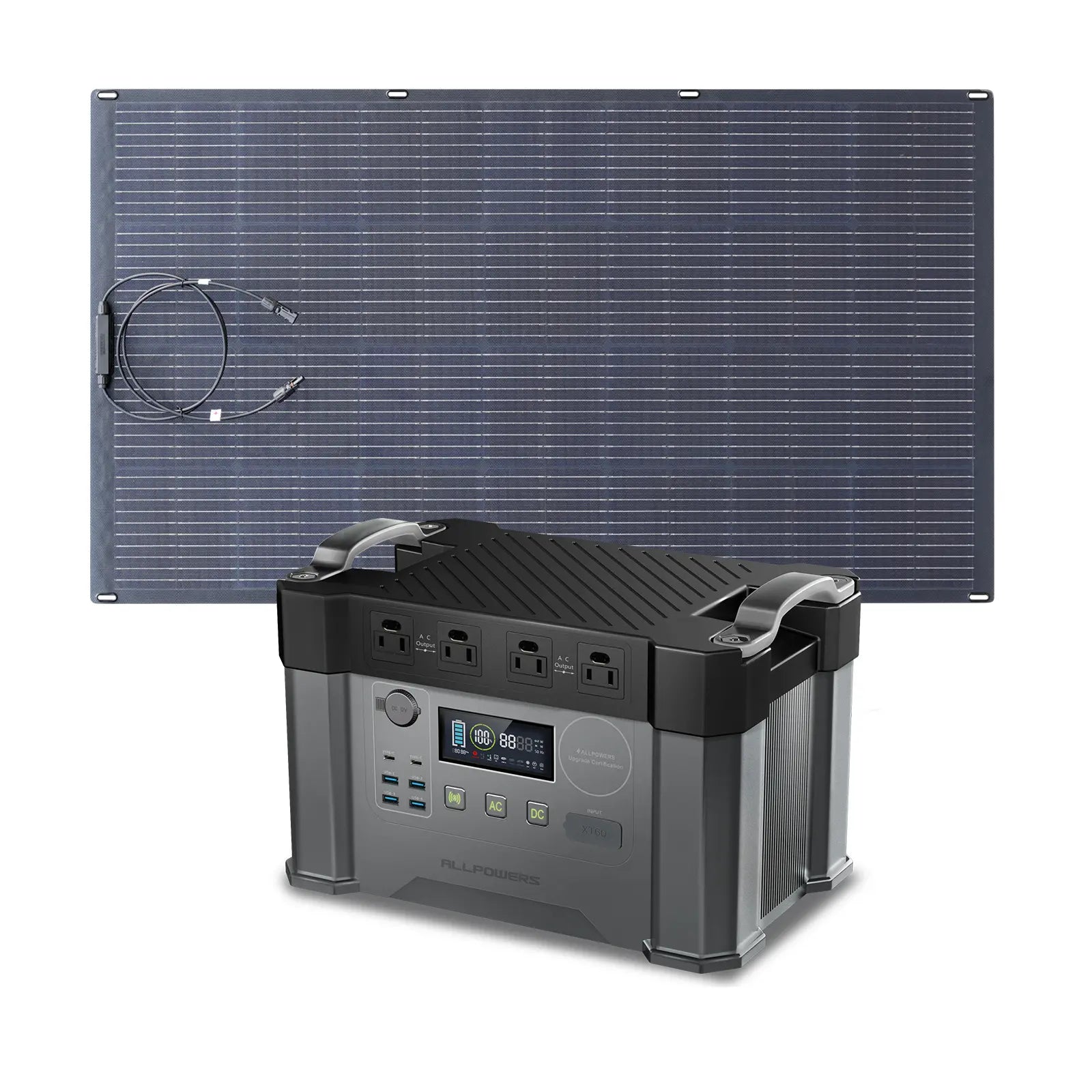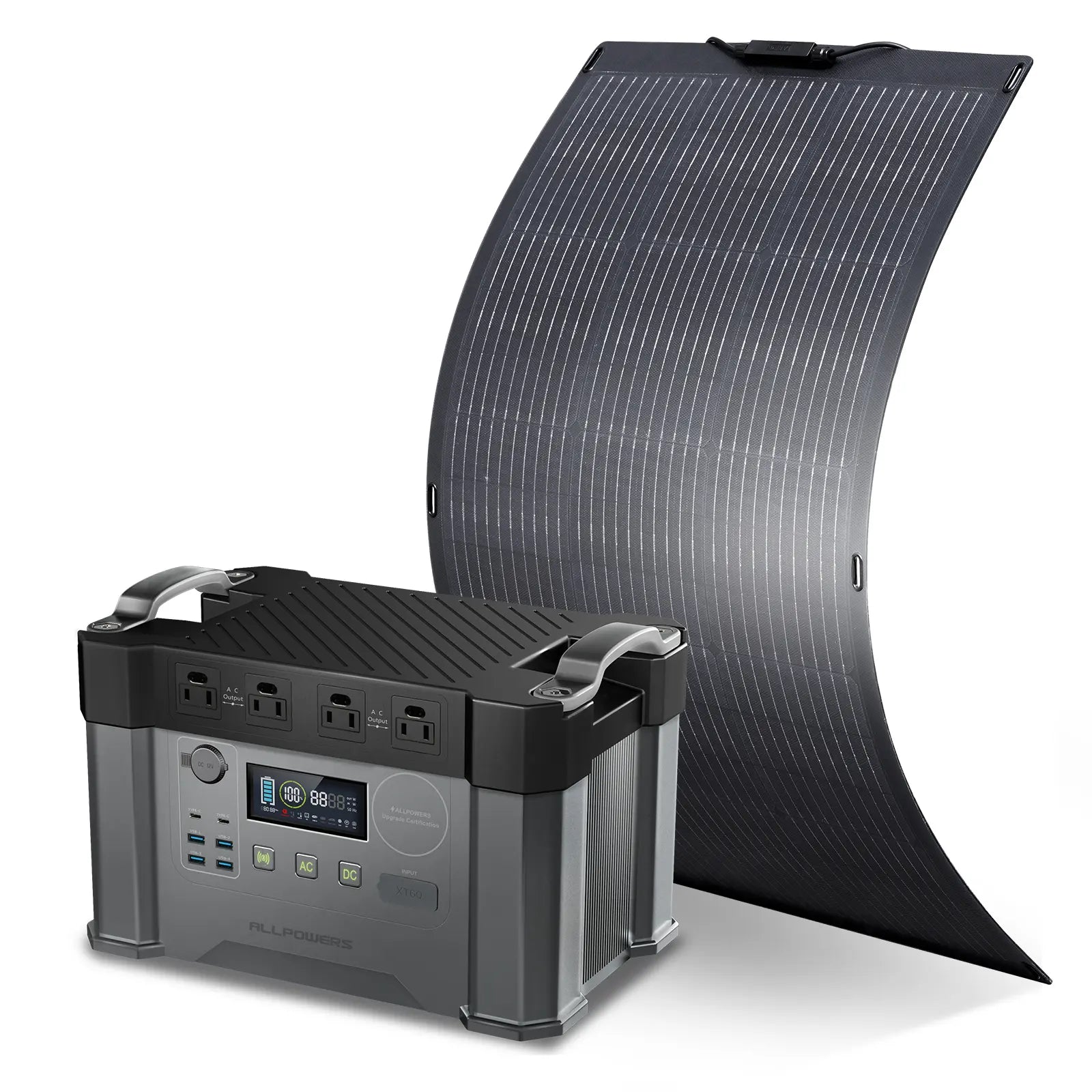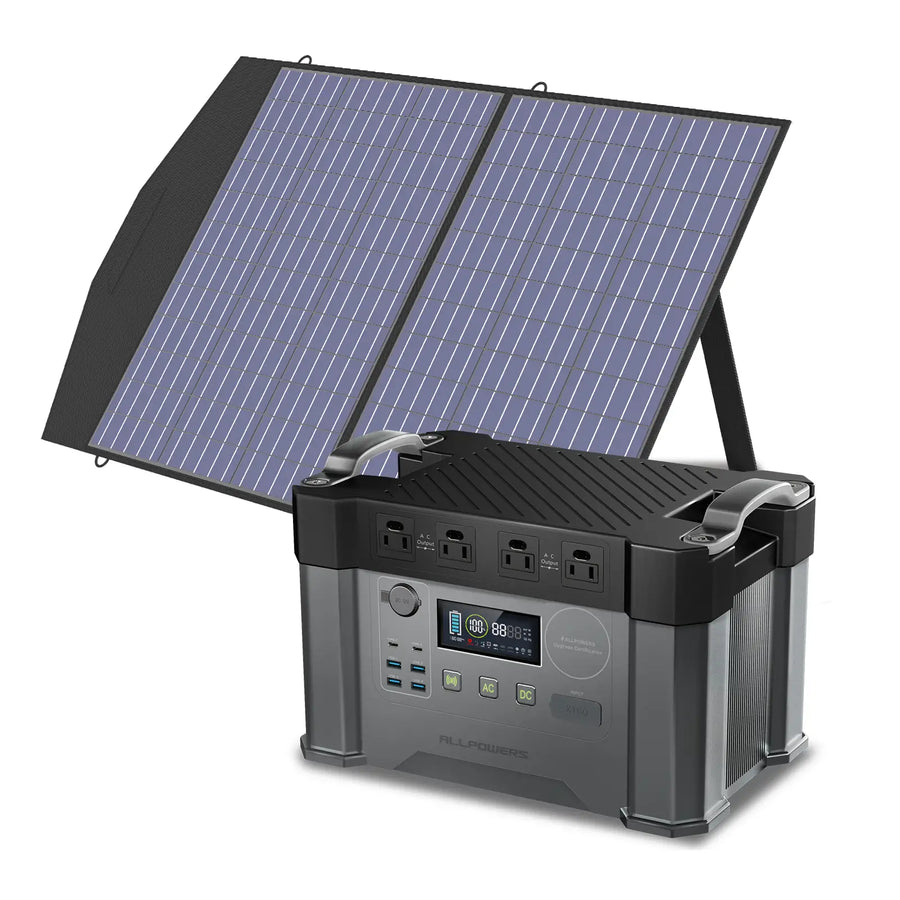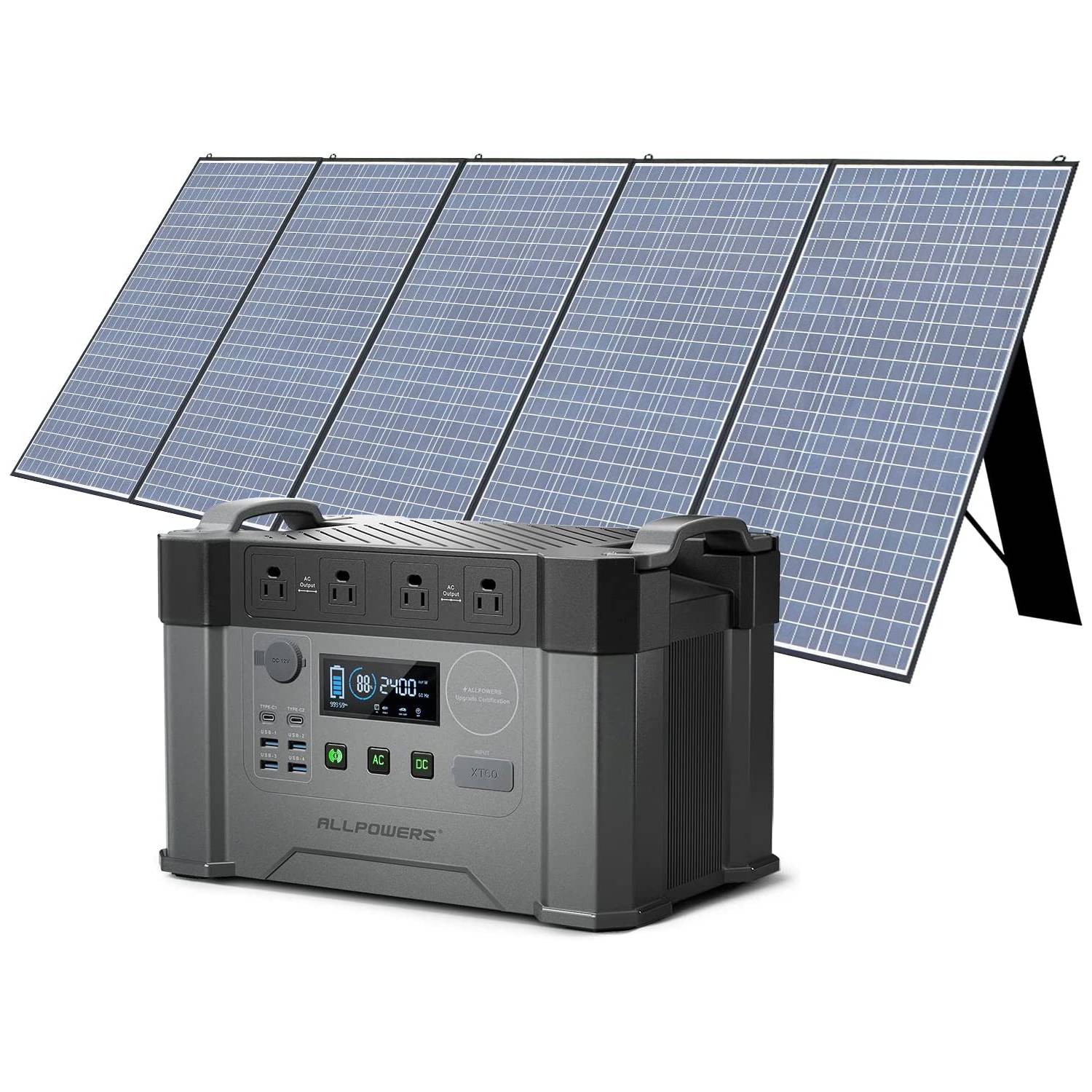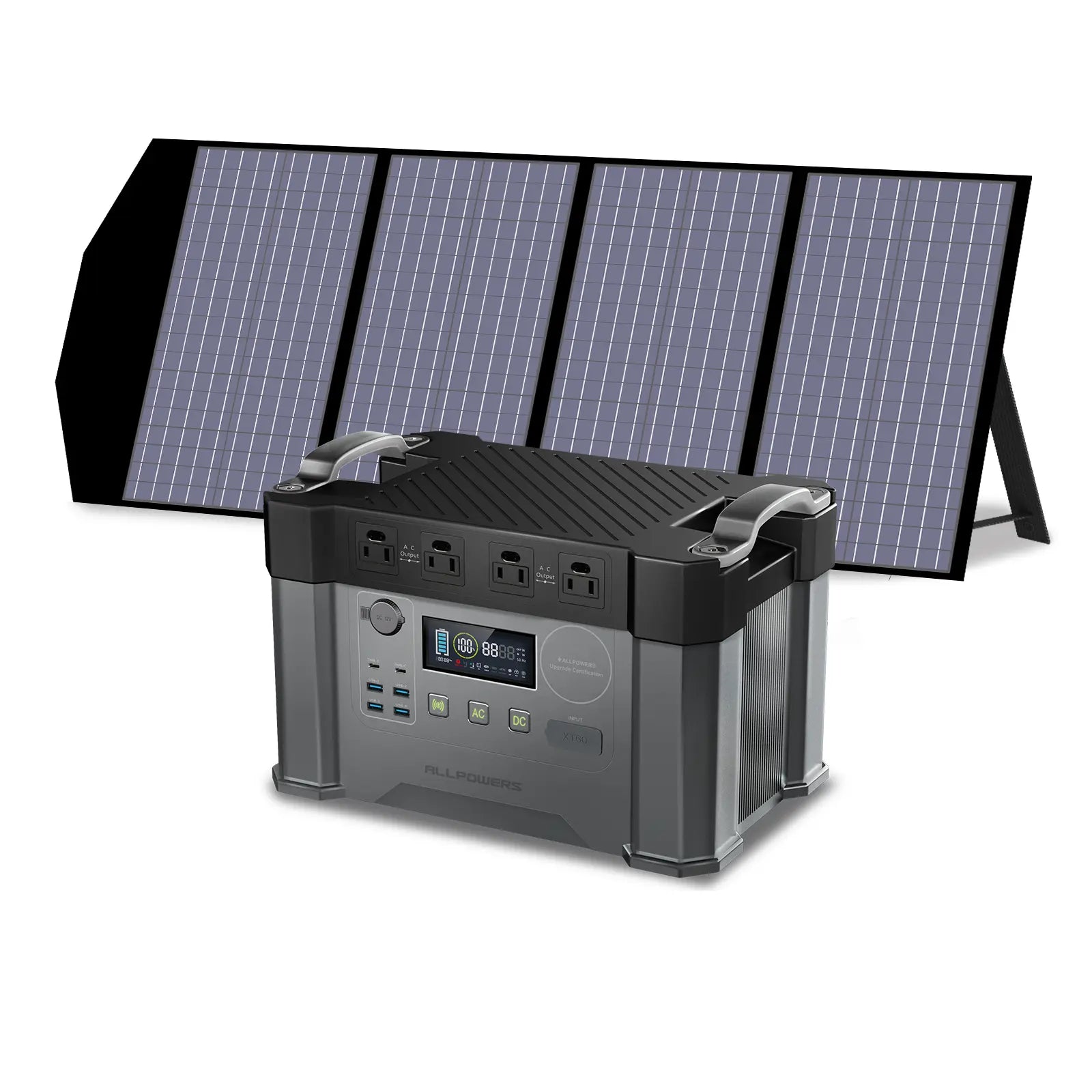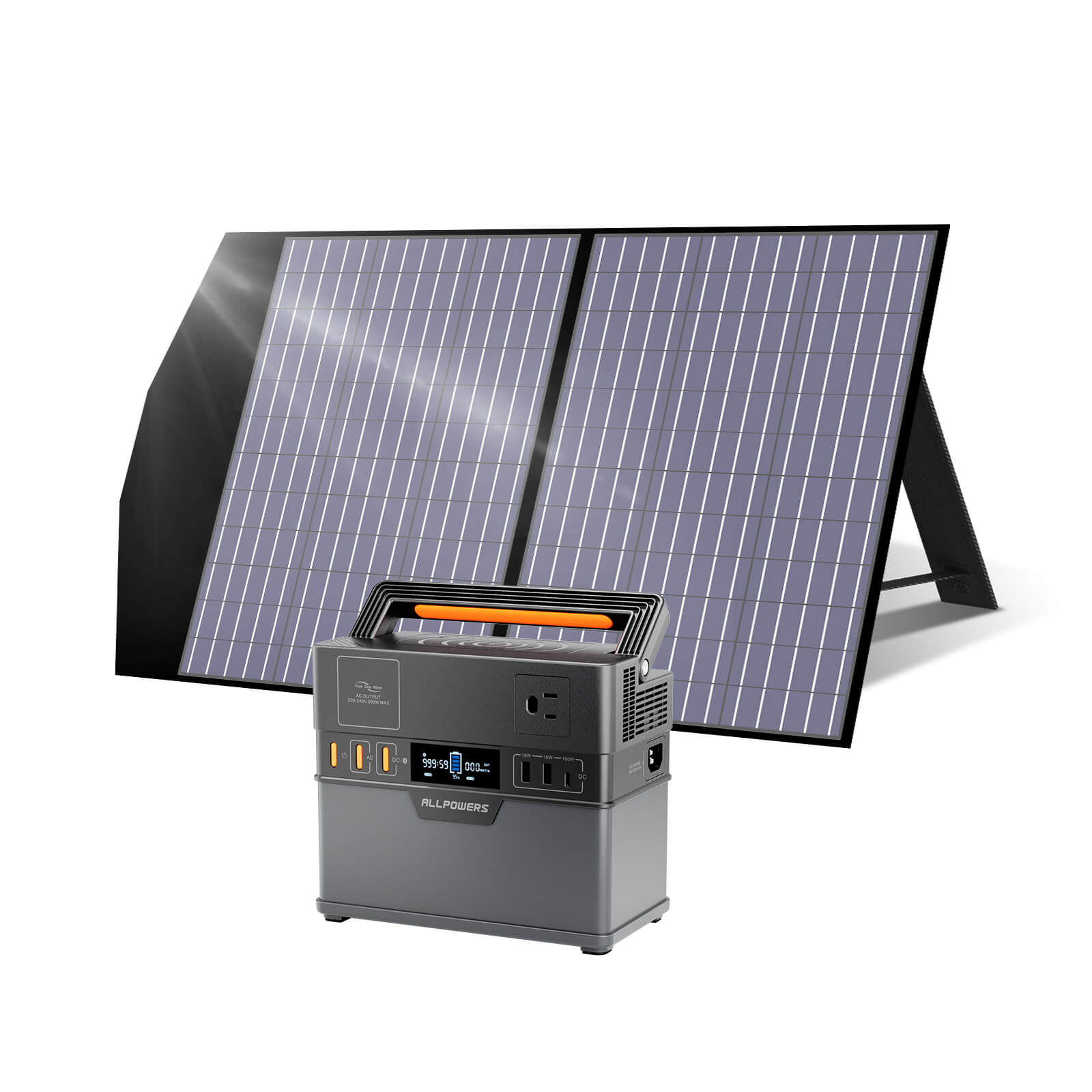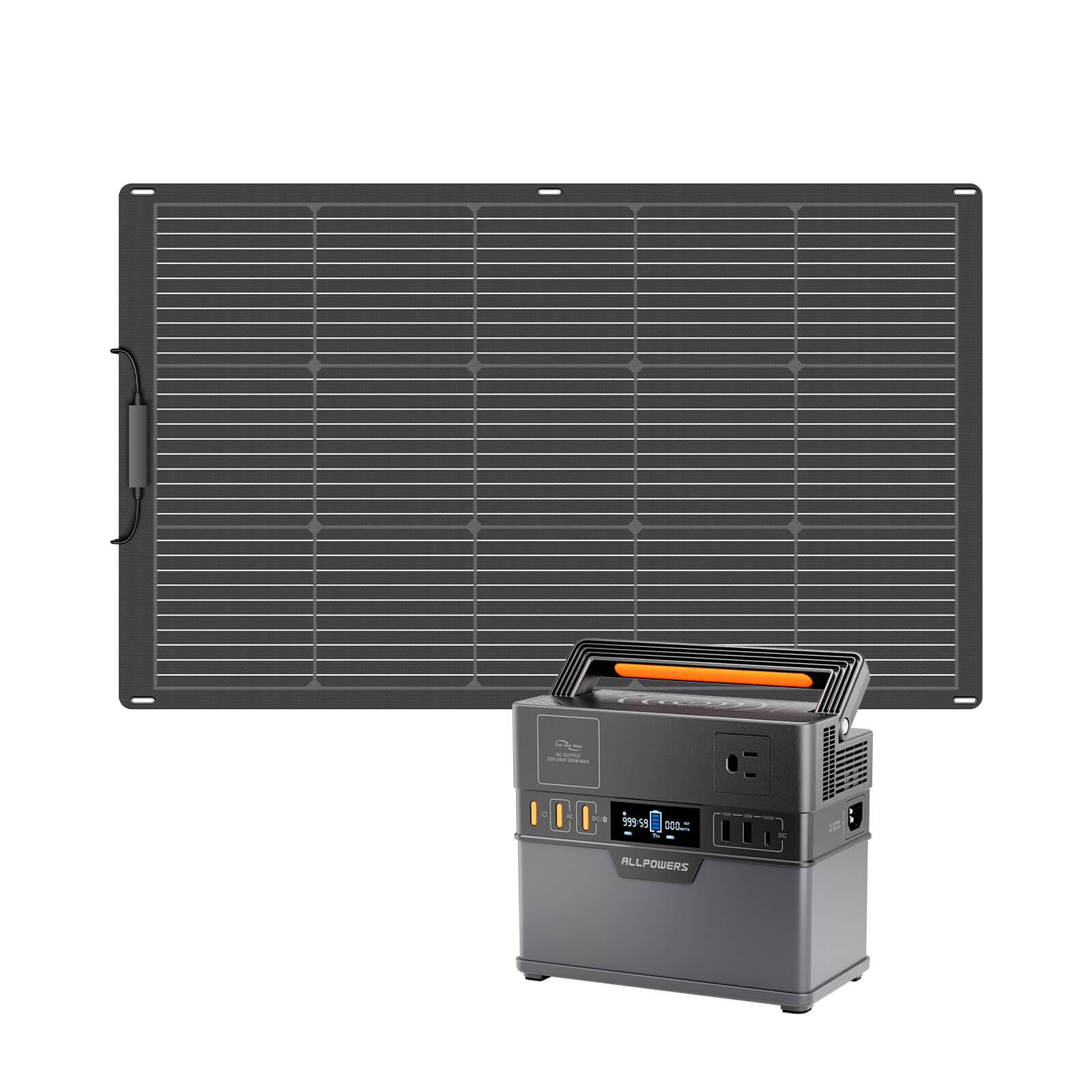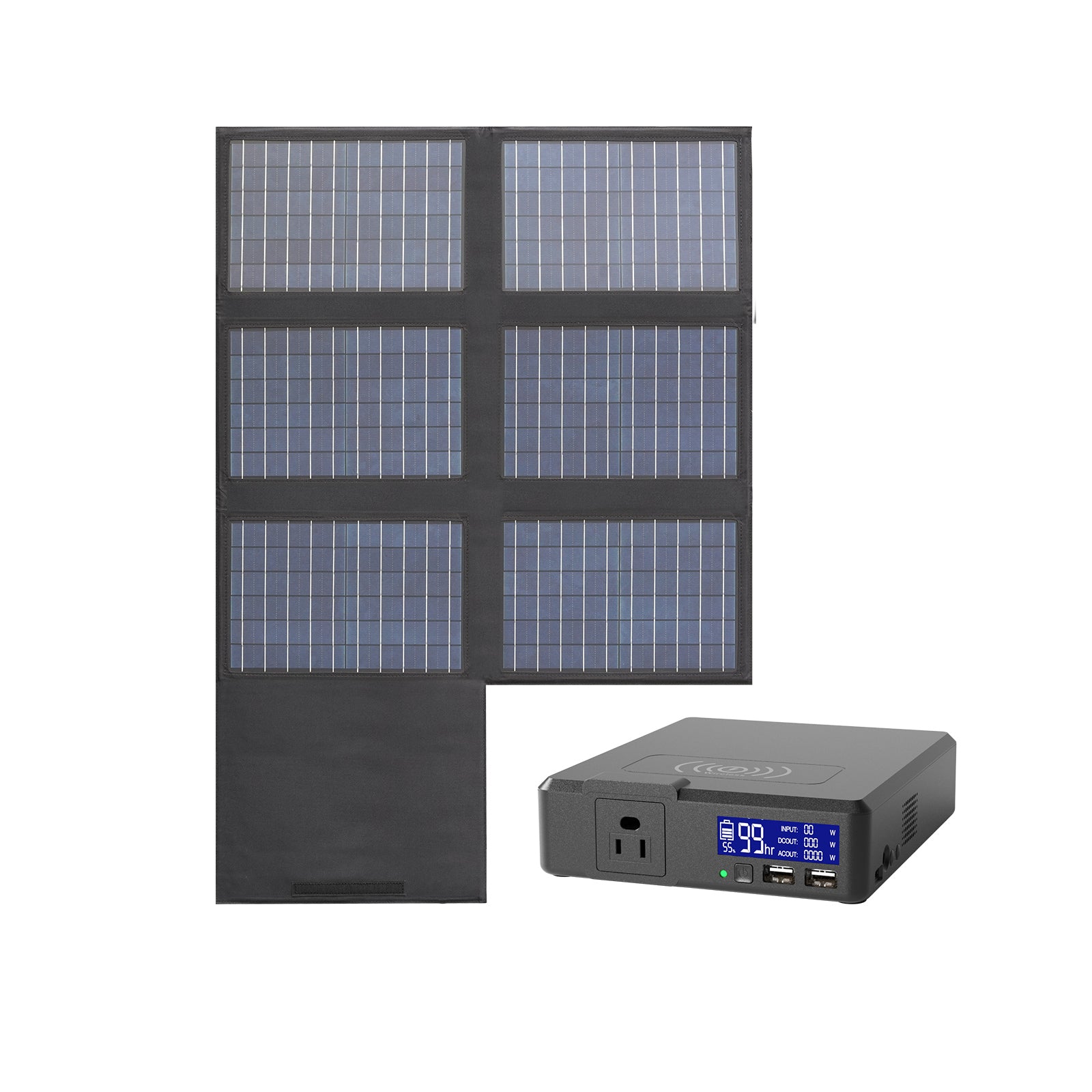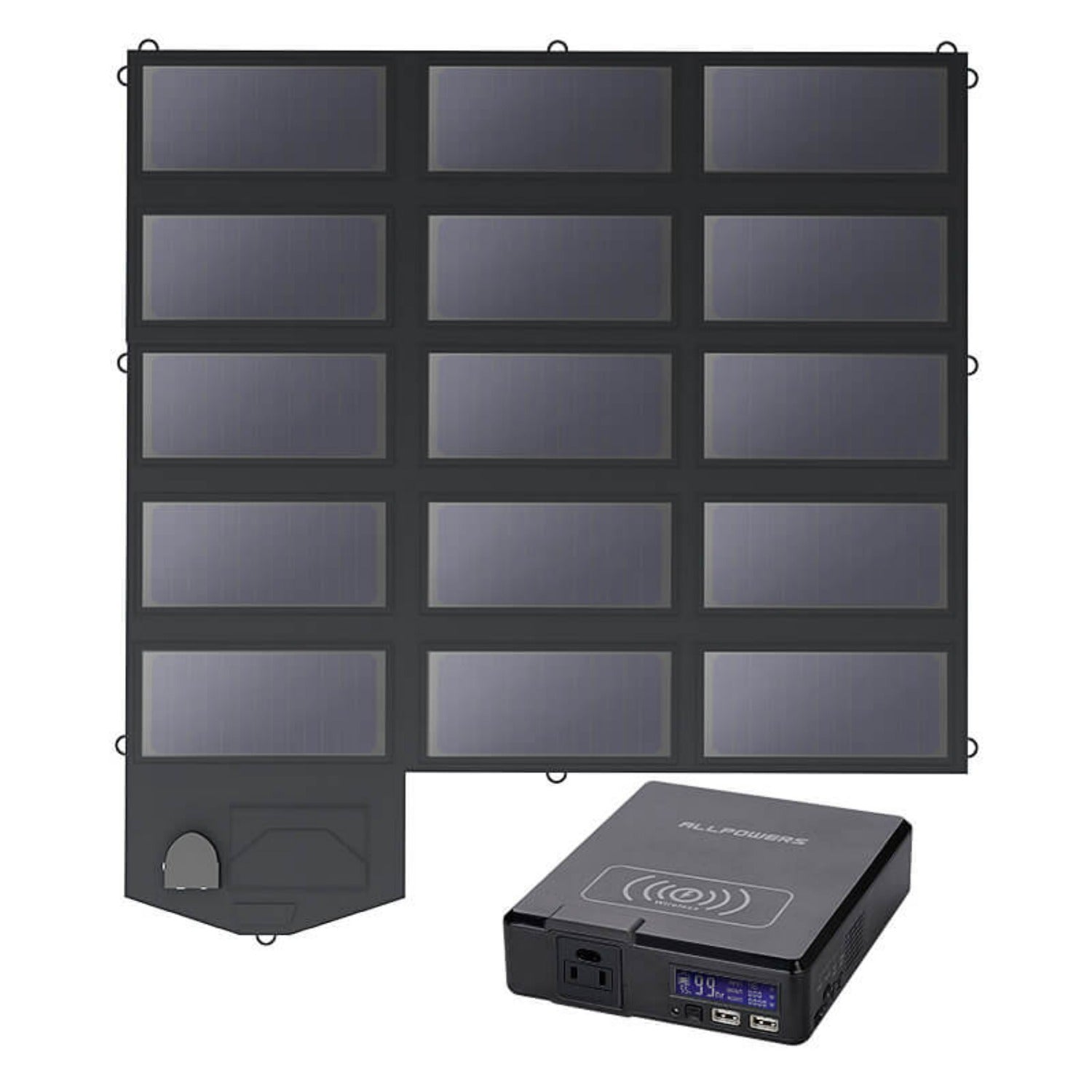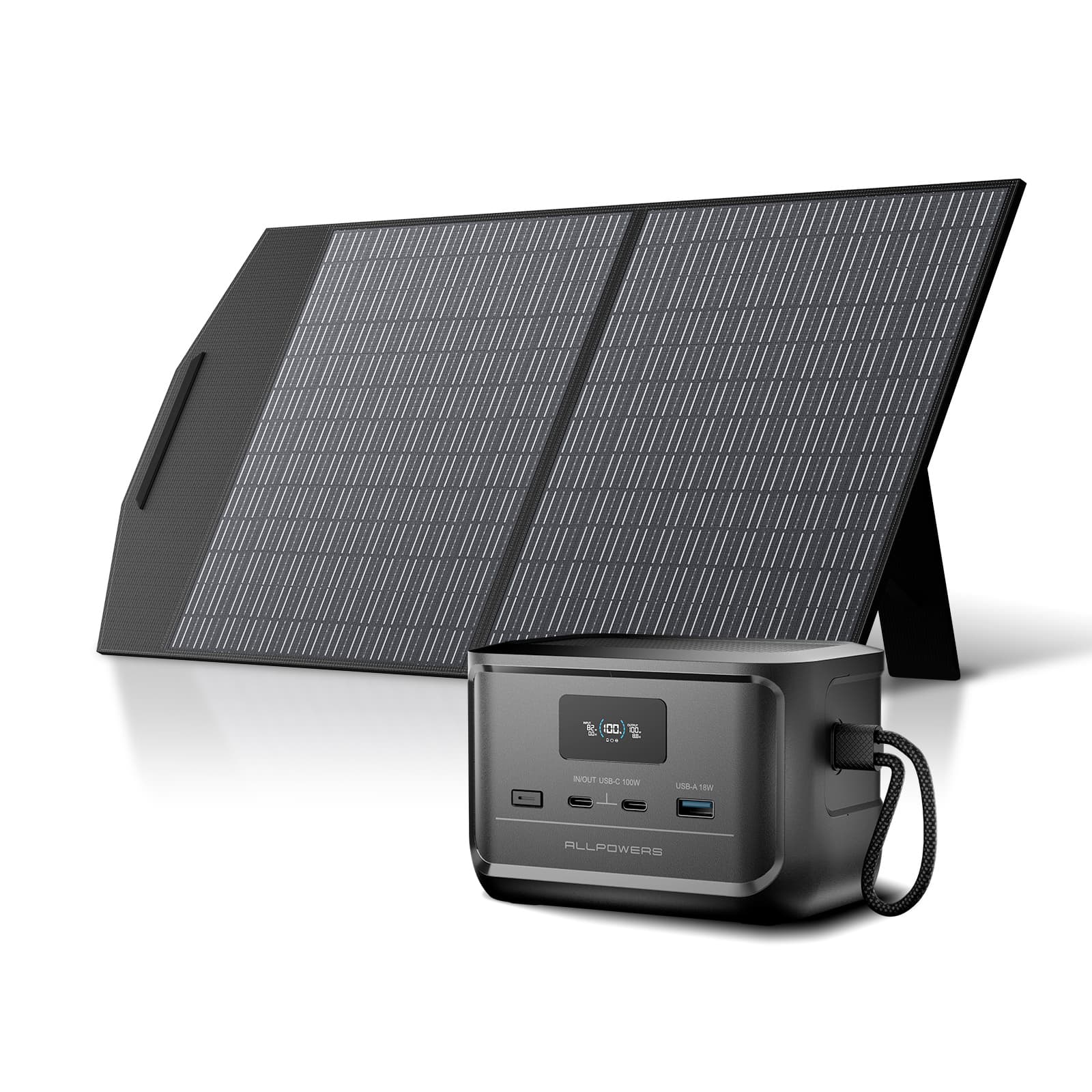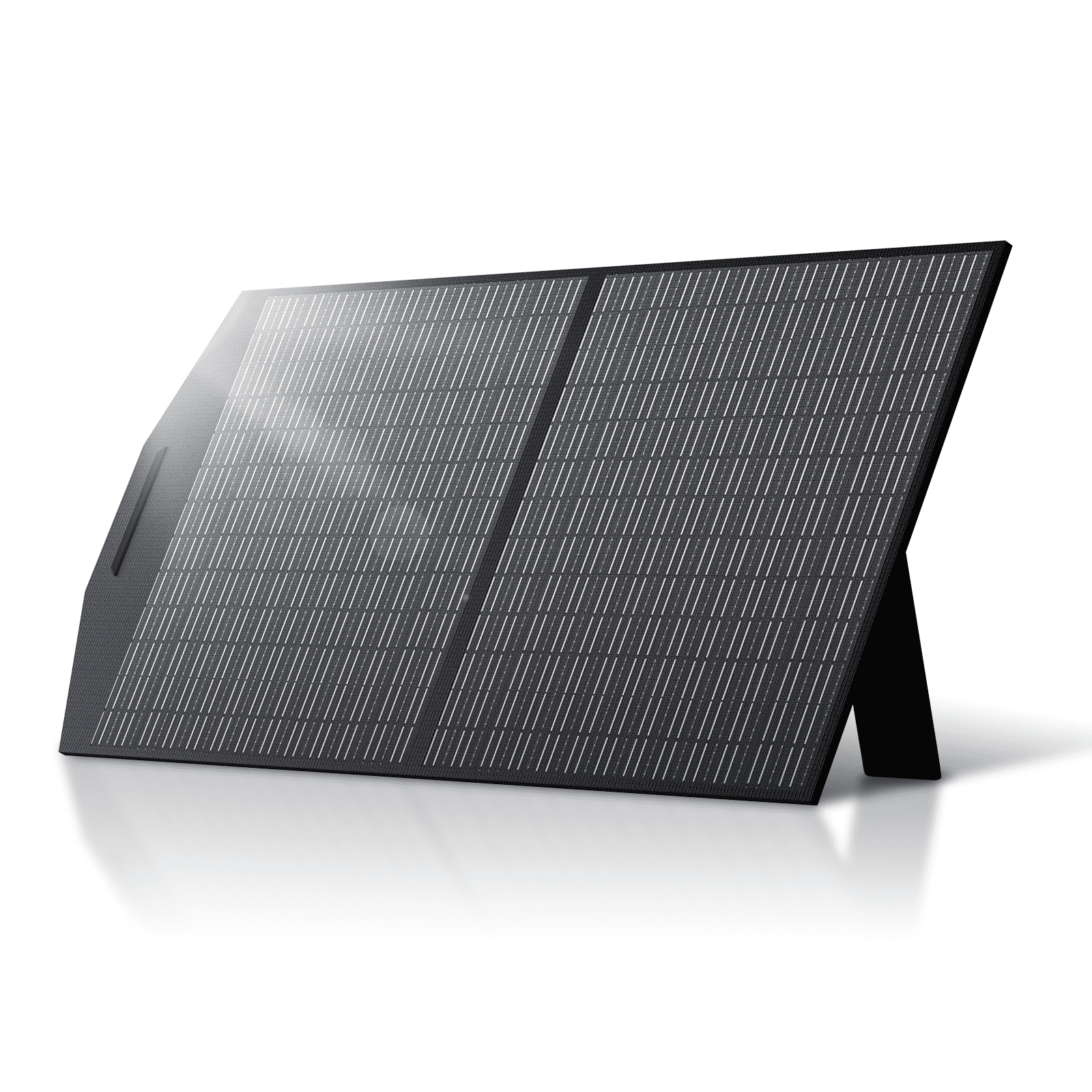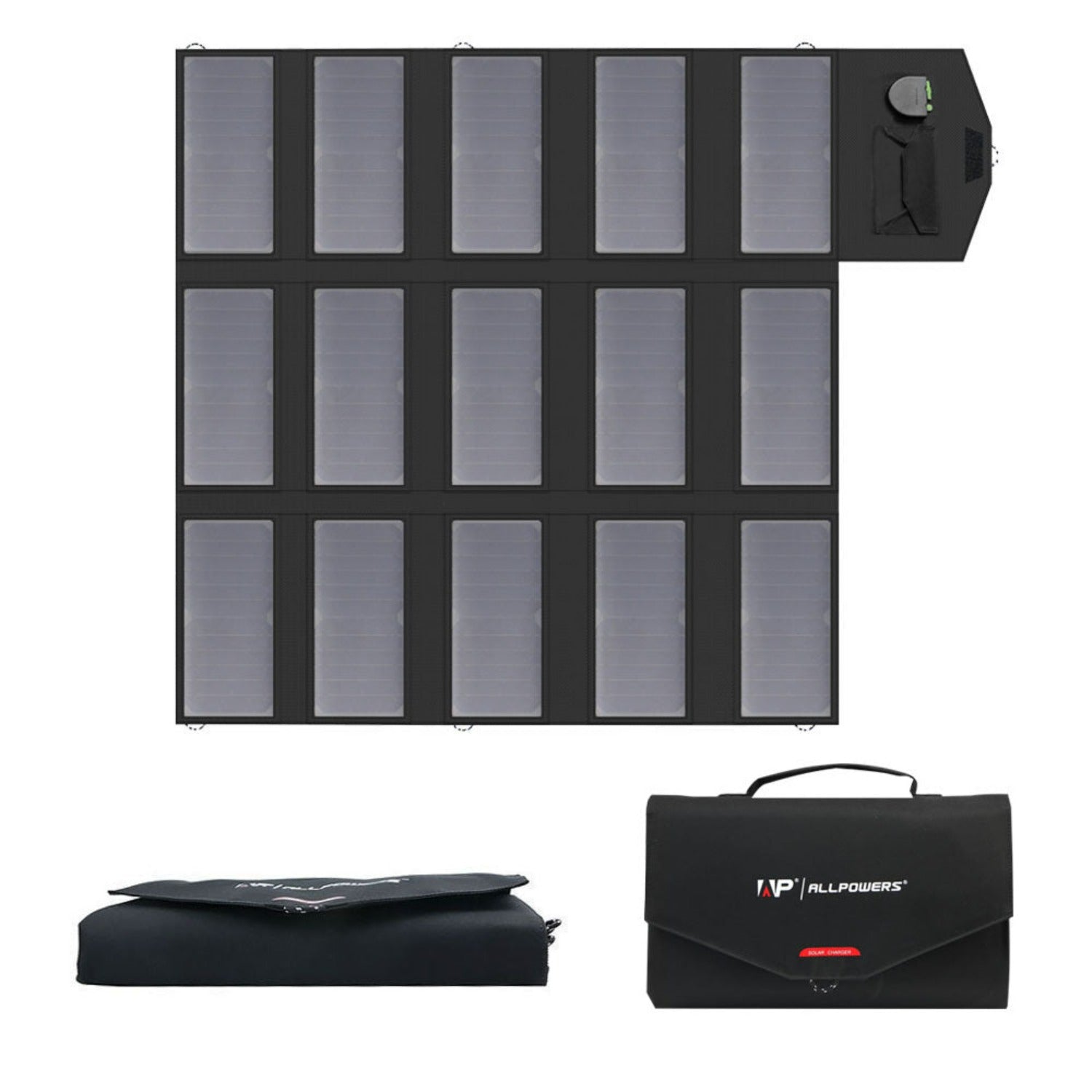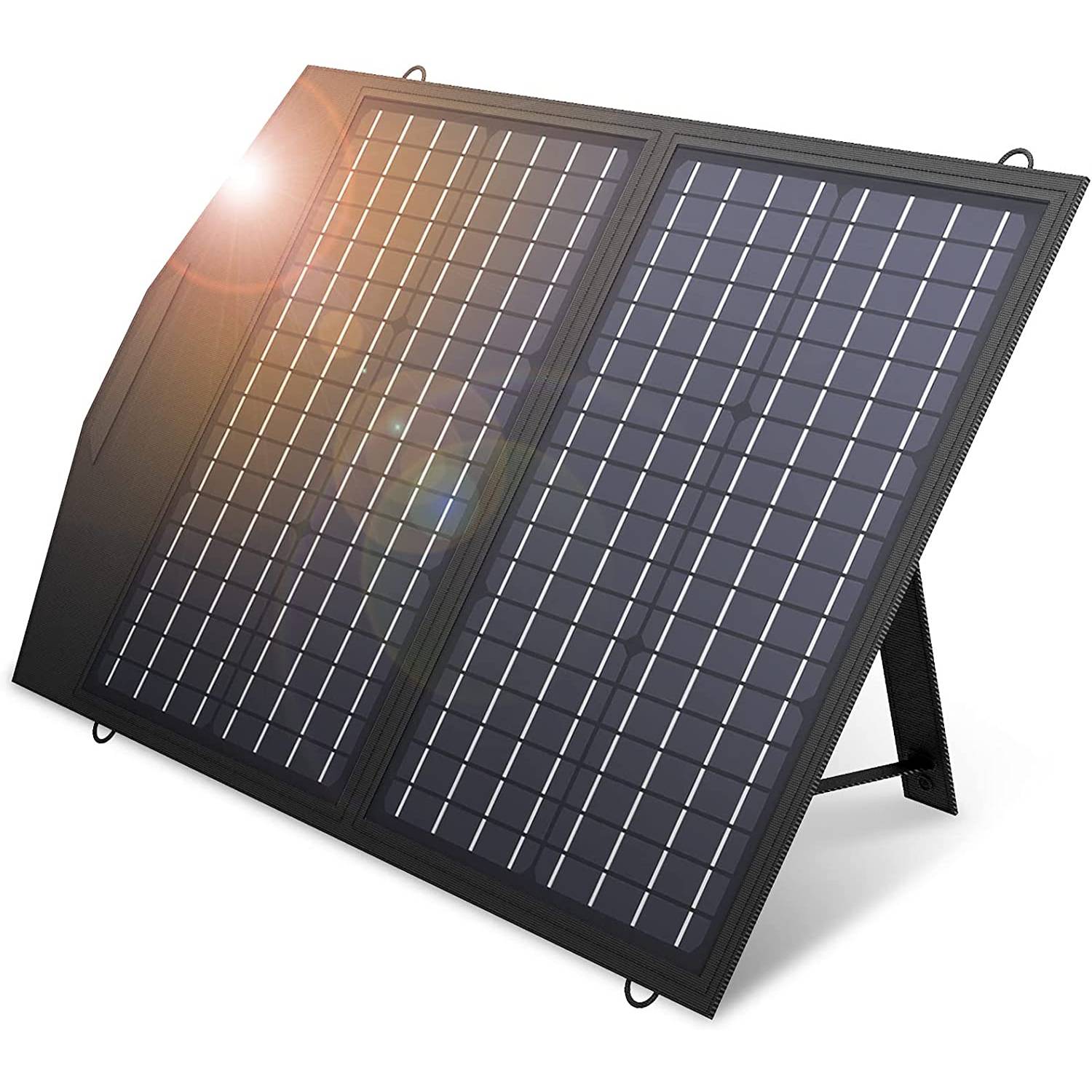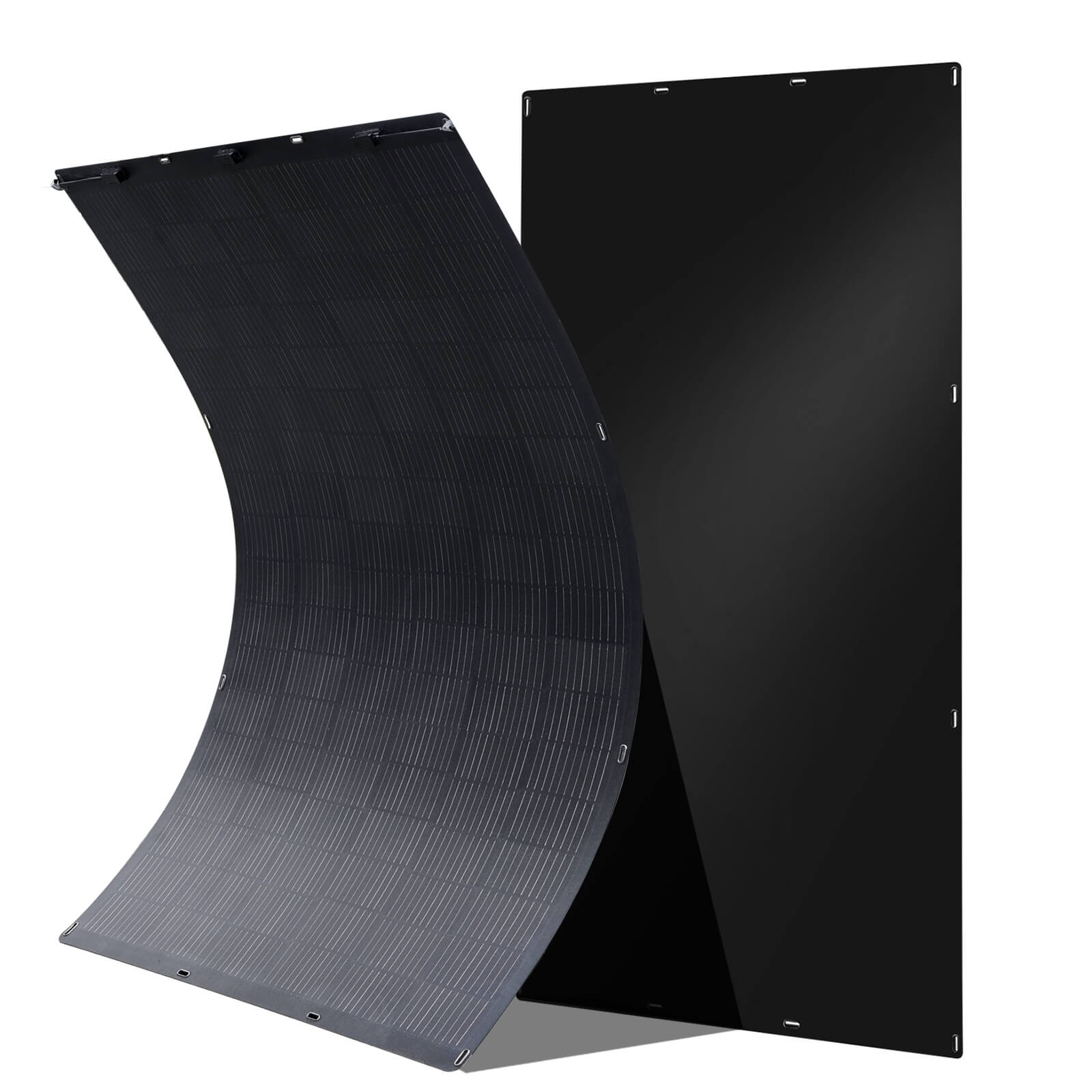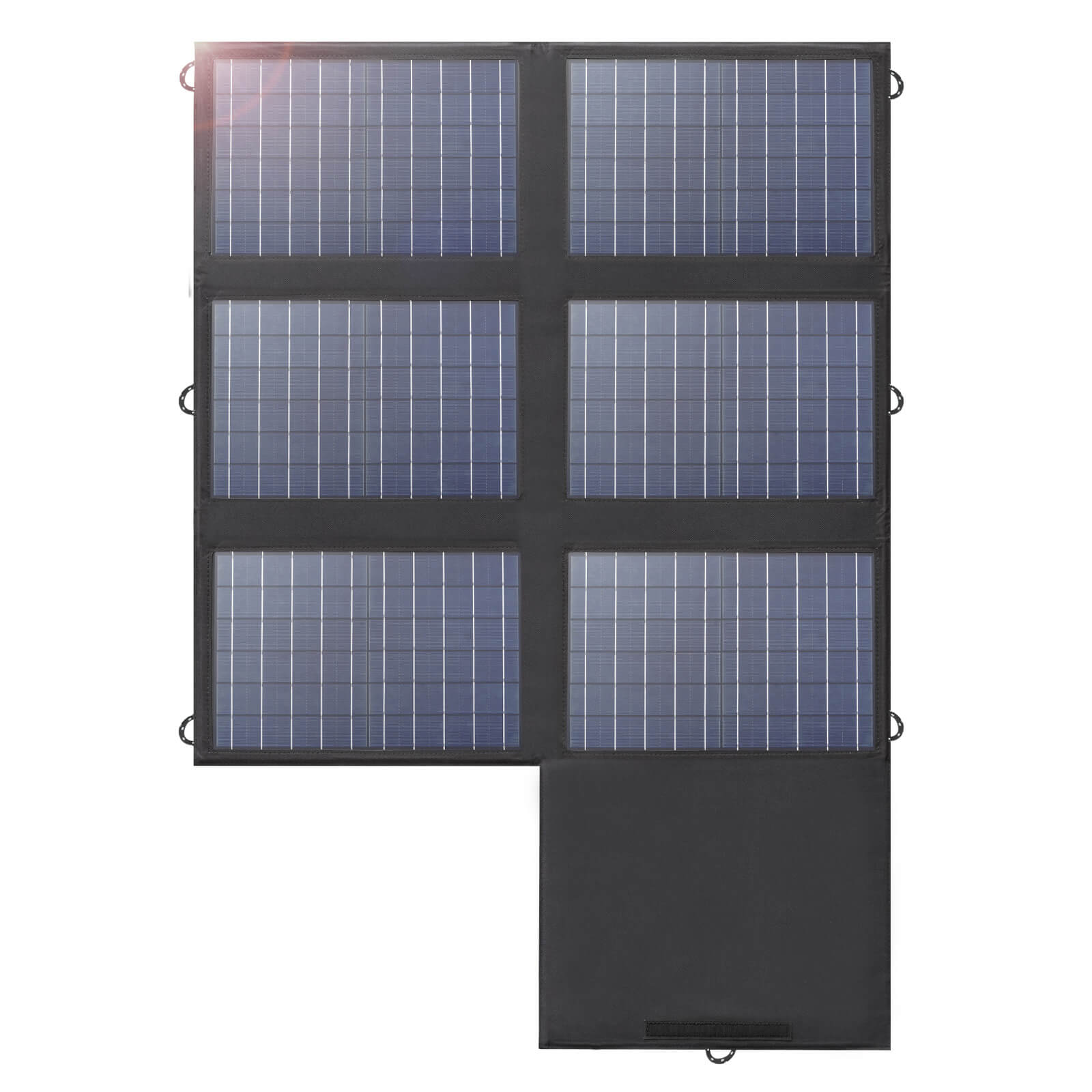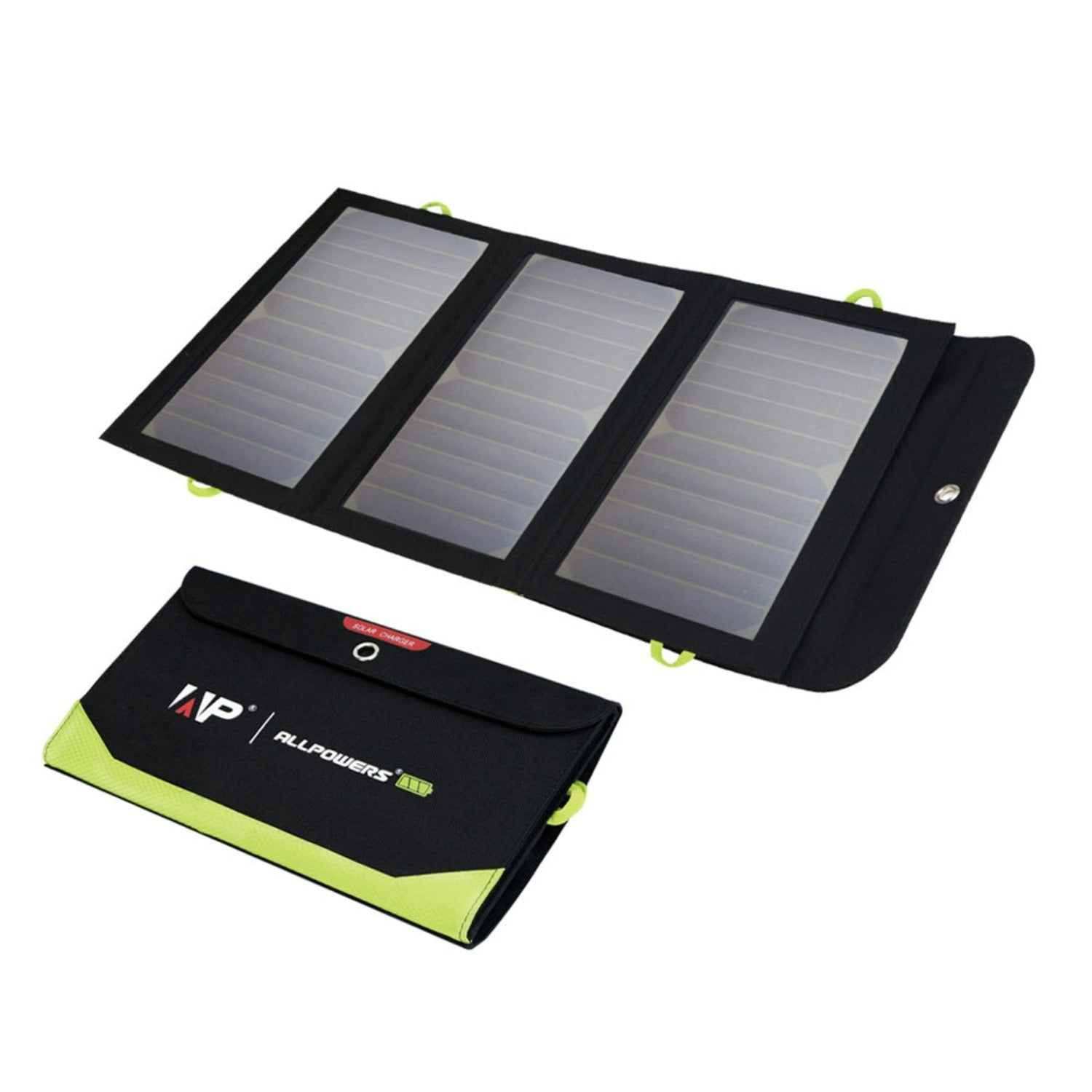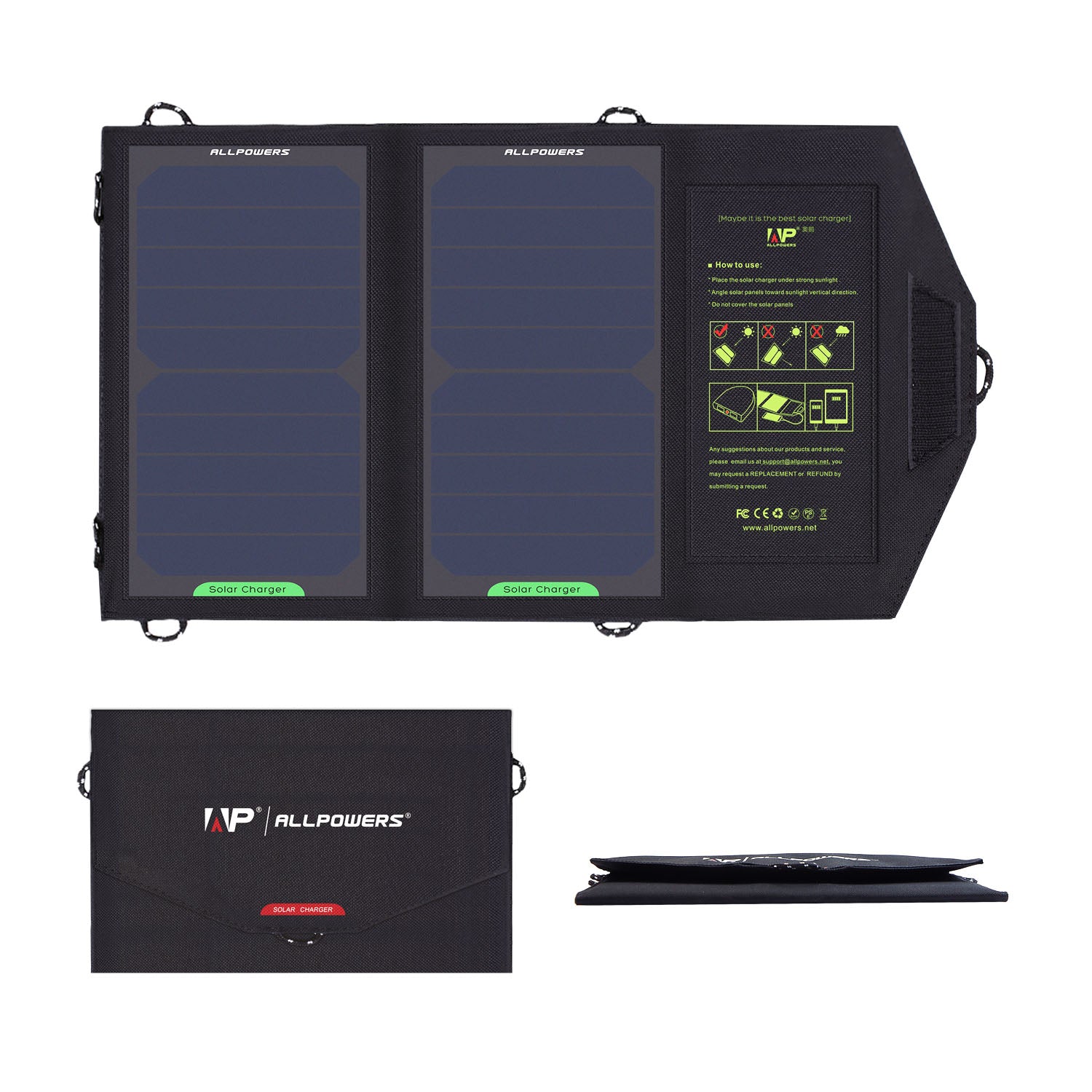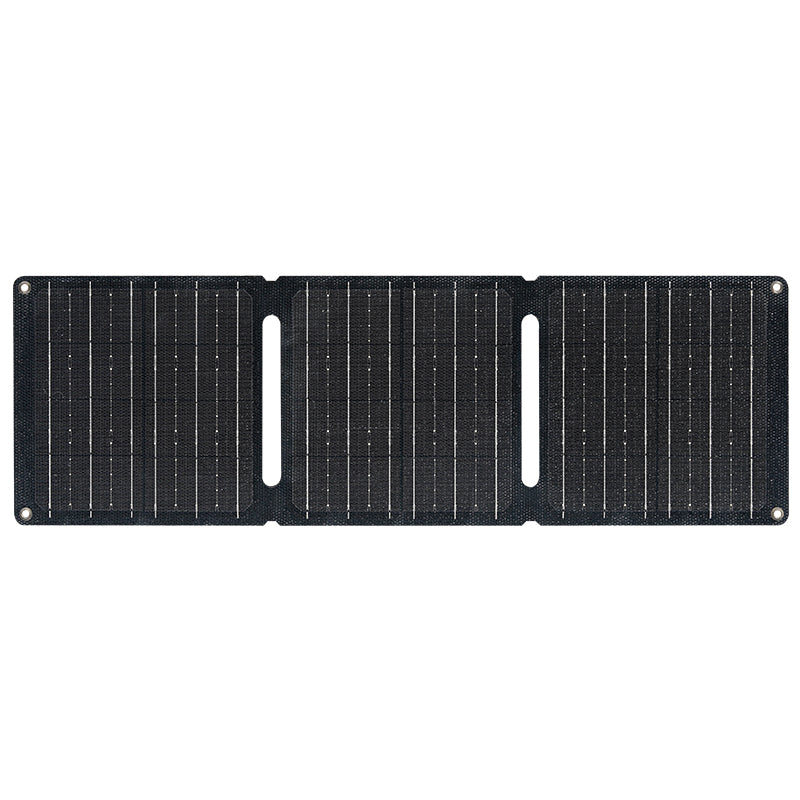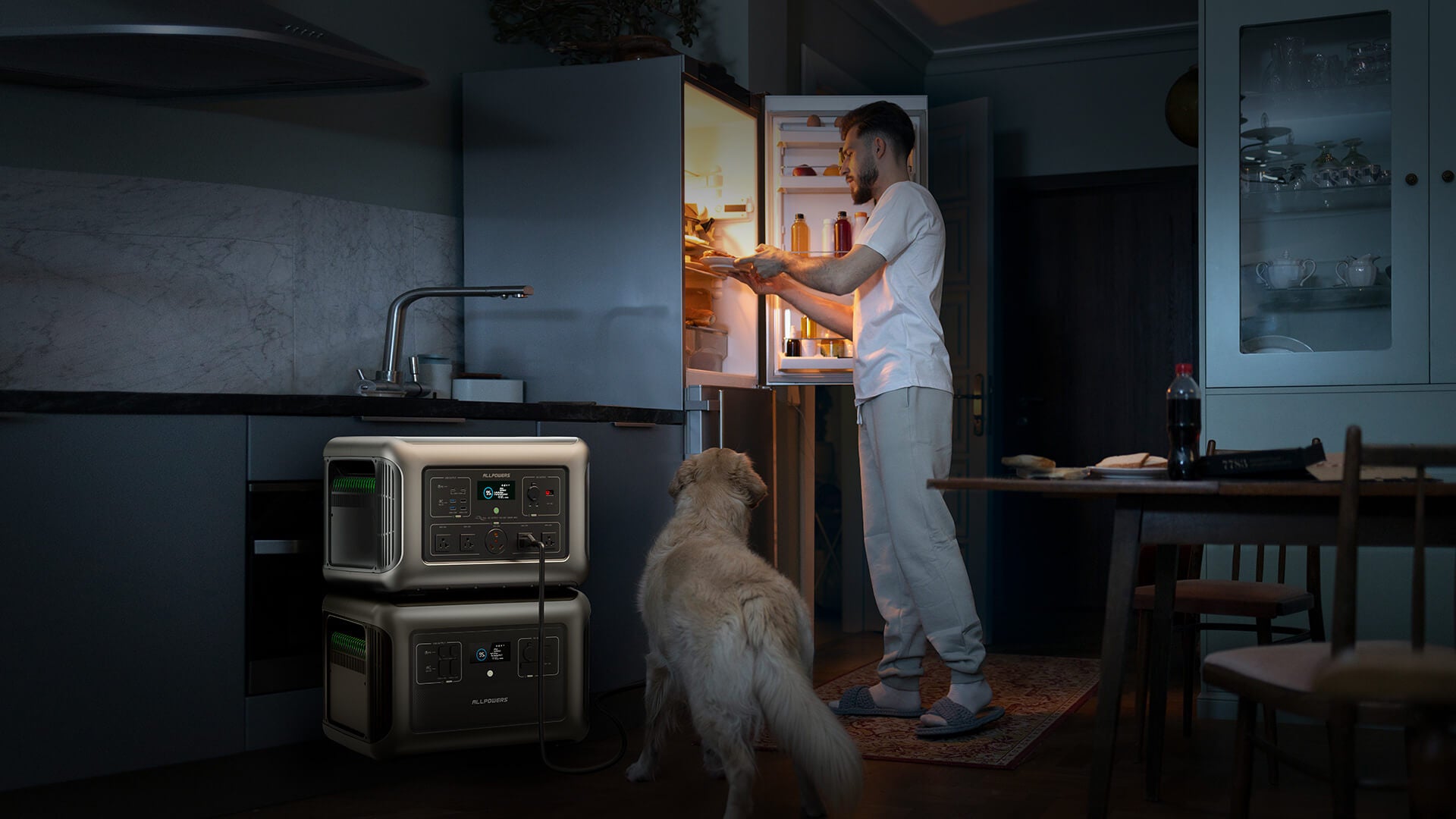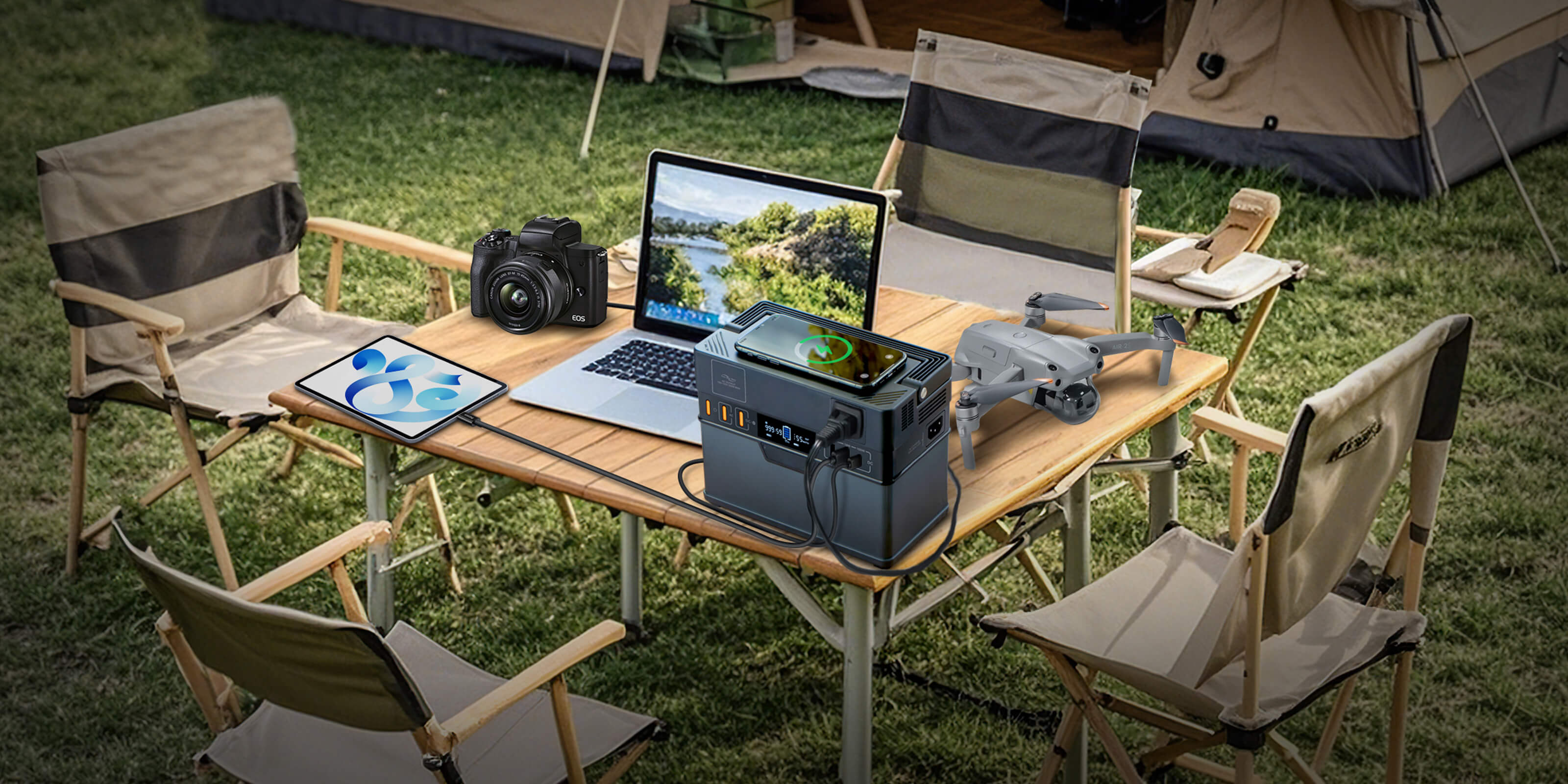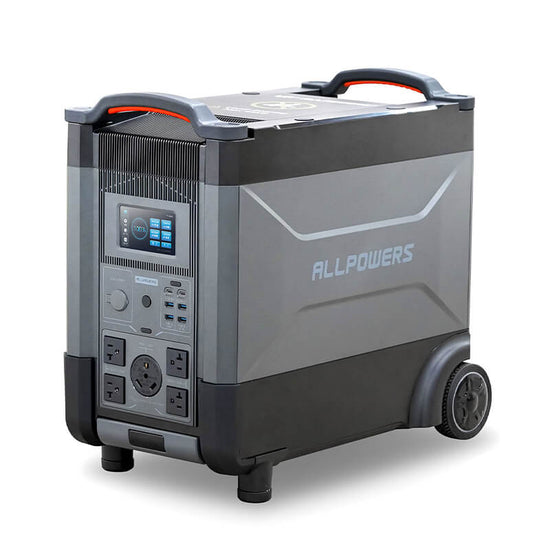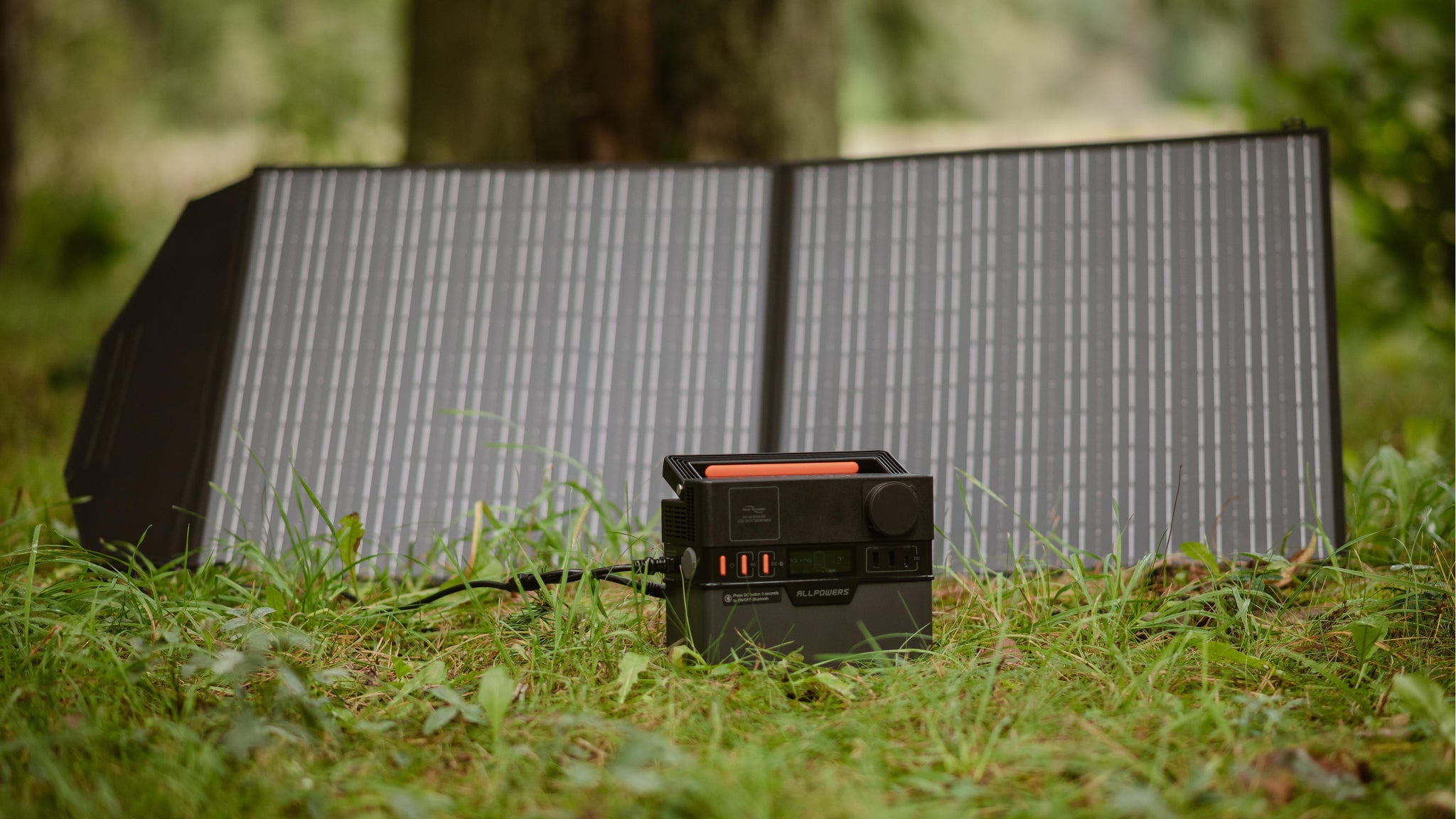Let’s be honest—winter is a tricky season.
The days are shorter, clouds linger longer, and snow has a way of stubbornly refusing to budge.
So, can solar panels really keep producing energy in this case?
How solar panels react to cold weather
First of all, solar panels absolutely work in winter.
It’s a common misconception that solar panels need hot, blazing sun to work. They don’t. What they need is sunlight—specifically, photons.
These tiny particles from the sun hit the solar cells, generating an electric current through a process called the photovoltaic effect.
So even when it’s cold, as long as light reaches the panel surface, energy production continues.
In fact, here’s something surprising—solar panels actually perform better in cooler temperatures. Electronics don’t like heat, and solar cells are no exception.
Also, today’s panels include Maximum Power Point Tracking (MPPT) controllers, which continuously adjust voltage and current to maximize efficiency — even in low-light conditions.
Many panels also have anti-reflective coatings that capture light more effectively, while newer designs include bifacial panels that can even generate power from light reflecting off snow or the ground.
But what about snow covering the panels?
That’s the part everyone worries about. If your panels are buried under a foot of snow, yes, production temporarily drops. No sunlight means no energy—simple physics.
But snow slides off panels faster than you might think. Most solar systems are installed at an angle, which encourages gravity to do its thing.
The smooth glass surface of panels also helps snow melt and slide away once the sun peeks through.
A light dusting usually melts on its own, but if heavy accumulation persists, homeowners sometimes clear panels using a soft broom or specialized roof rake. (No metal shovels, please—those can scratch the glass.)
And for those living in areas with long, snowy seasons, panels can be mounted slightly steeper to help minimize buildup.
What about cloudy days?
Let’s be honest—winter’s not all sparkling snow. There are plenty of cloudy, overcast days too. But guess what? Solar panels still work then, just less efficiently.
It’s easy to underestimate how much solar energy comes through on cloudy days. Depending on the cloud cover, panels can still generate 10–25% of their rated capacity.
It’s kind of like your skin still tanning slightly even on a cloudy beach day—light finds a way through.
And because today’s solar technology has advanced so much, panels can harvest scattered or diffused light. Think of it as them being less picky about how they get their sunlight.
In simple terms, even when it’s gloomy outside, your solar panels aren’t just sitting idle—they’re still working quietly in the background.
Learn more: Do Solar Panels Work on Cloudy Days?
How energy storage bridges the winter power generation gap
In summer, you might get 14 to 16 hours of usable light; in winter, maybe 8 or 9. Shorter days mean fewer daylight hours, and that does affect overall power generation.
But when you combine panels with a high-capacity battery system bridges that gap seamlessly. Think of it like saving leftovers from a big dinner.
Portable power stations, in particular, have become a practical solution. They store solar energy during the day and supply it after sunset, perfect for both home backup and outdoor adventures.
And because today’s lithium iron phosphate (LiFePO₄) batteries are built to handle cold better than ever, they hold their charge longer and perform more consistently.
Why solar power is still a worthwhile investment in cold climates
Even when production dips, the economic benefits don’t vanish. Most people with grid-tied systems use what’s called net metering.
It means the extra electricity you generate in summer rolls over as credits, helping offset the lower production months.
And if you’re using an off-grid setup with battery storage, you’re still saving on fuel costs or generator maintenance.
Plus, solar panels have no moving parts, so they keep working silently through the seasons without you having to fuss over them.
If you’re still skeptical, take a look at countries like Sweden or Japan. Despite their long, snowy winters, both invest heavily in solar energy.
Learn more: Do Solar Panels Really Save You Money?
How to maximize solar output in winter
There are several smart ways to keep your solar panels working efficiently through the colder months.
First, tilt angle matters. Adjusting your panels to a steeper angle (closer to vertical) can help capture more low-angled winter sunlight and prevent snow from sticking.
Second, cleanliness counts. Dust, ice, and debris can block sunlight, so it’s worth checking your panels after storms or long periods of cloudy weather.
Third, consider pairing panels with a power station or battery. Energy storage allows you to bank excess power generated during sunny hours and use it when daylight fades early.
Finally, monitor your performance. Many systems come with real-time apps or dashboards that show how much energy you’re generating. If production suddenly drops, it might just be time for a little snow brushing or maintenance check.
So, do solar panels work in winter?
Yes, they absolutely do.
They may not produce as much power as in midsummer, but they’re far from idle.
In fact, the reflective snow and cold temperatures can make for surprisingly efficient energy production.
When paired with a reliable power station or battery, you’ll have a steady supply of energy even when the days are short and frosty.

